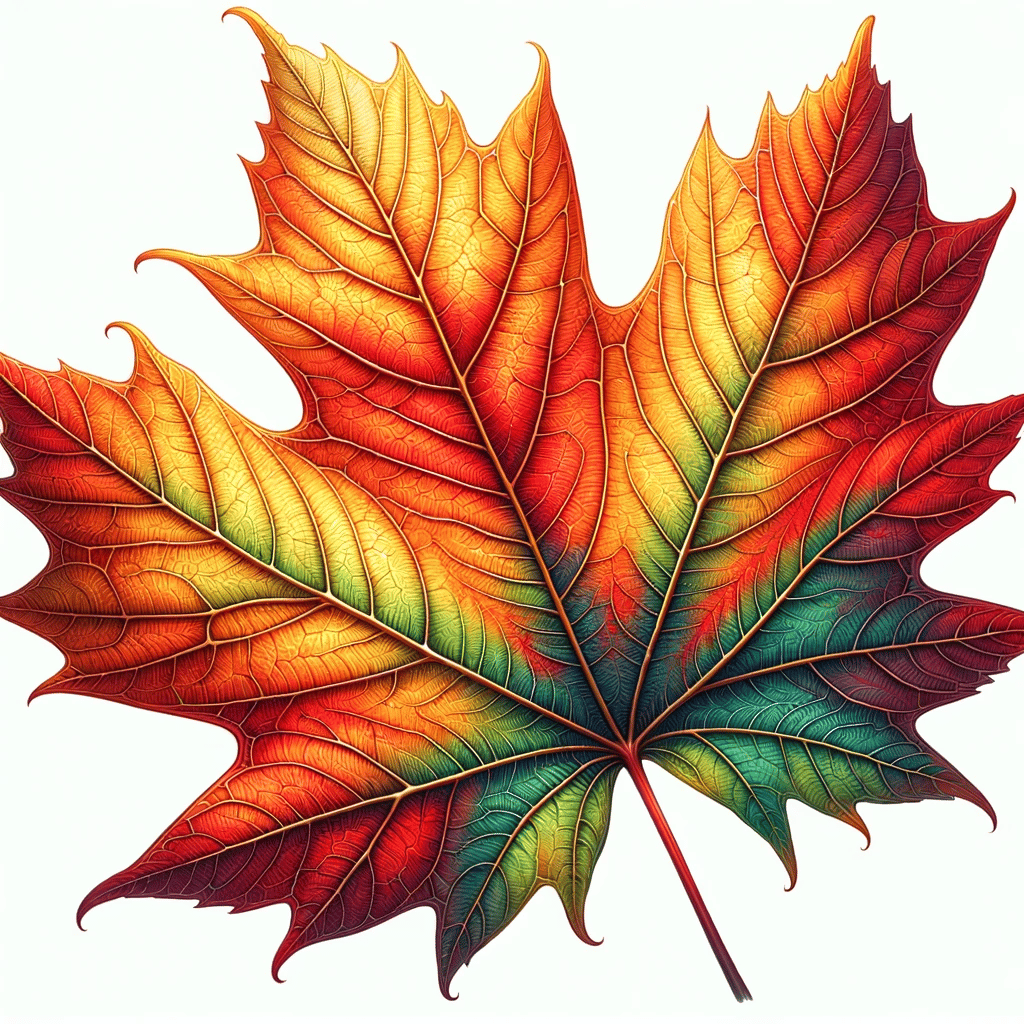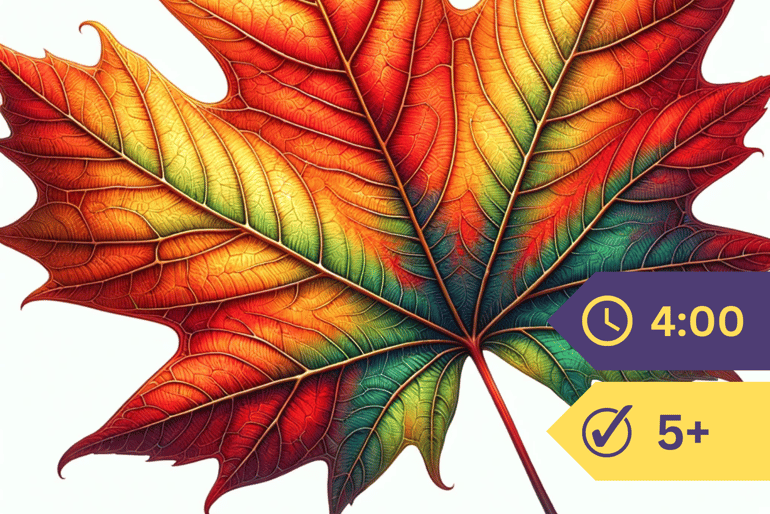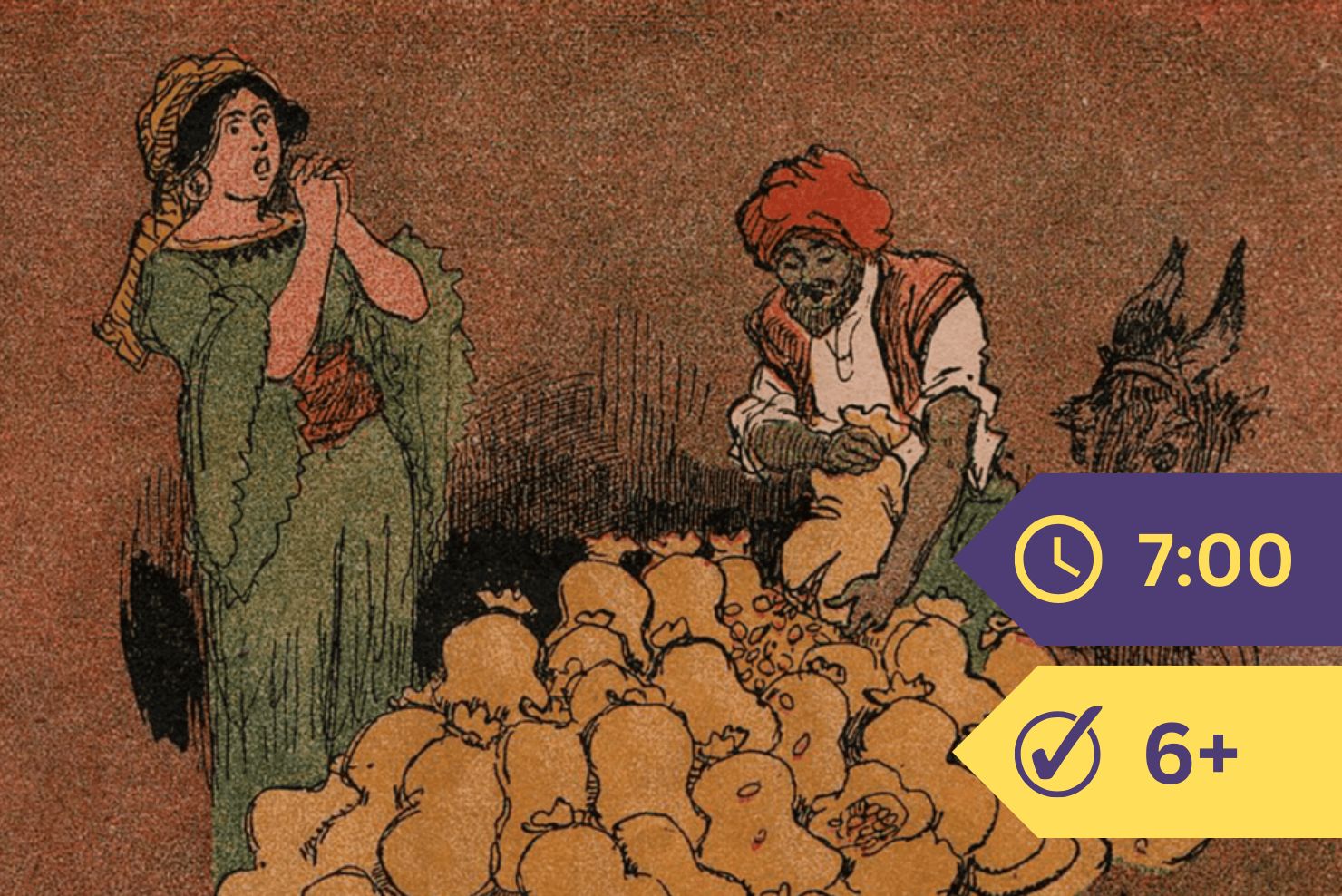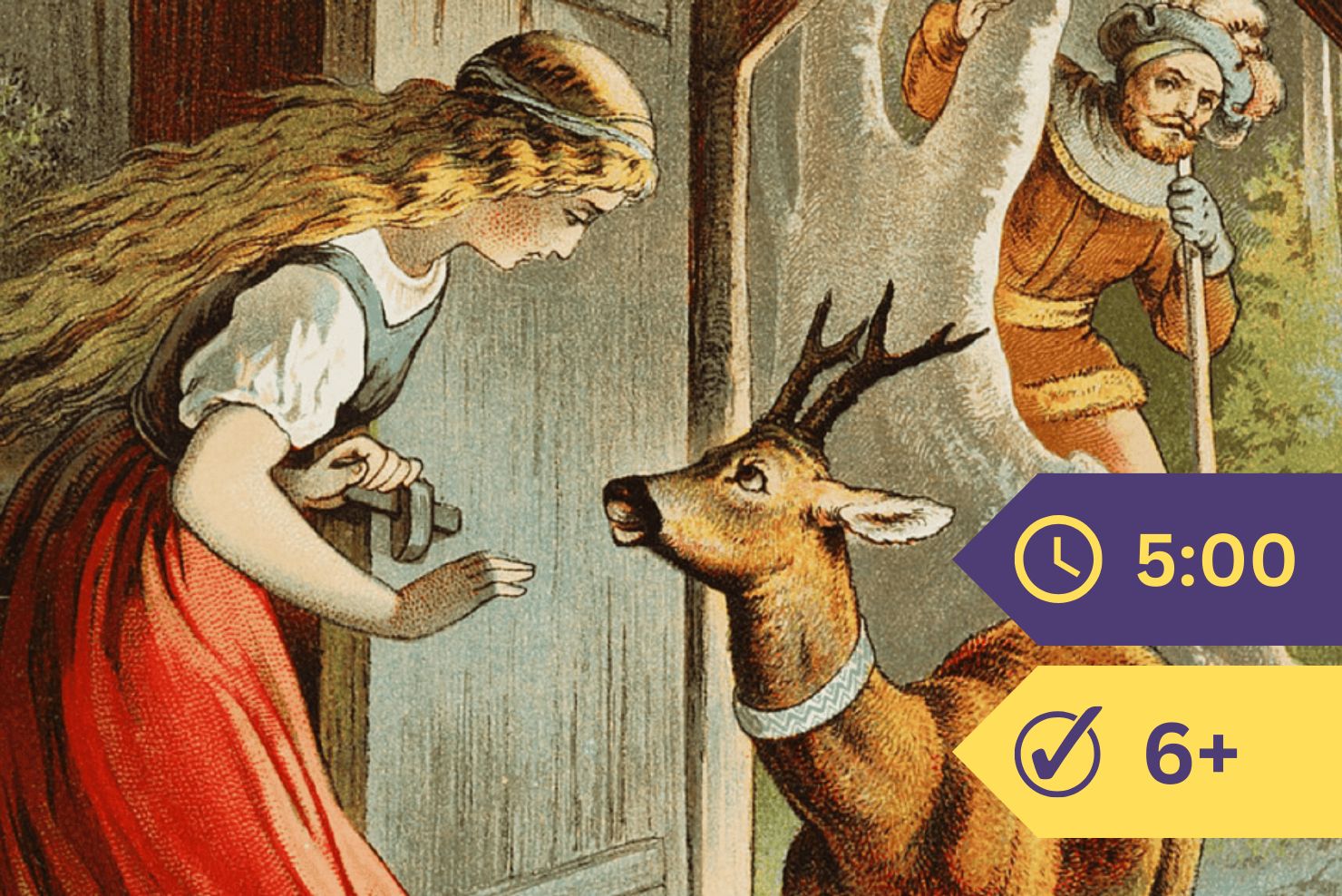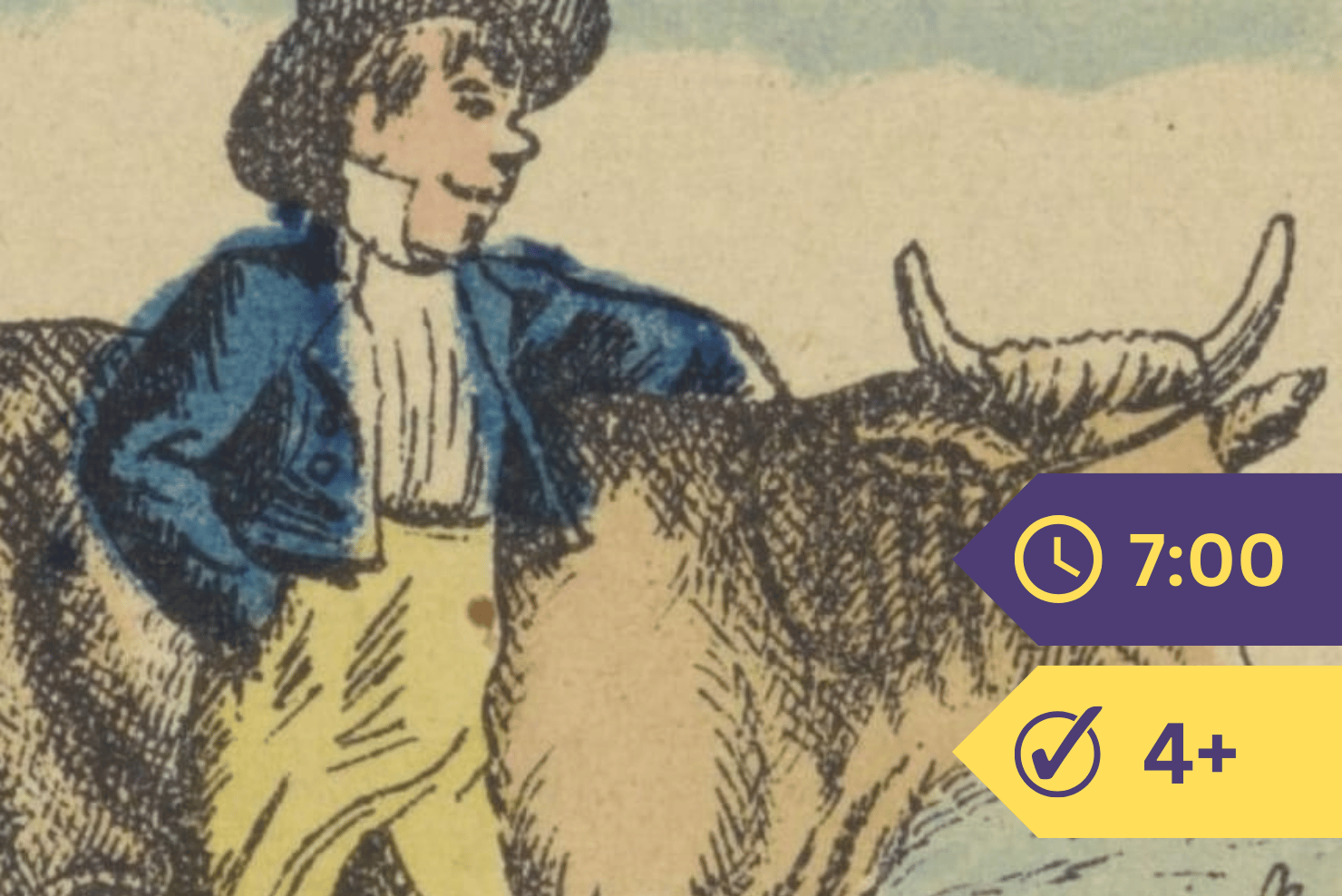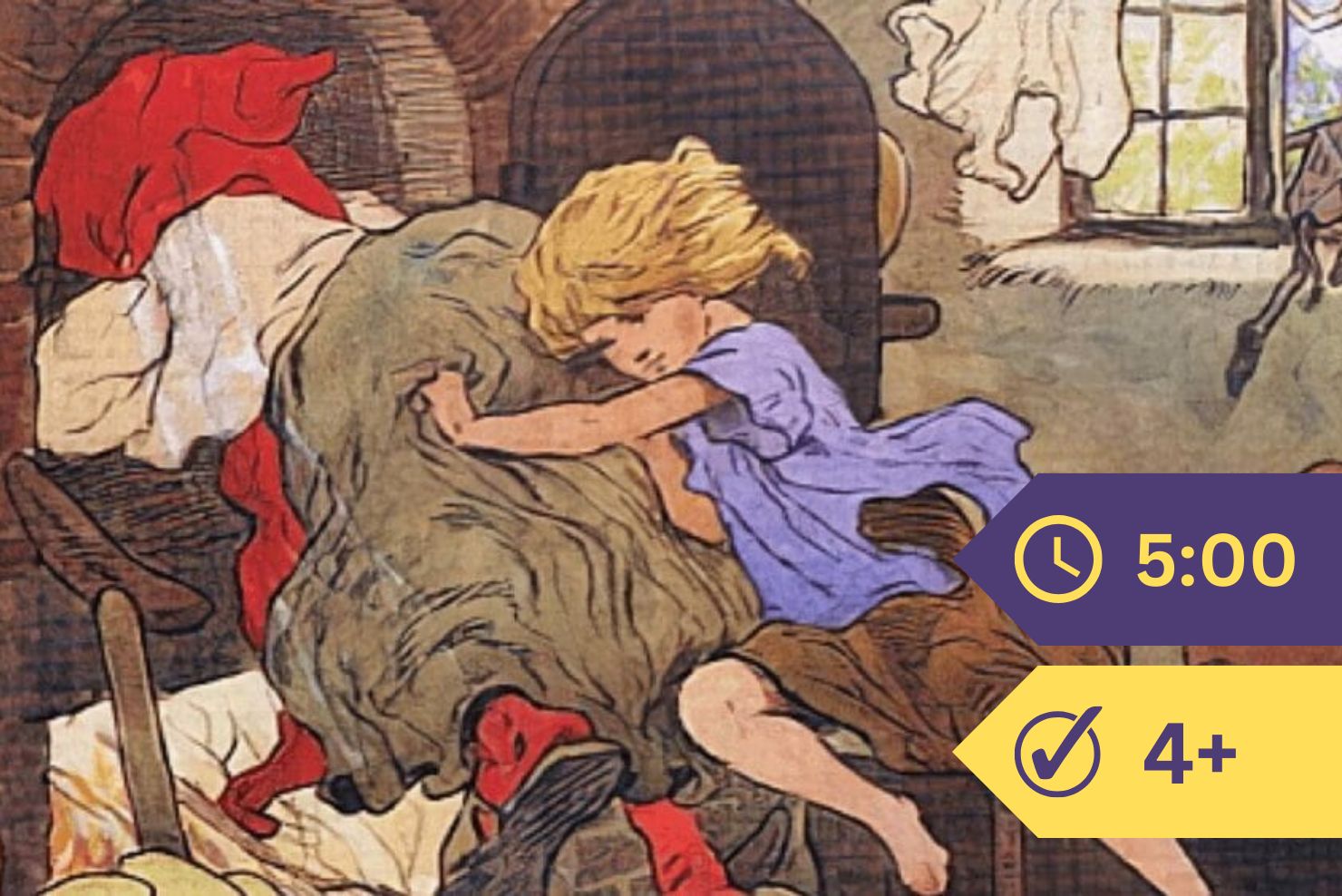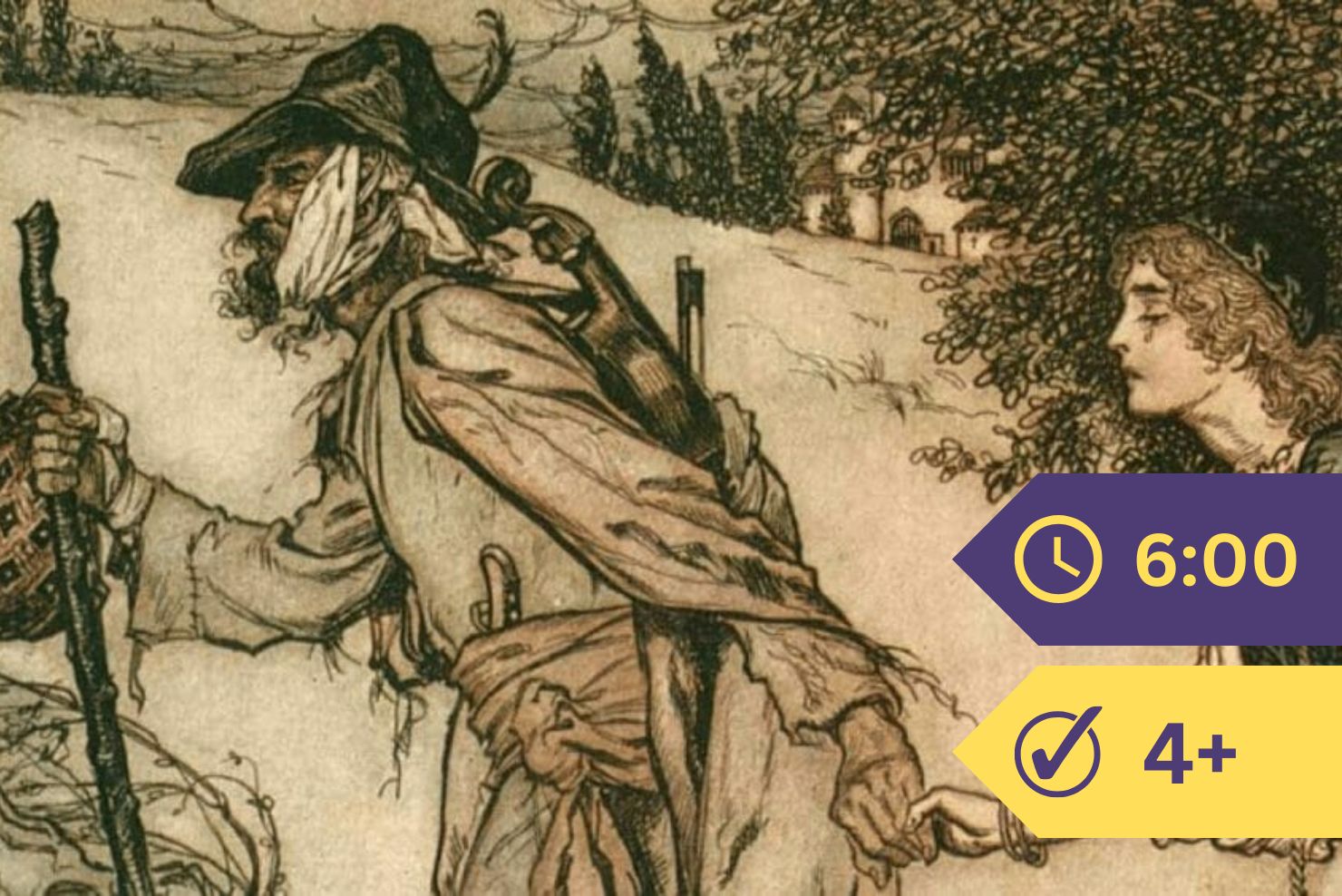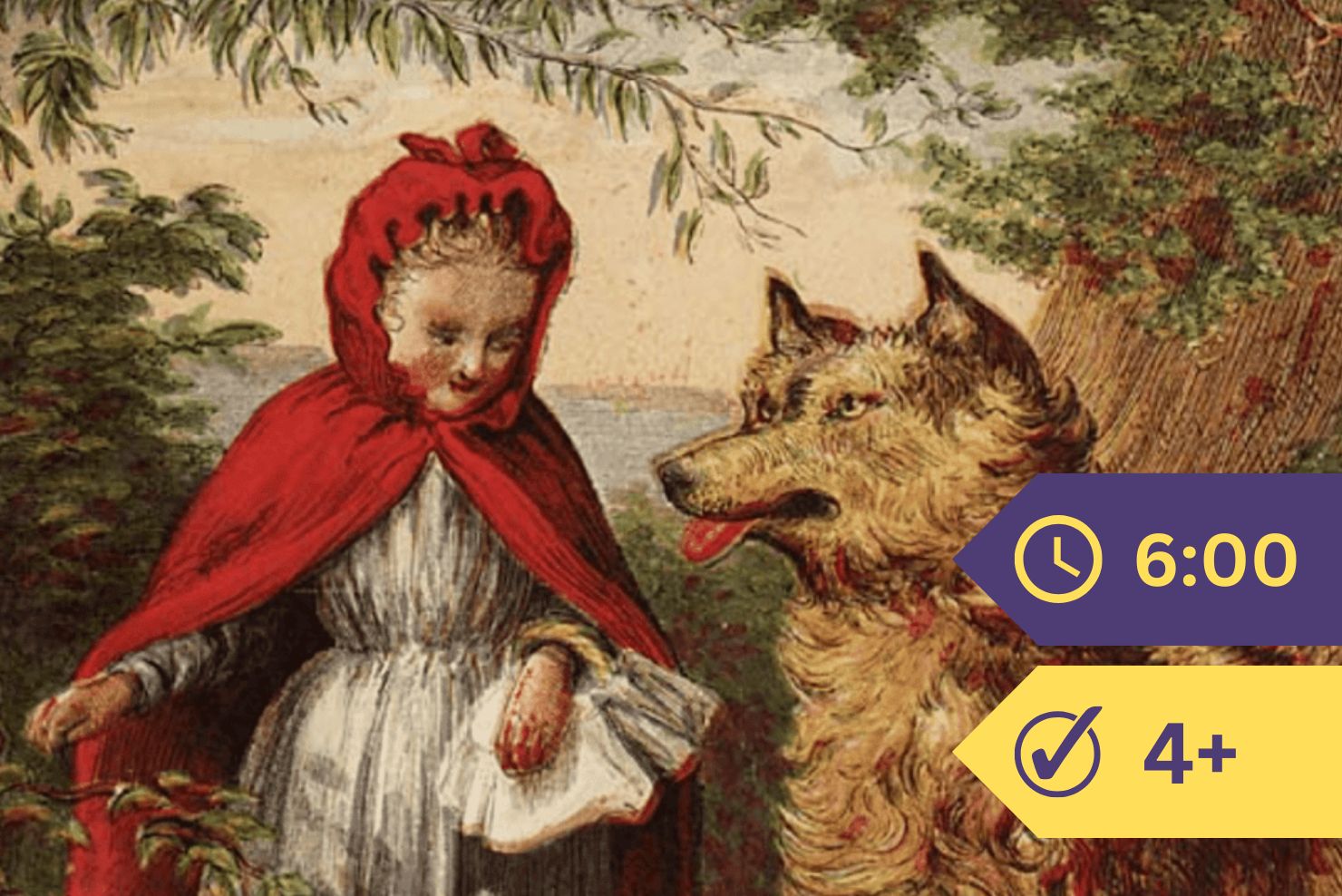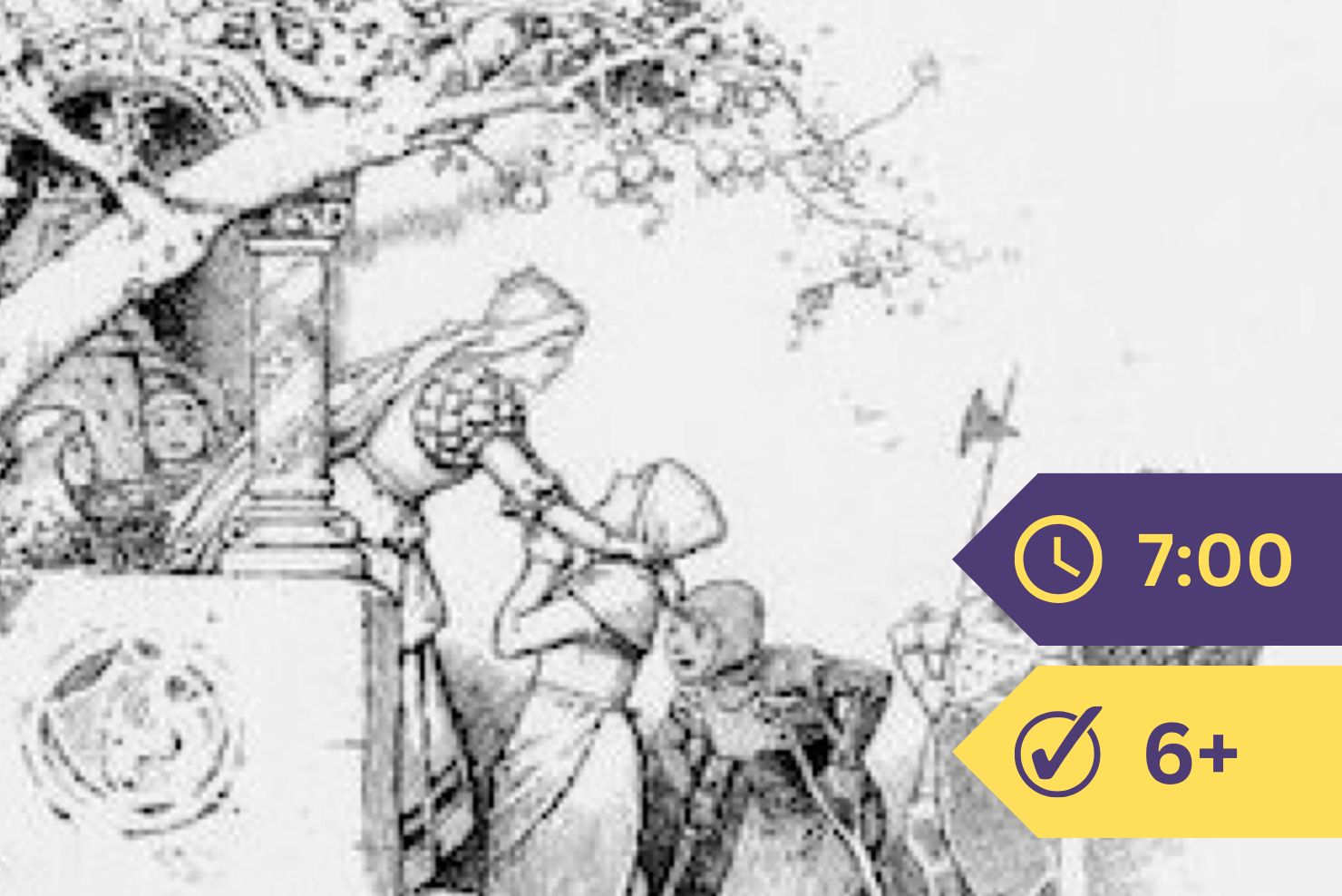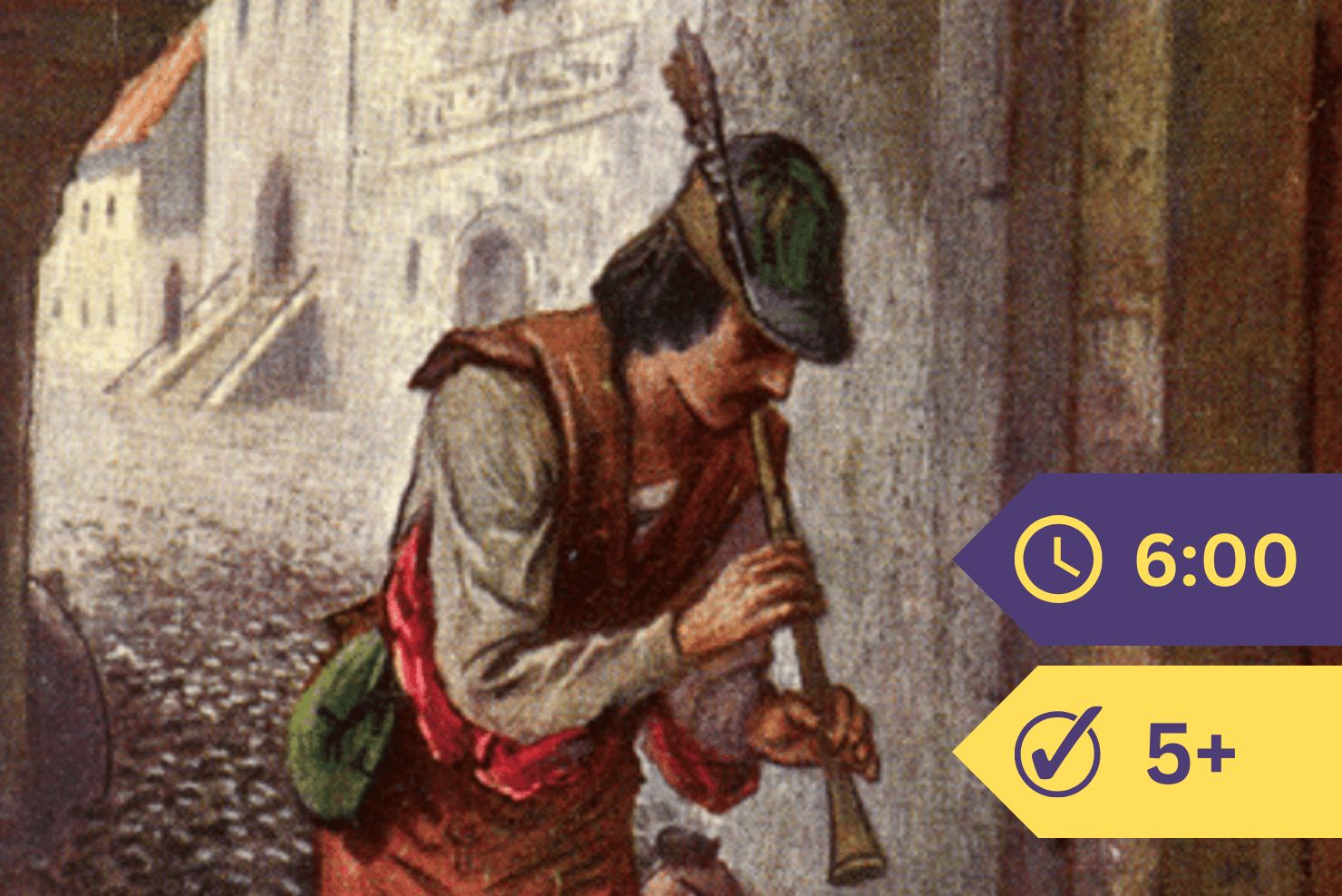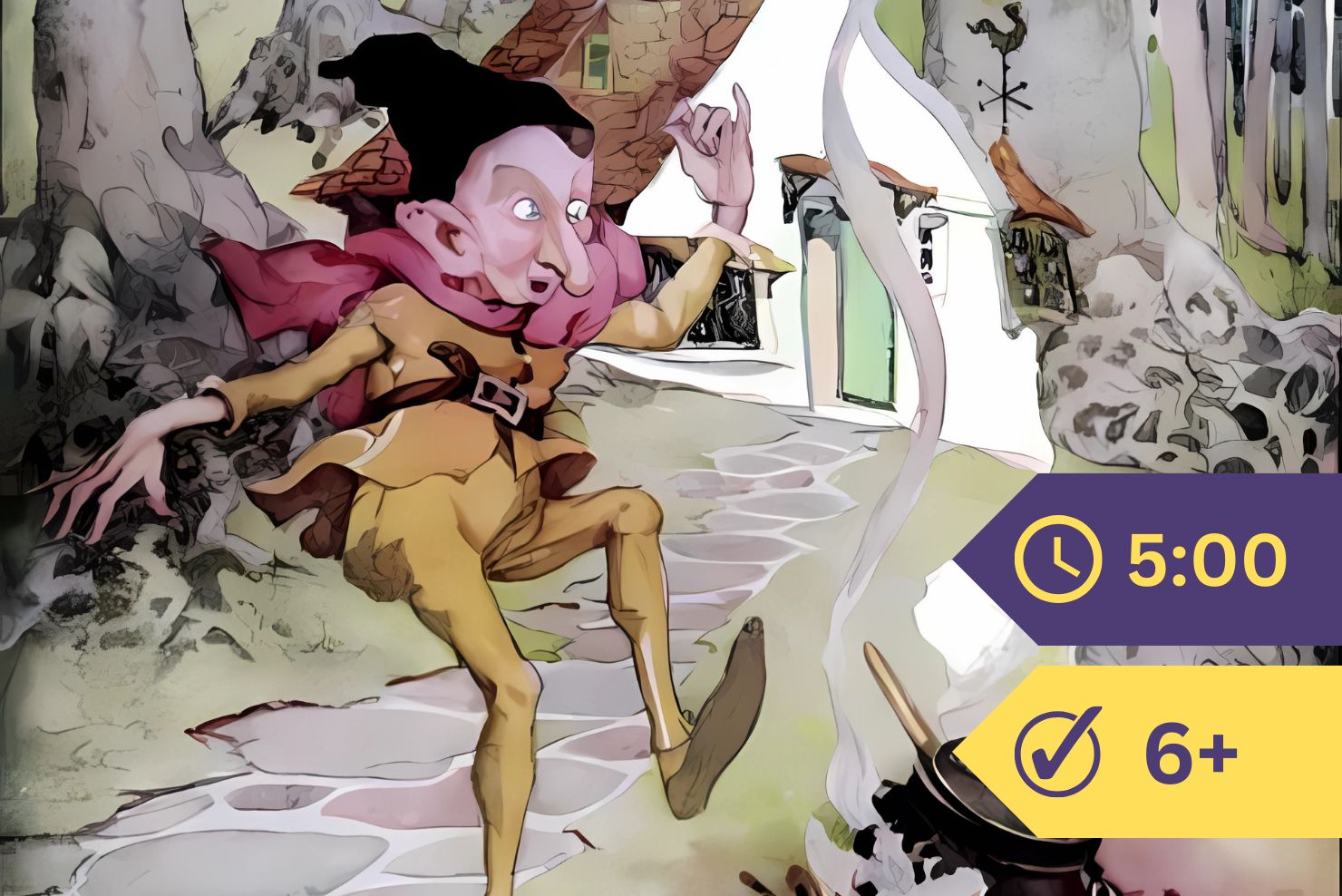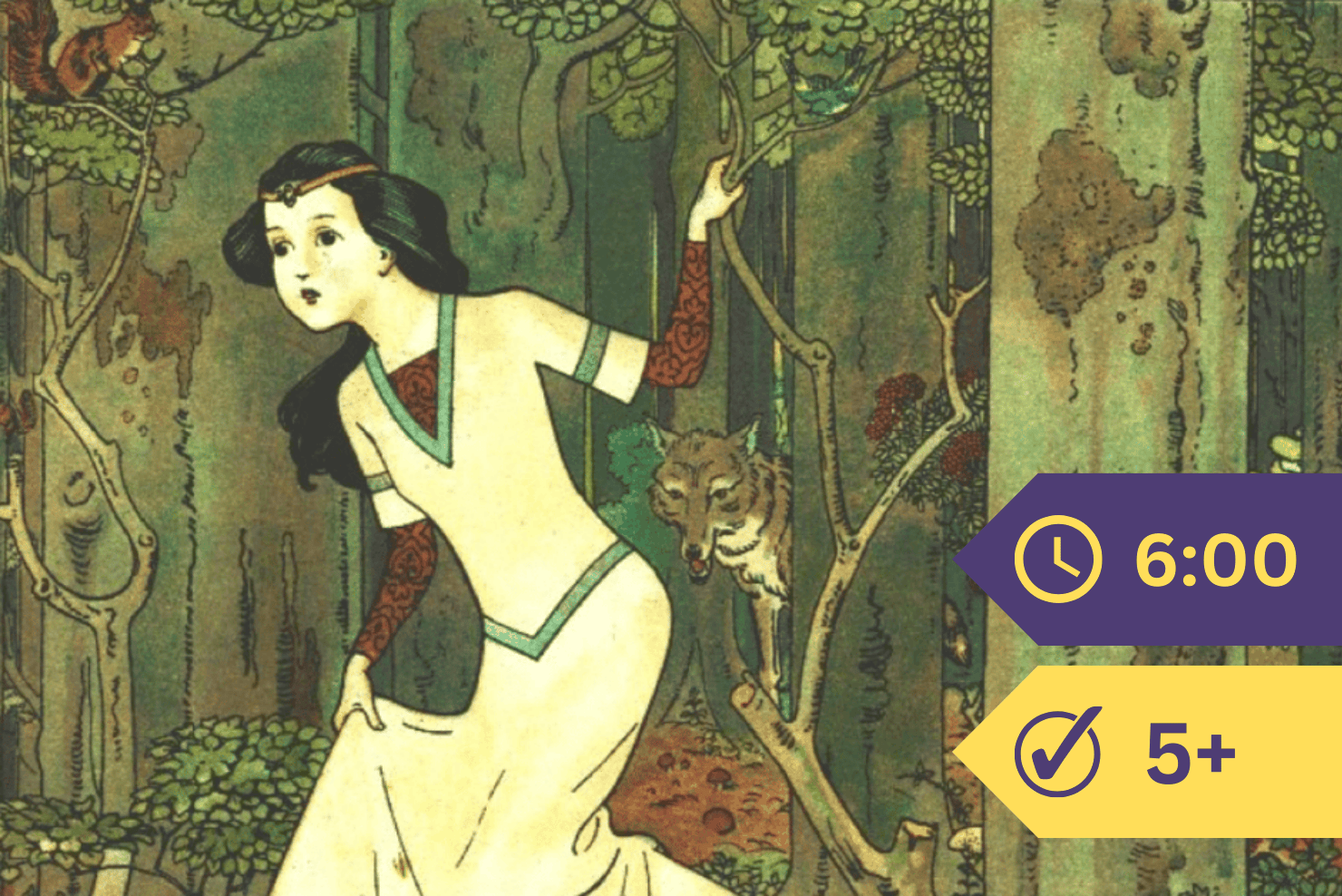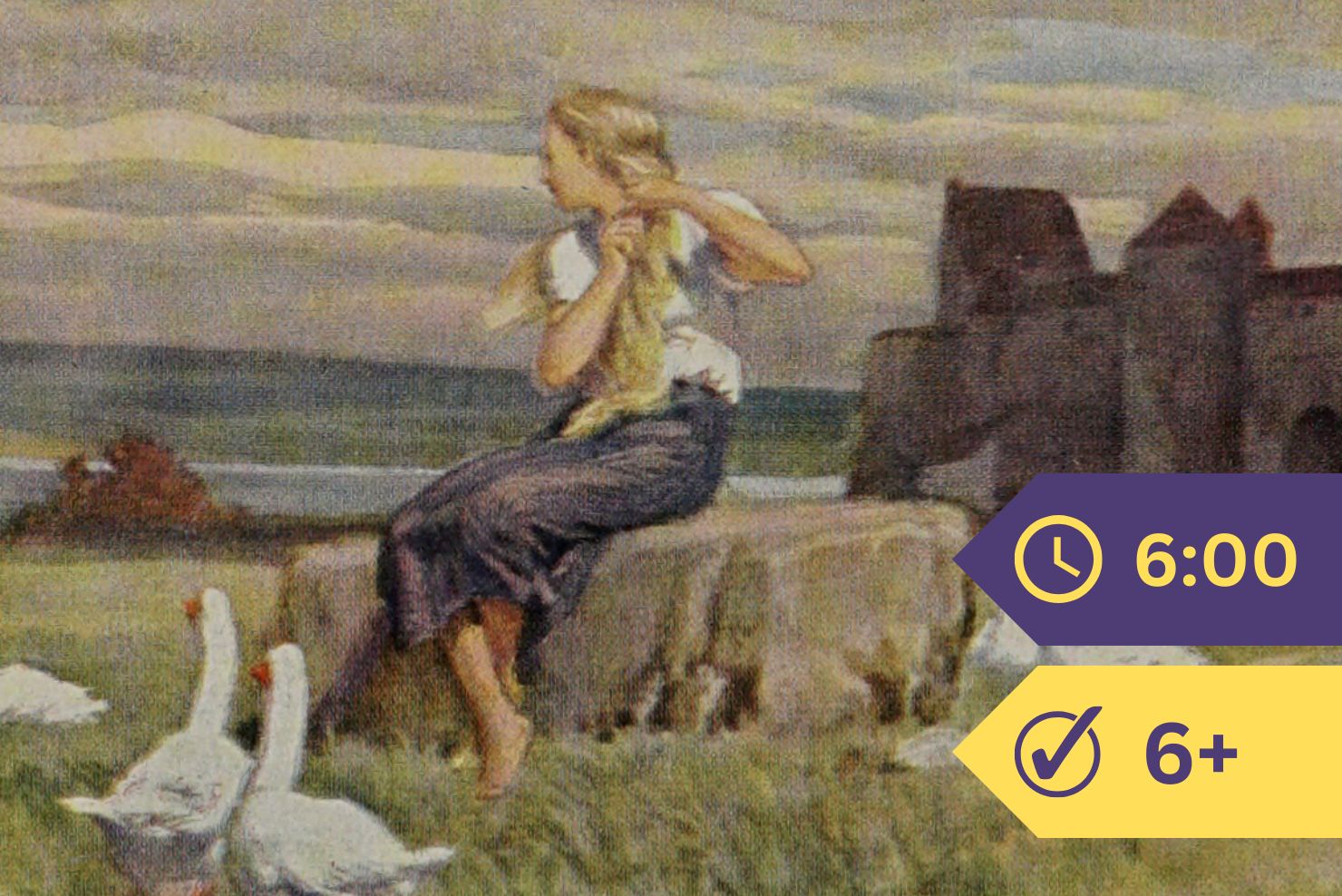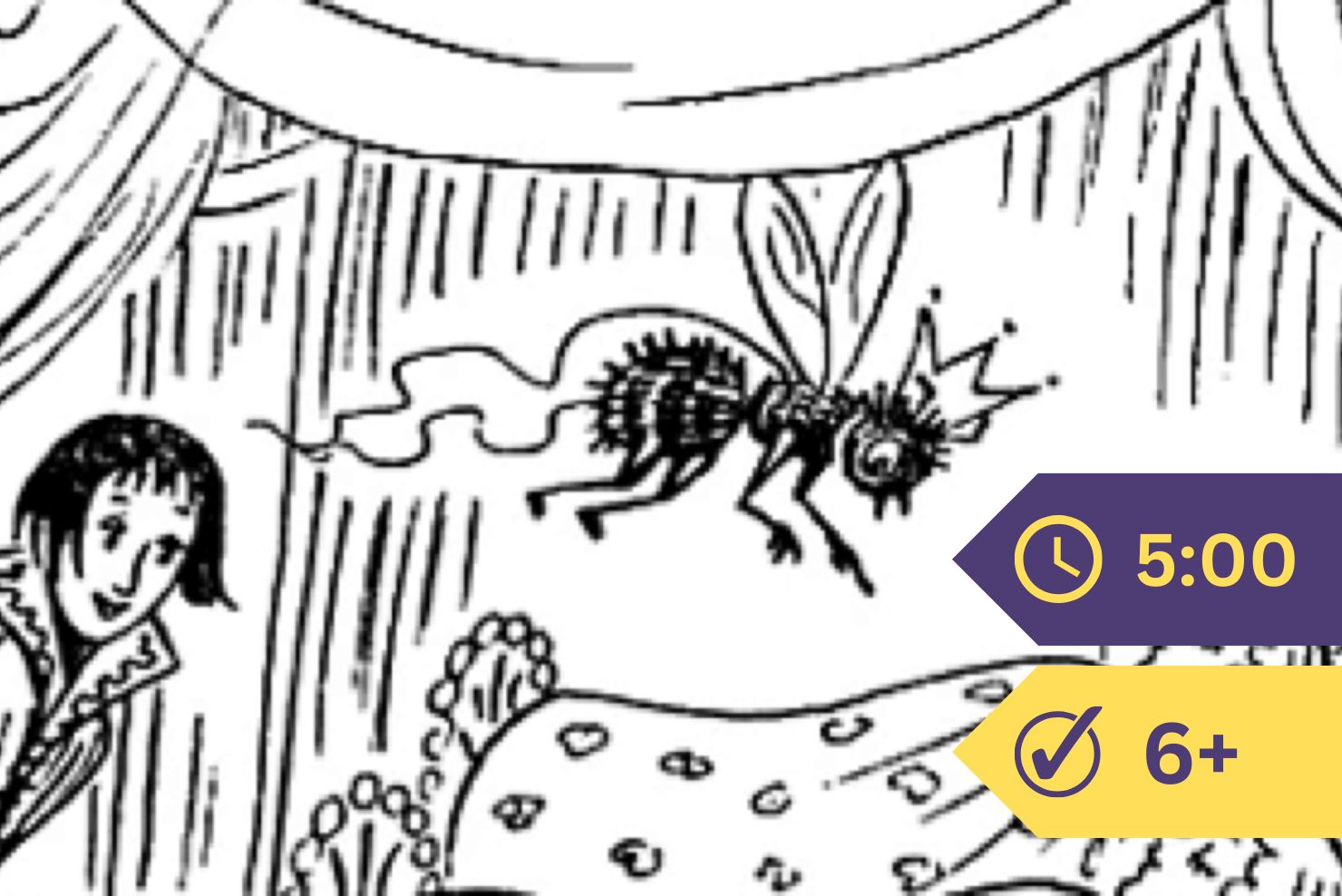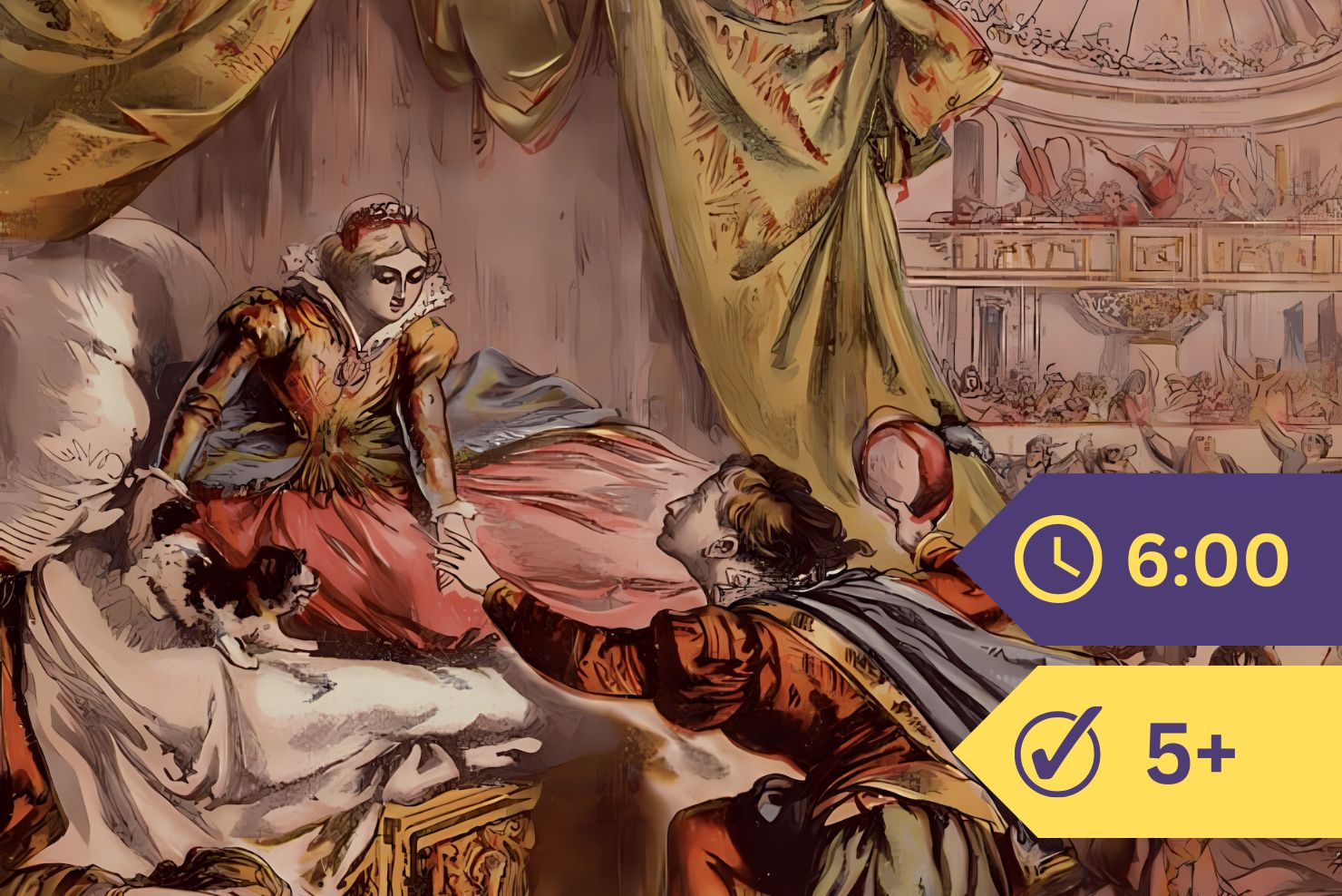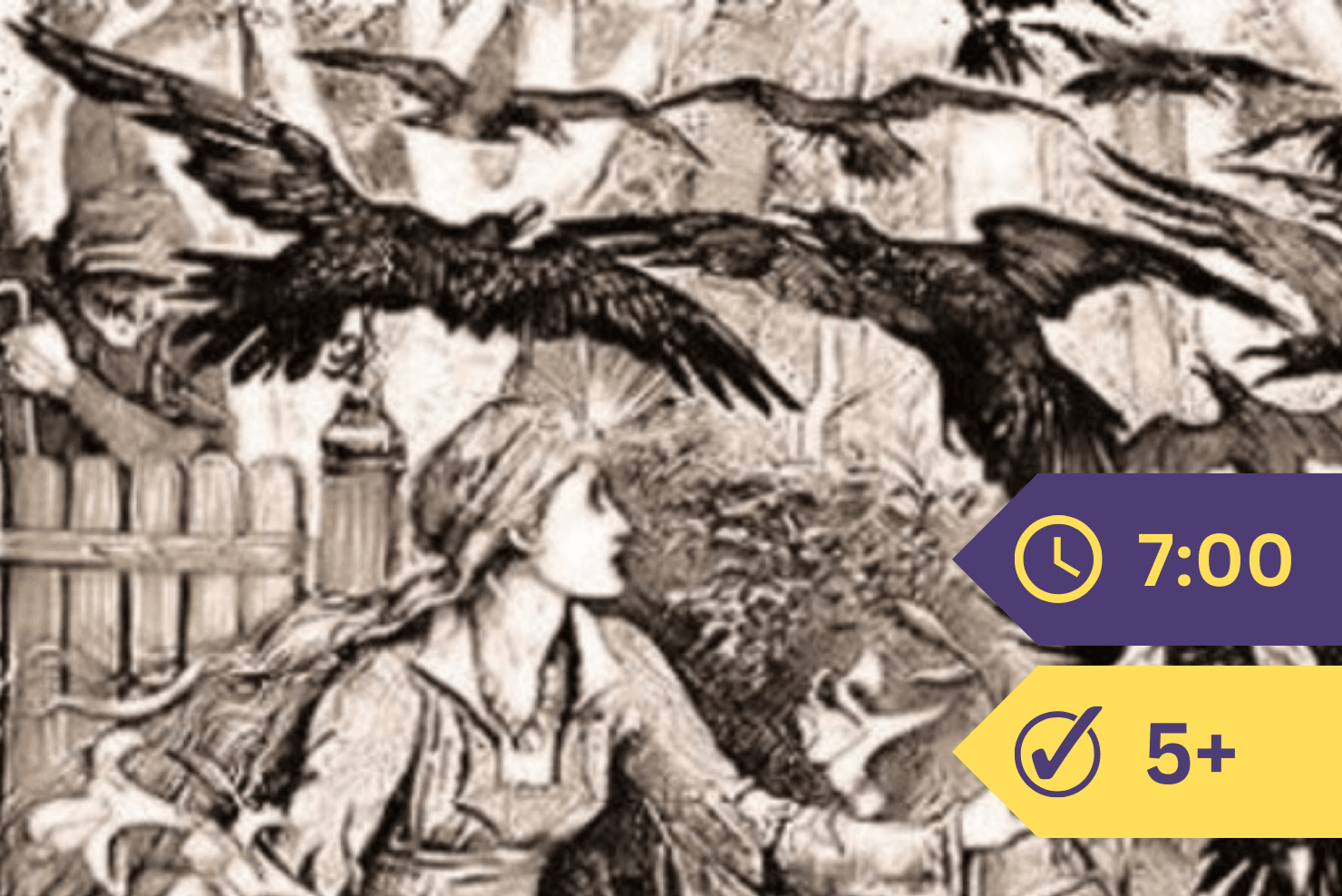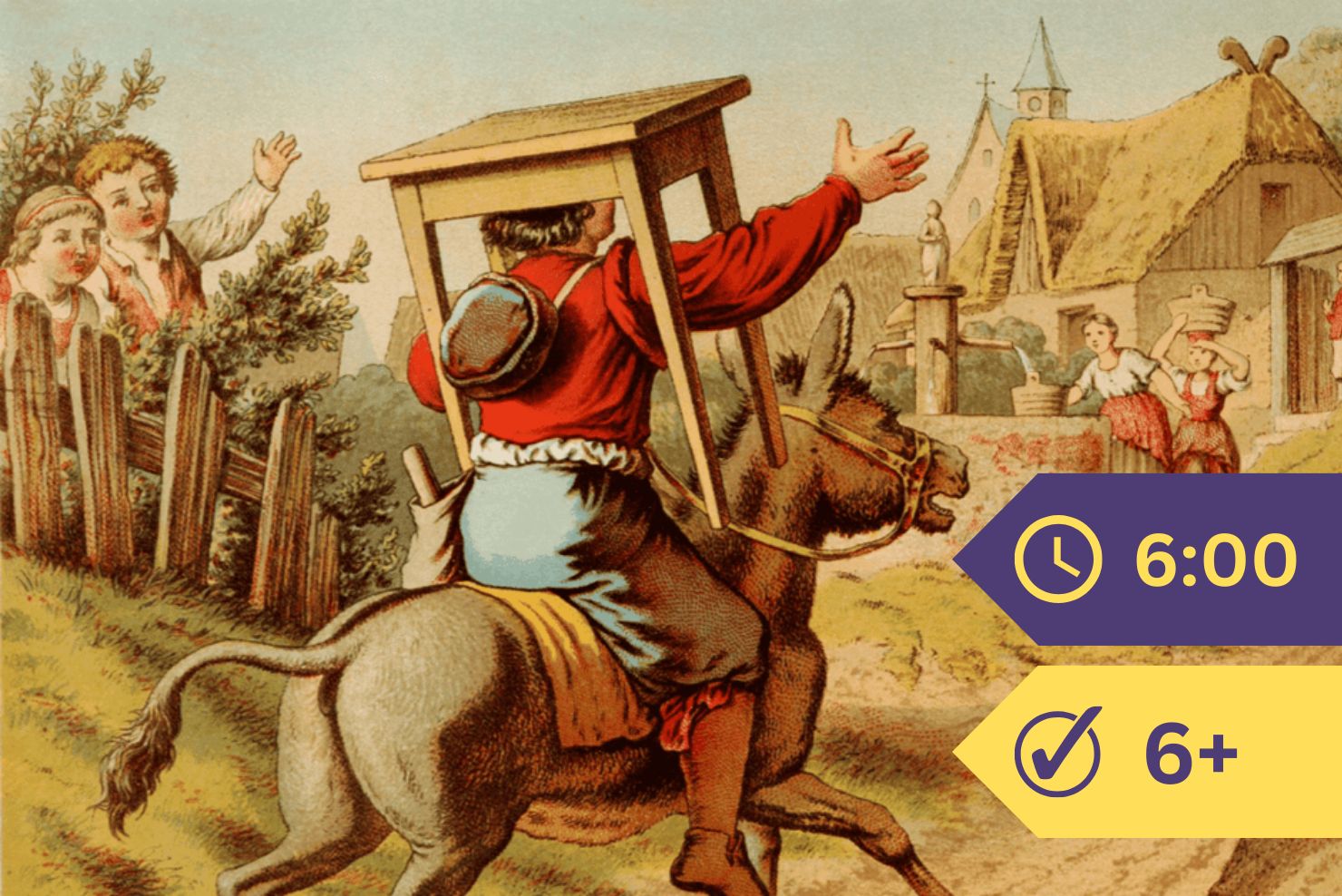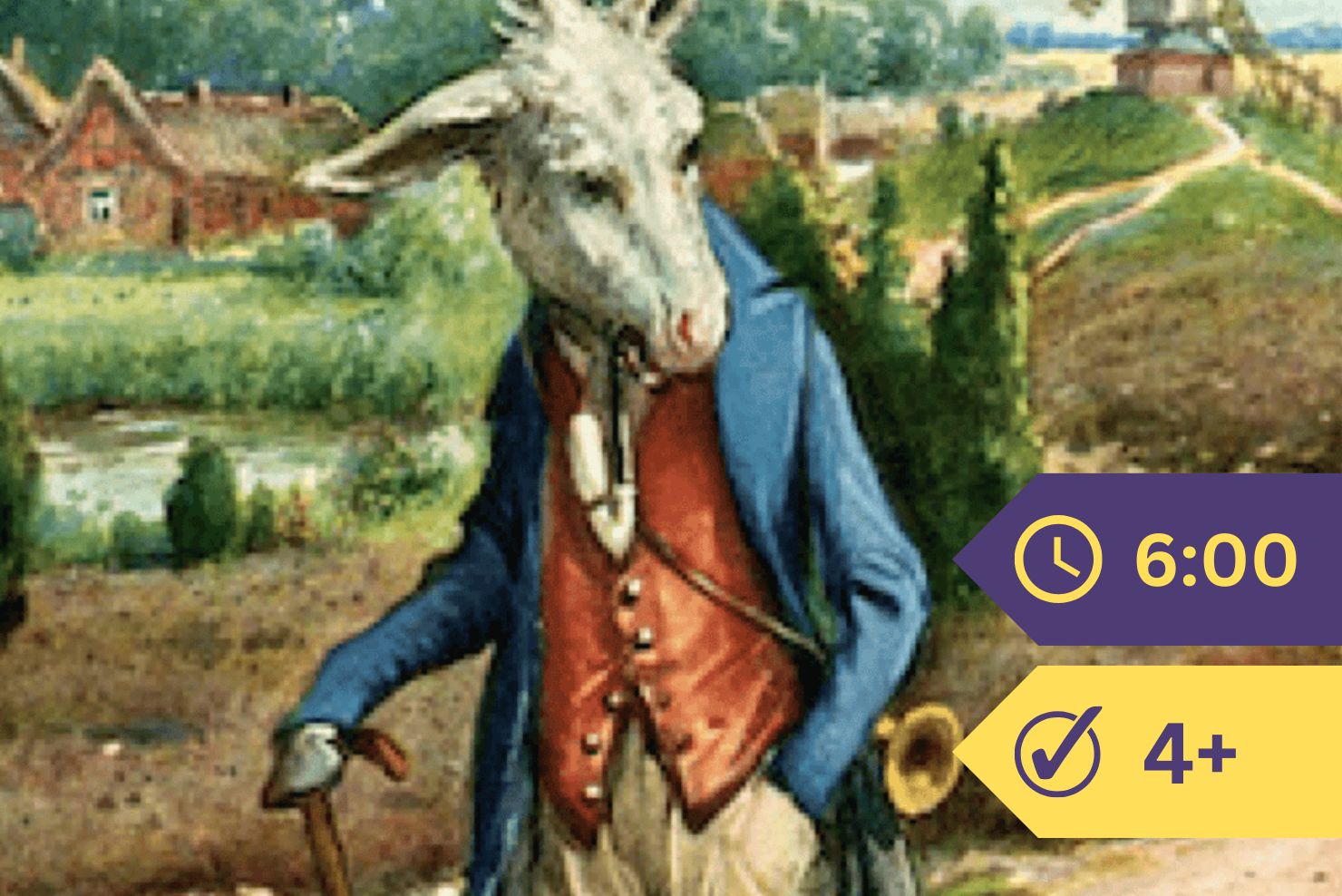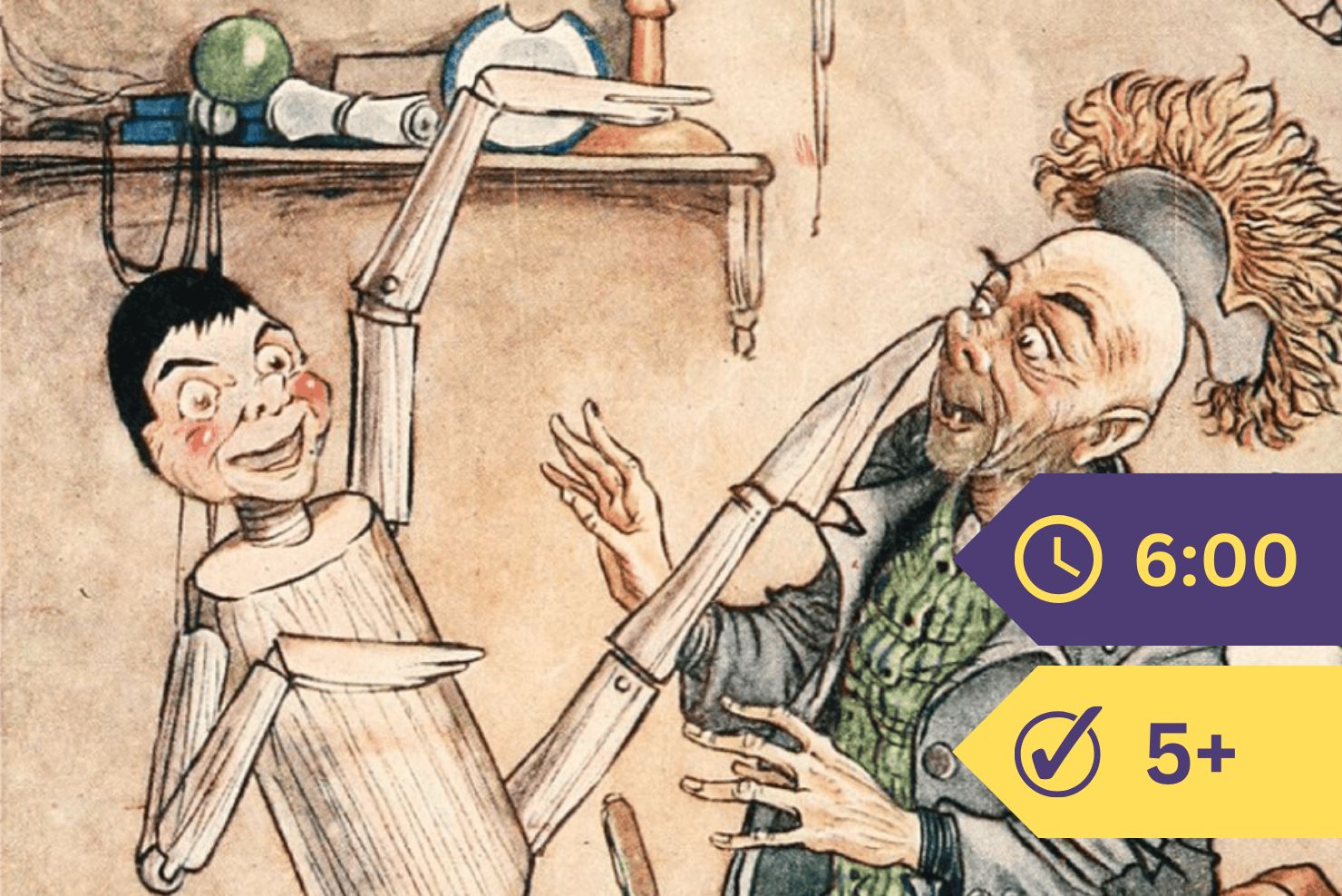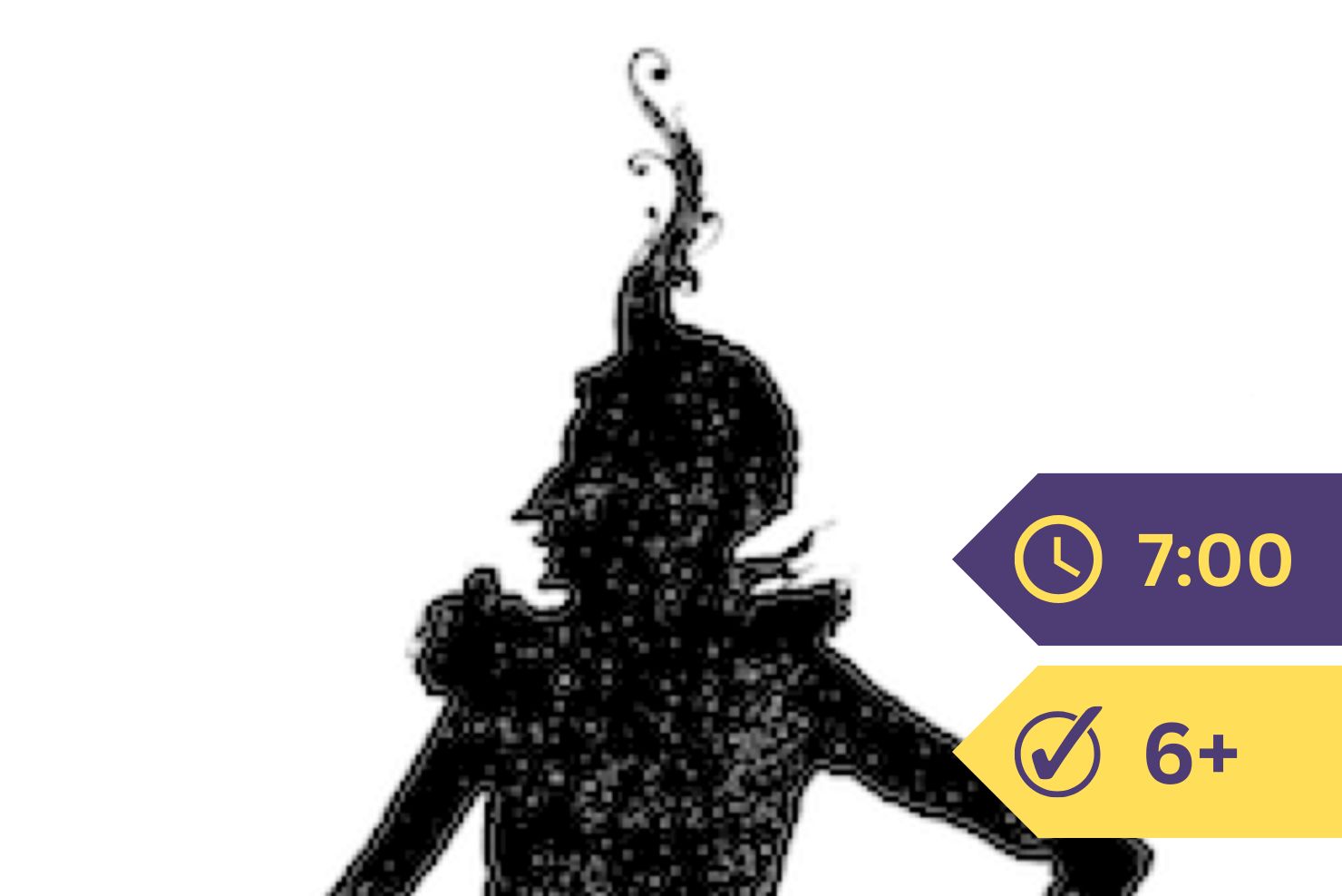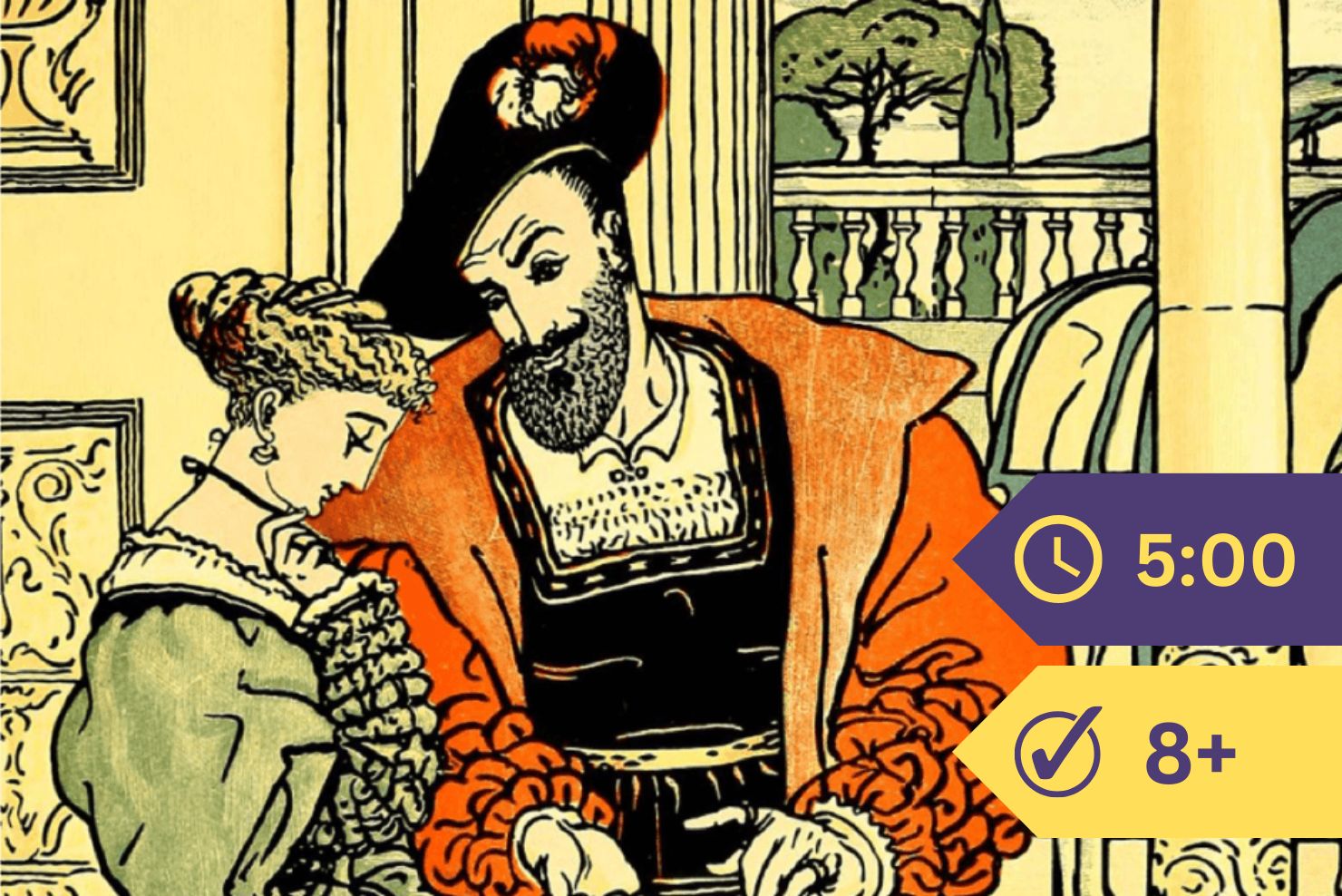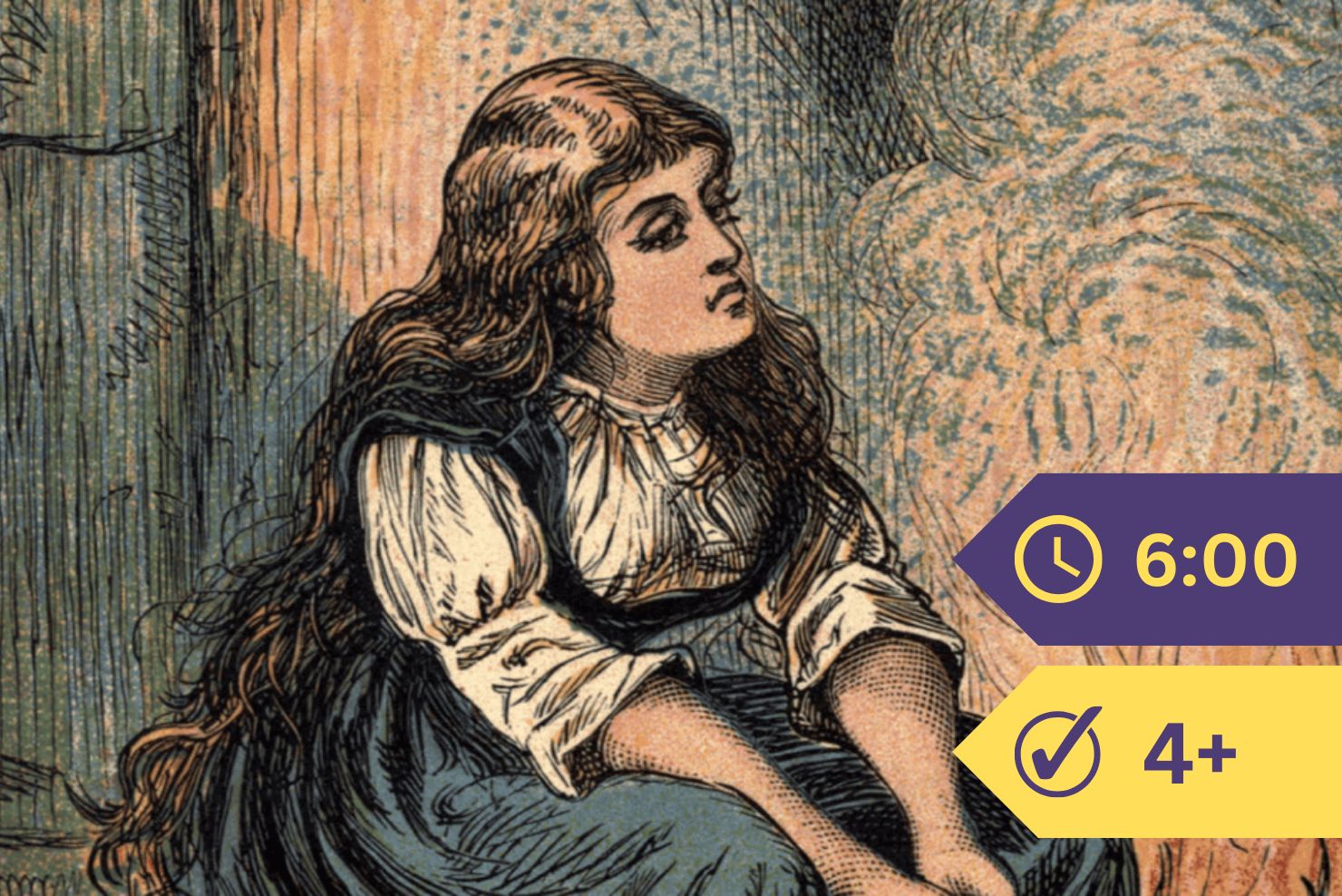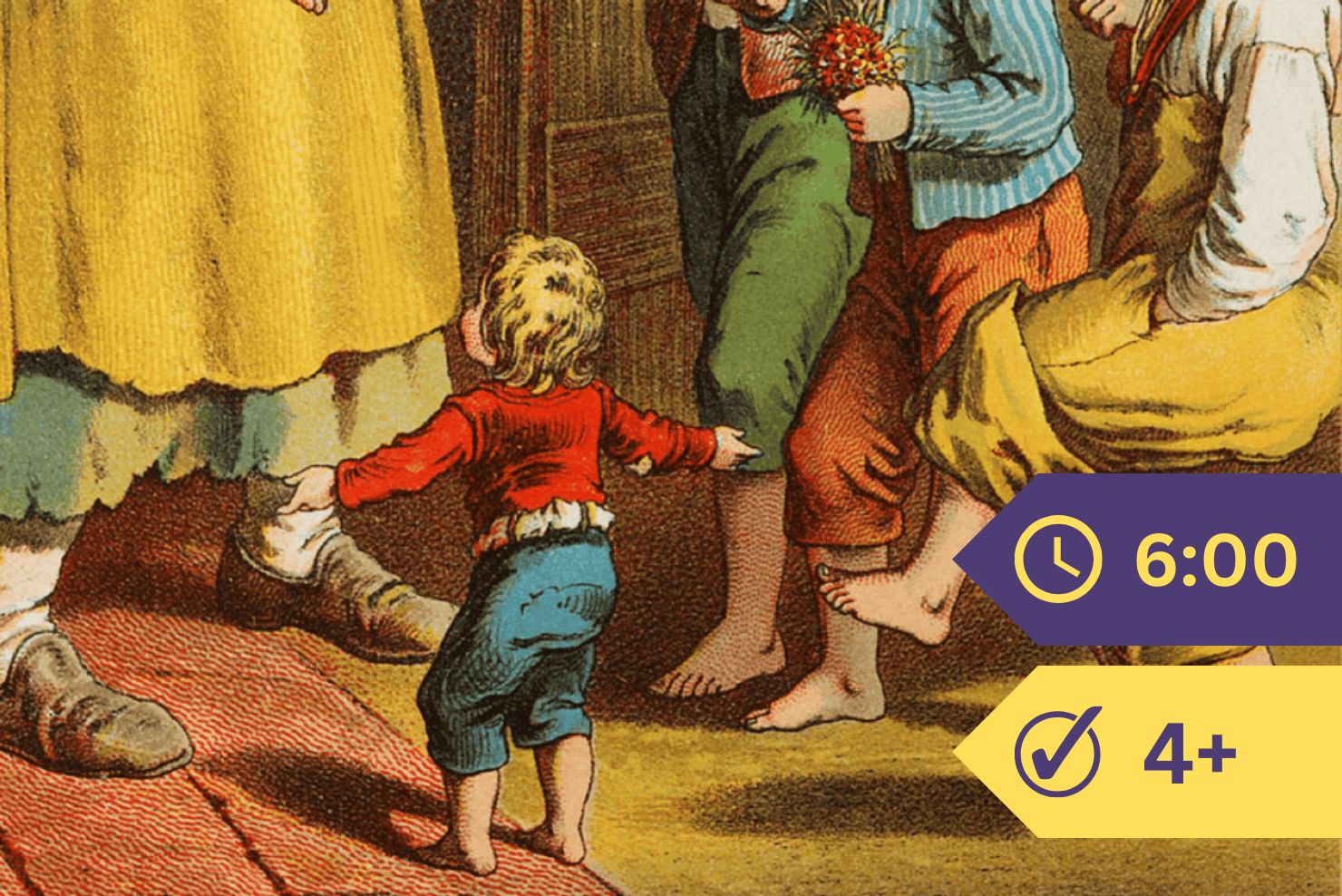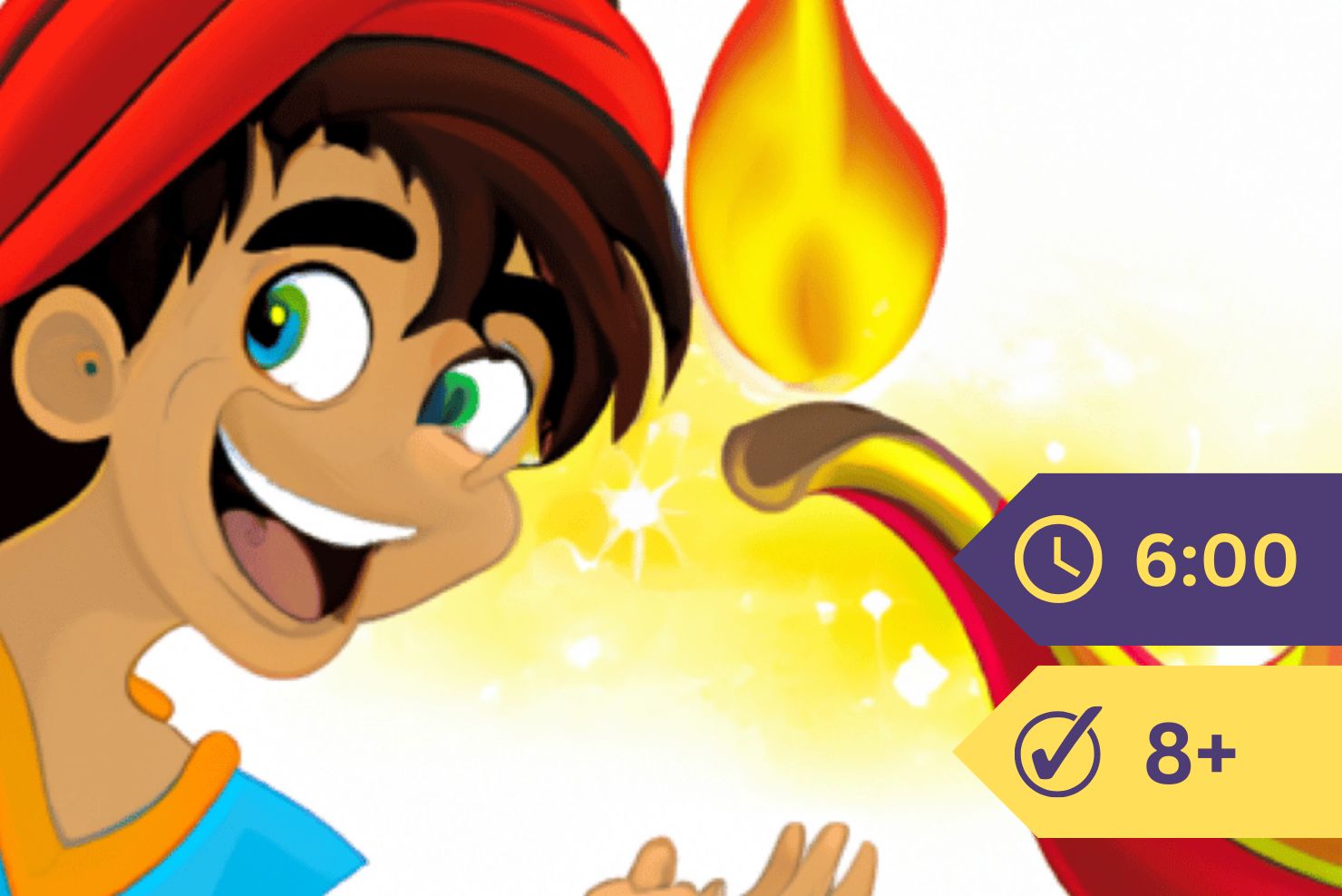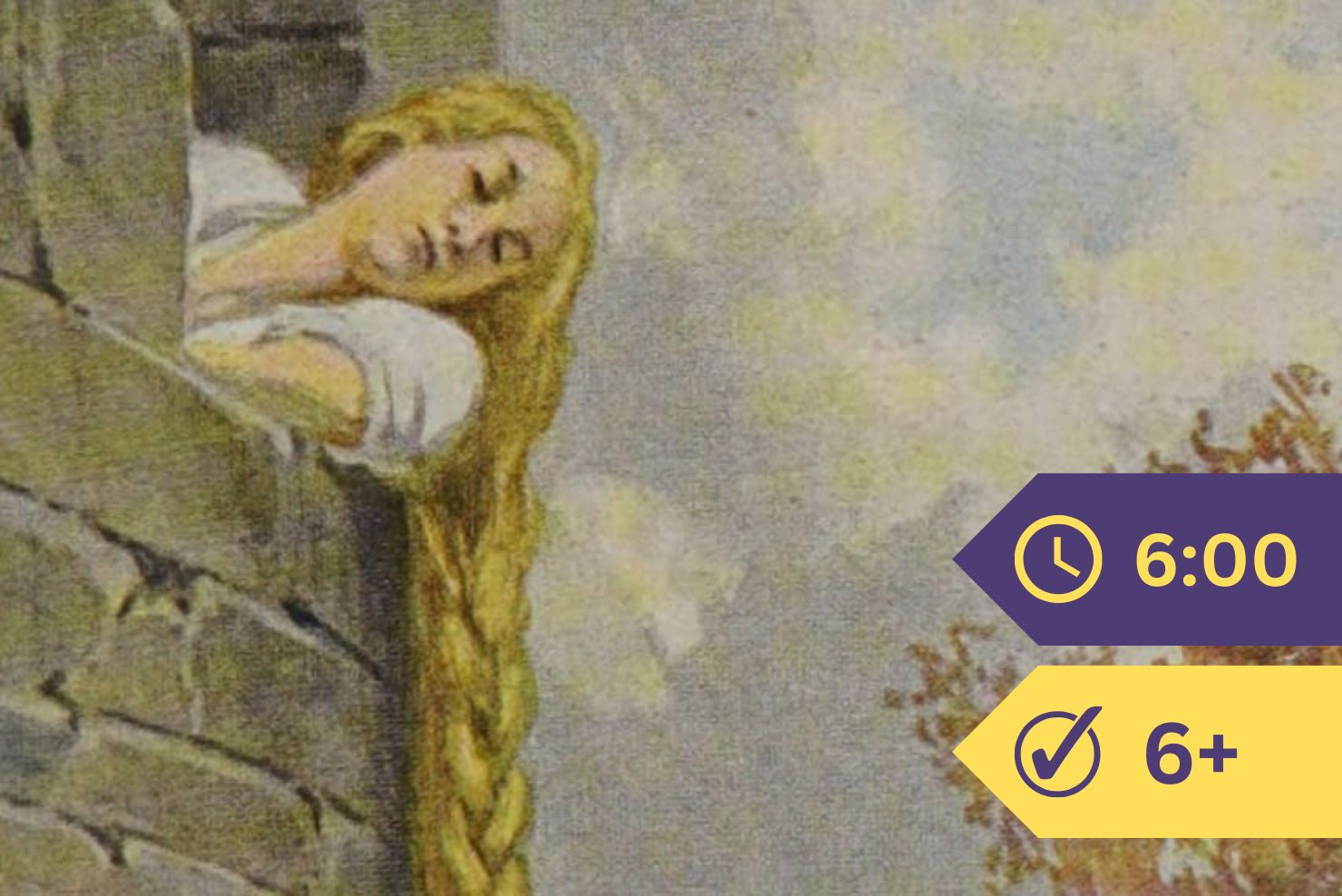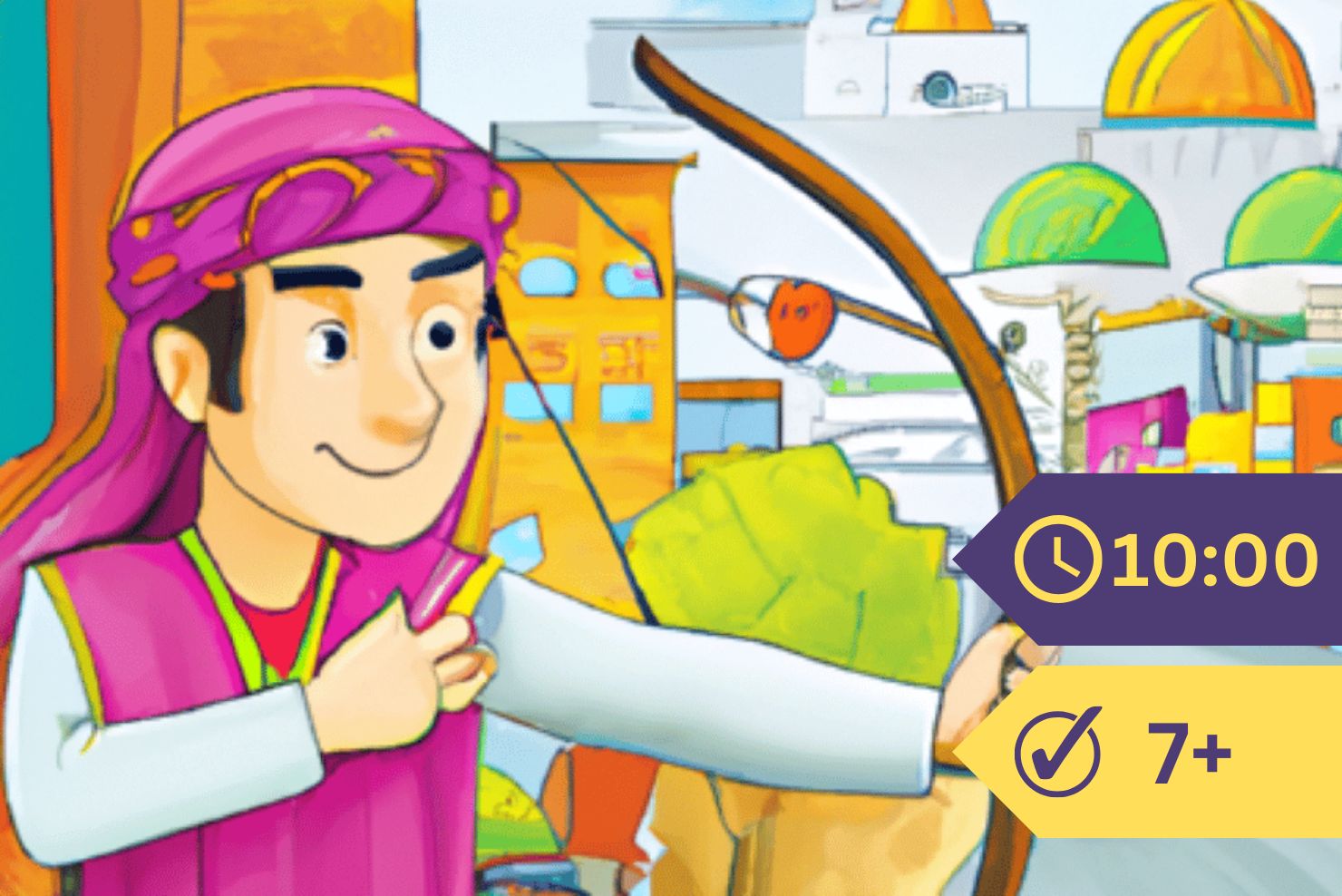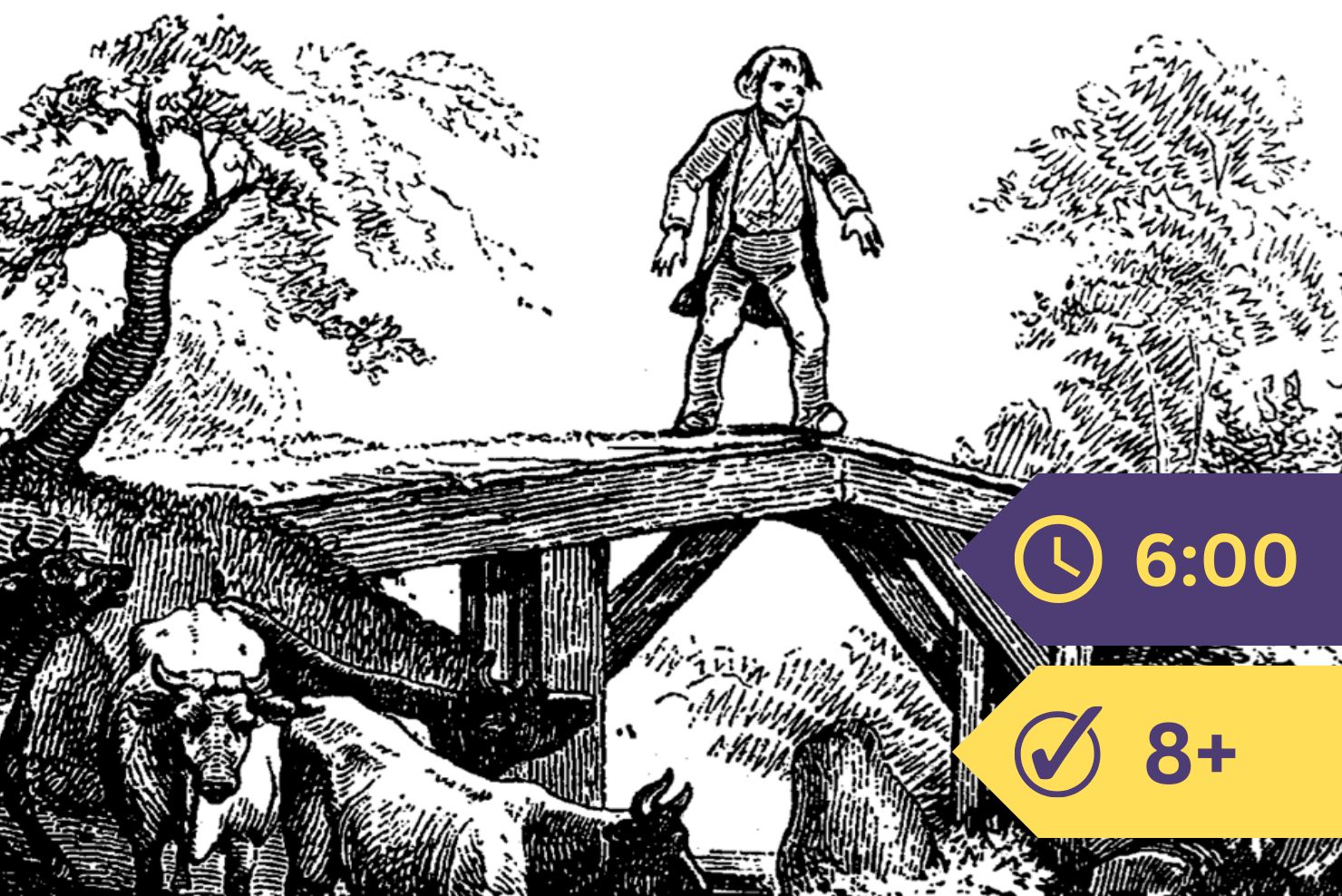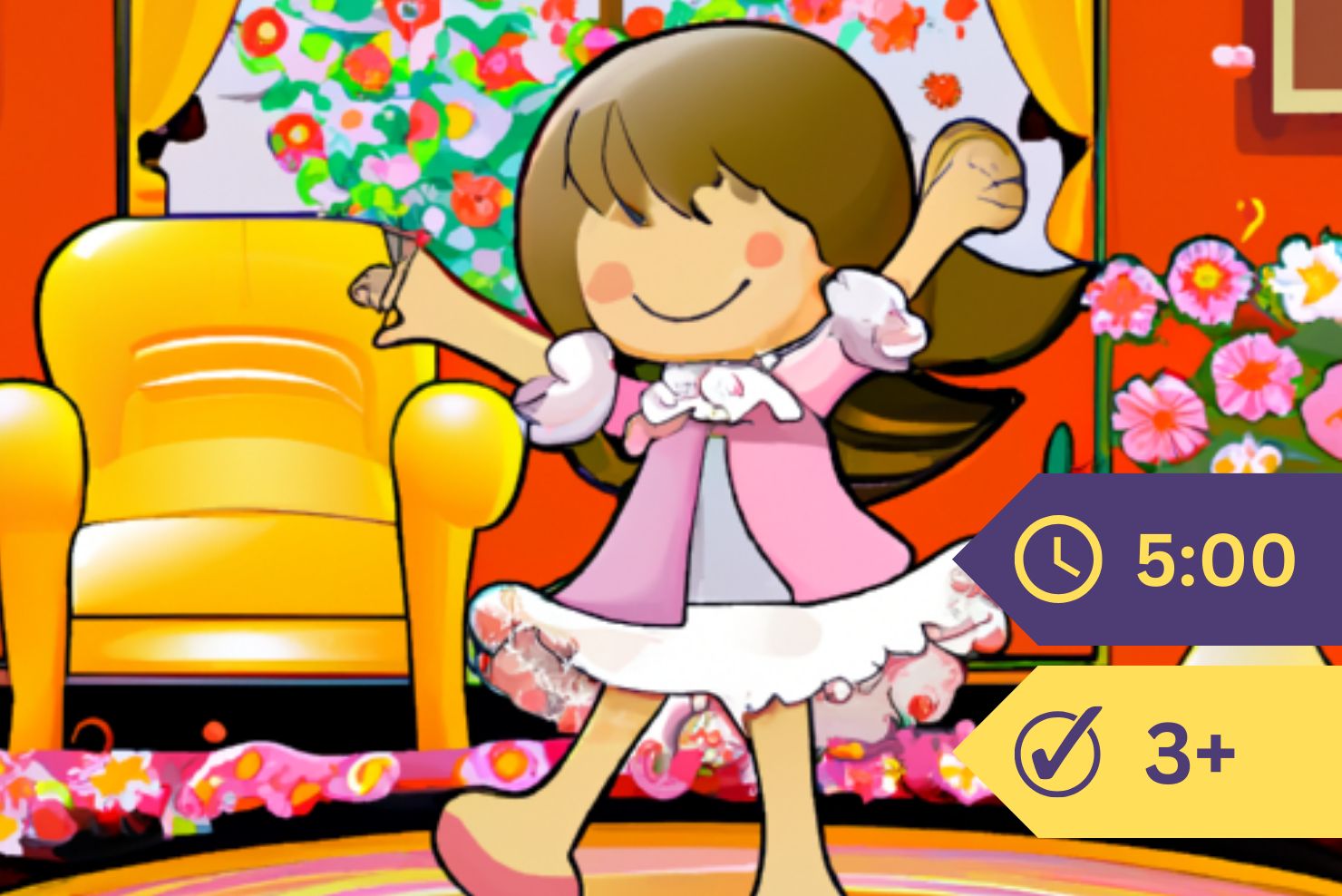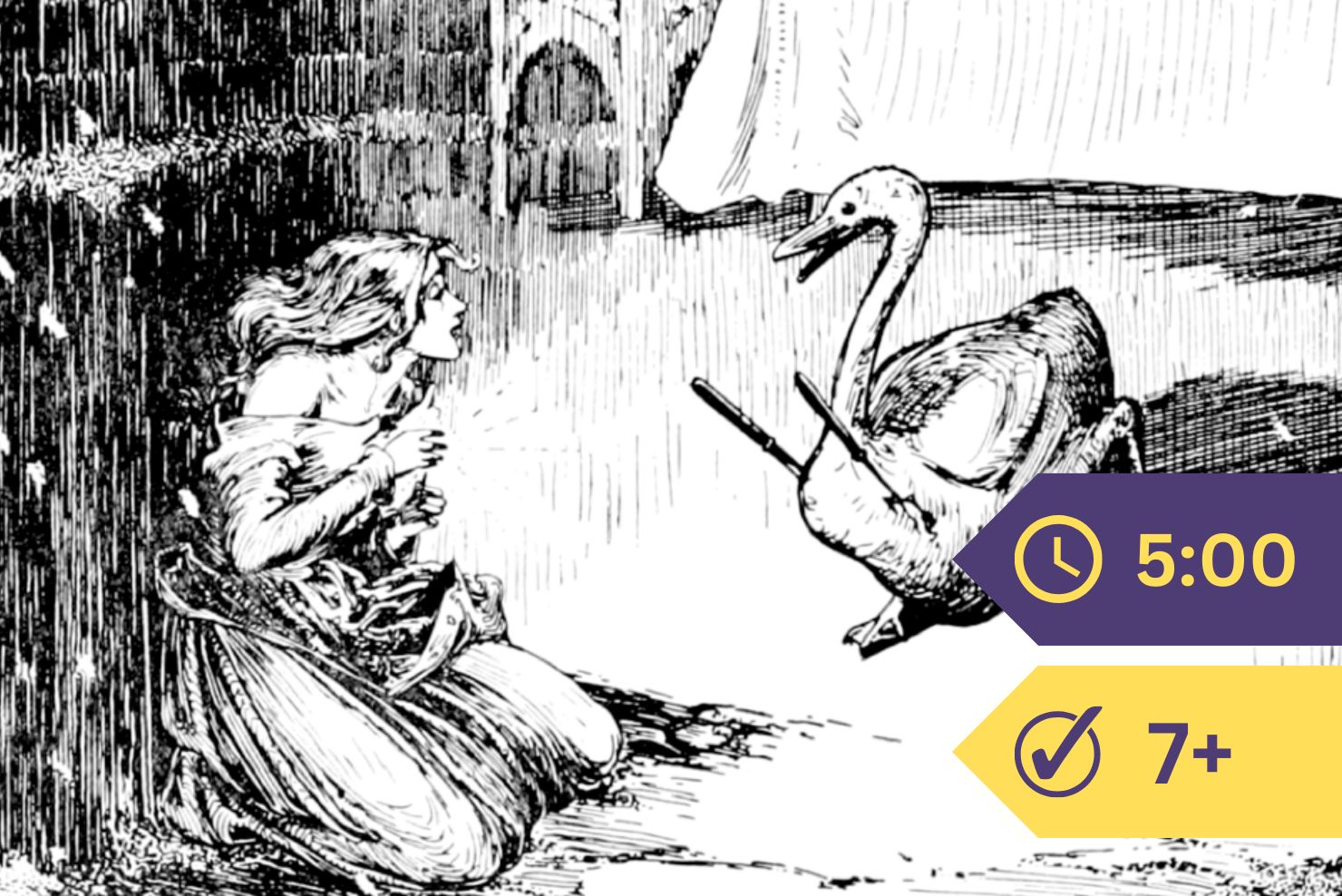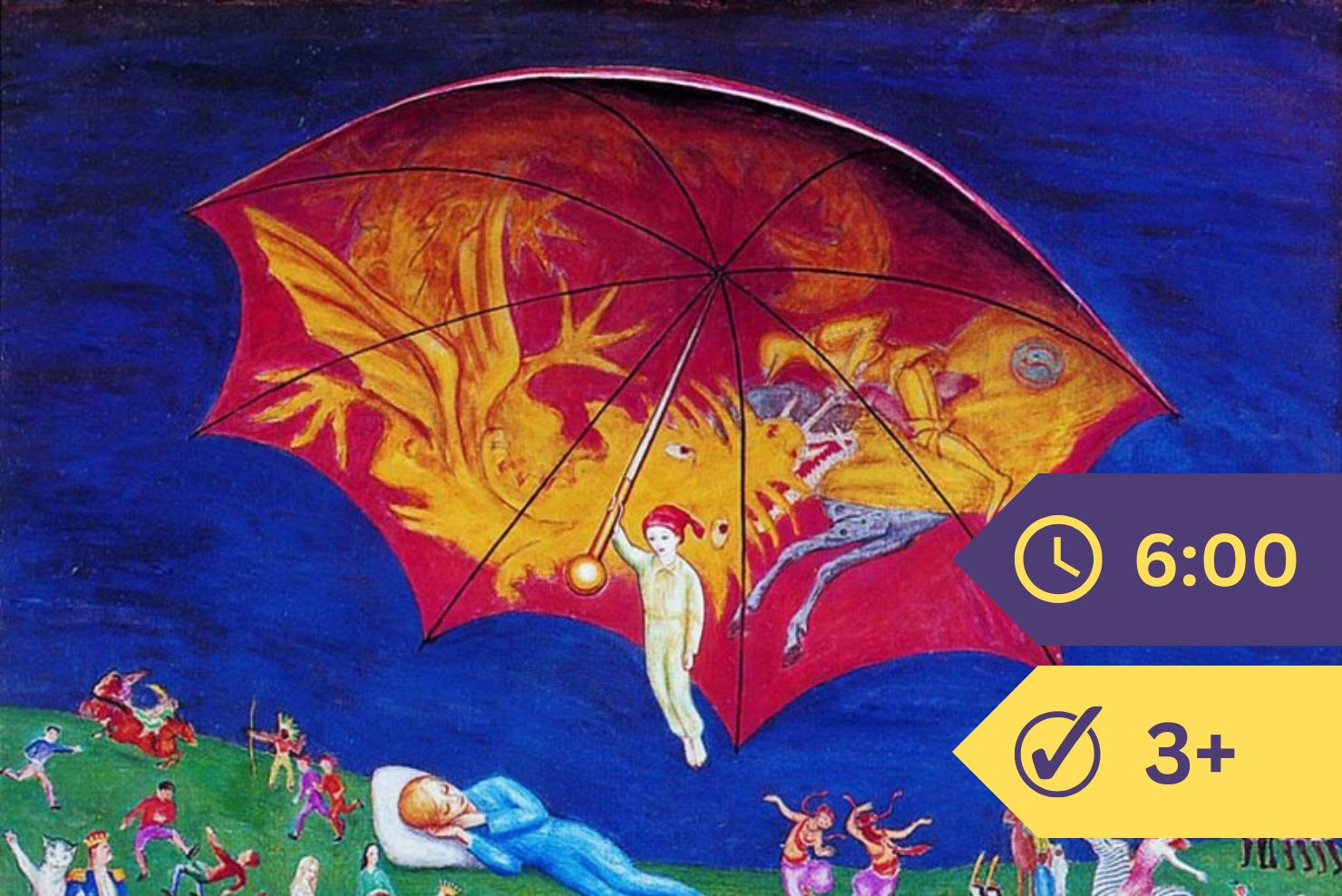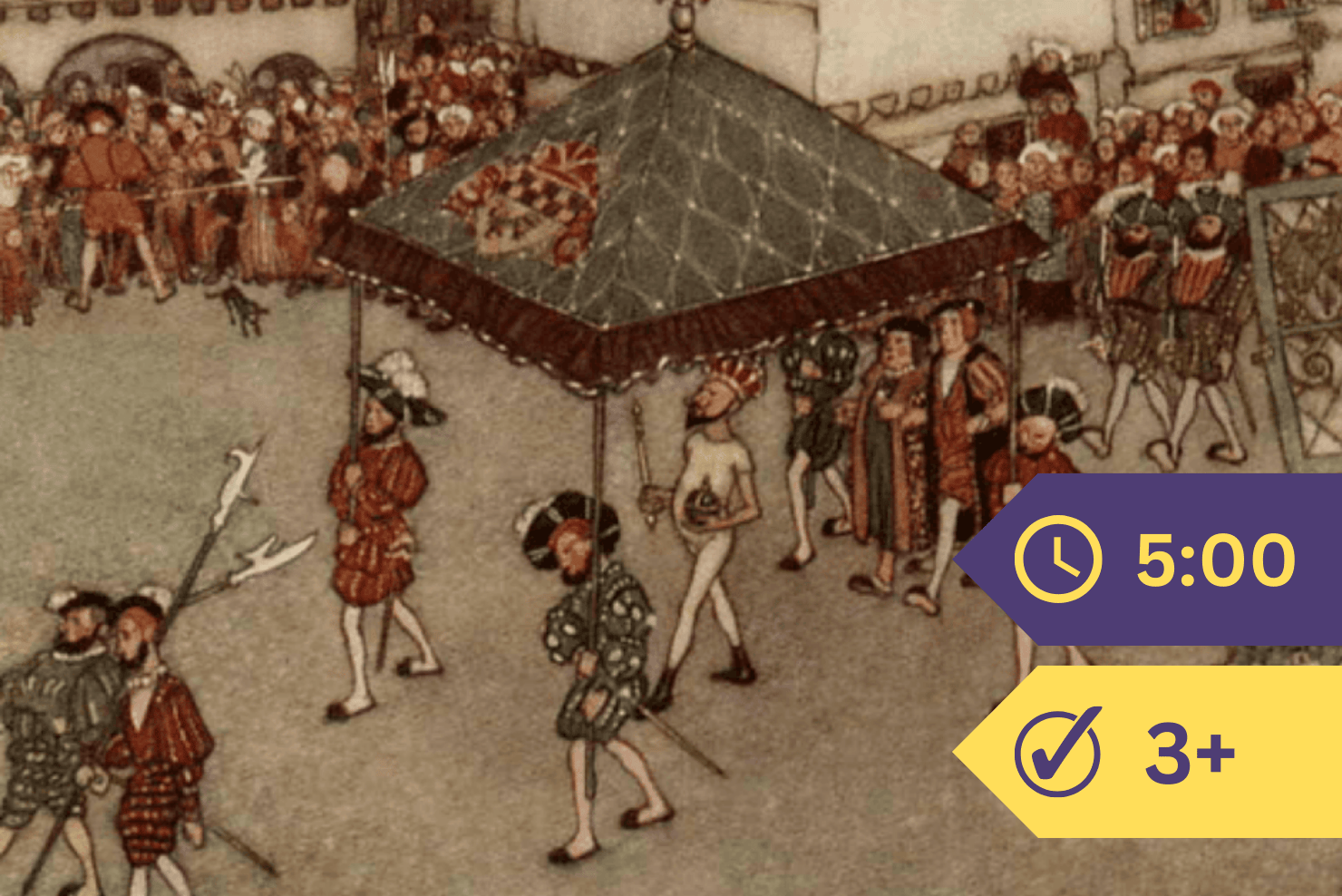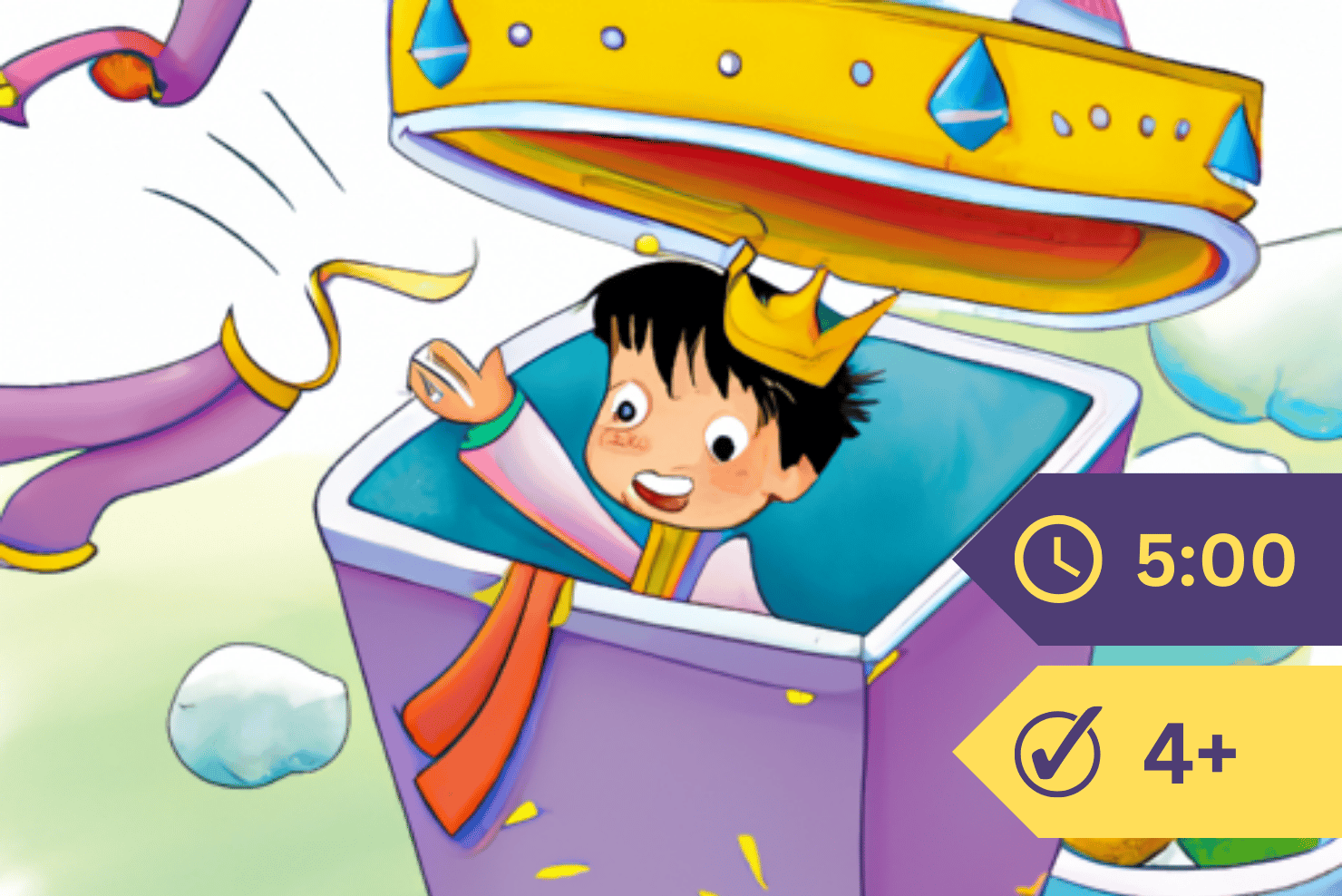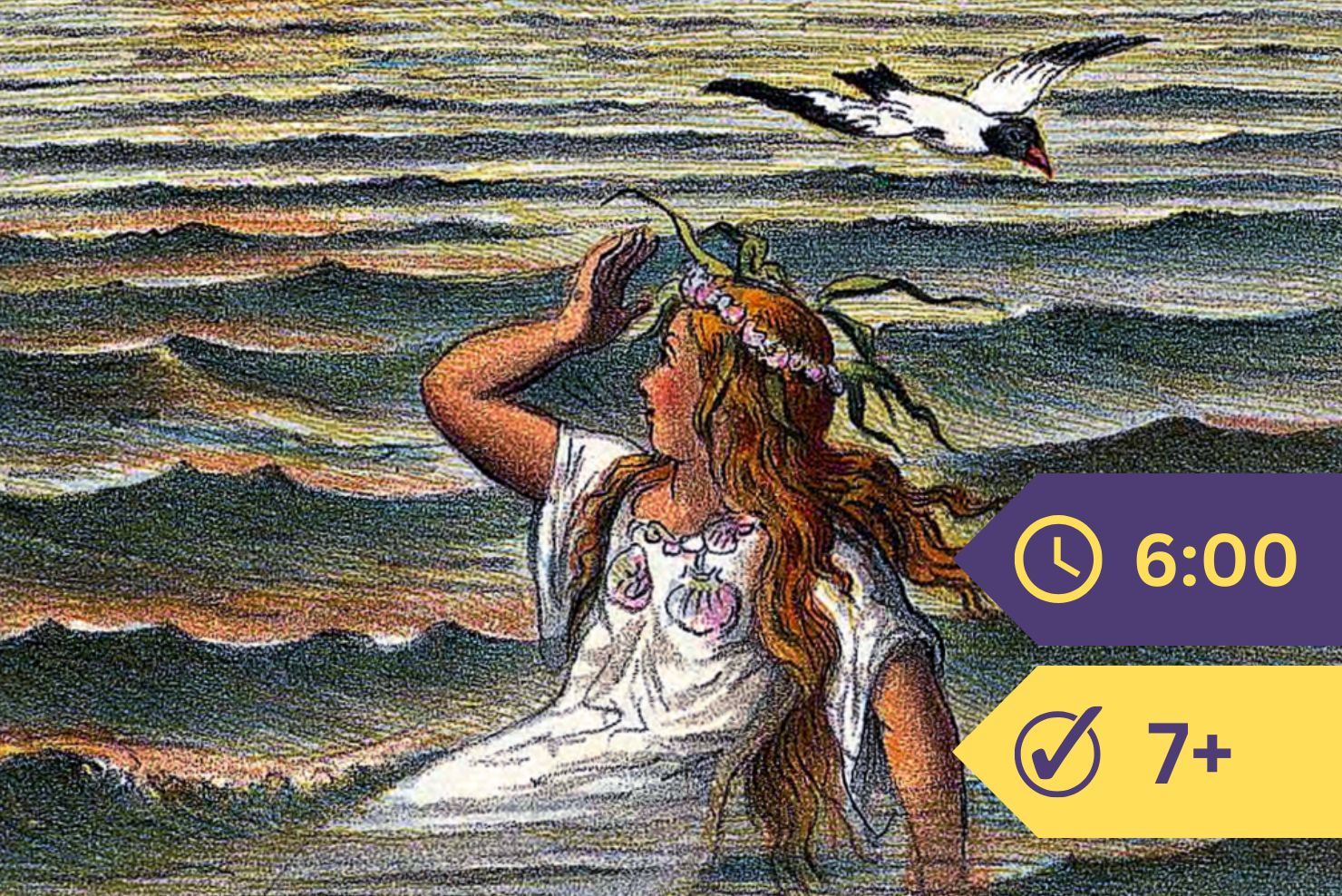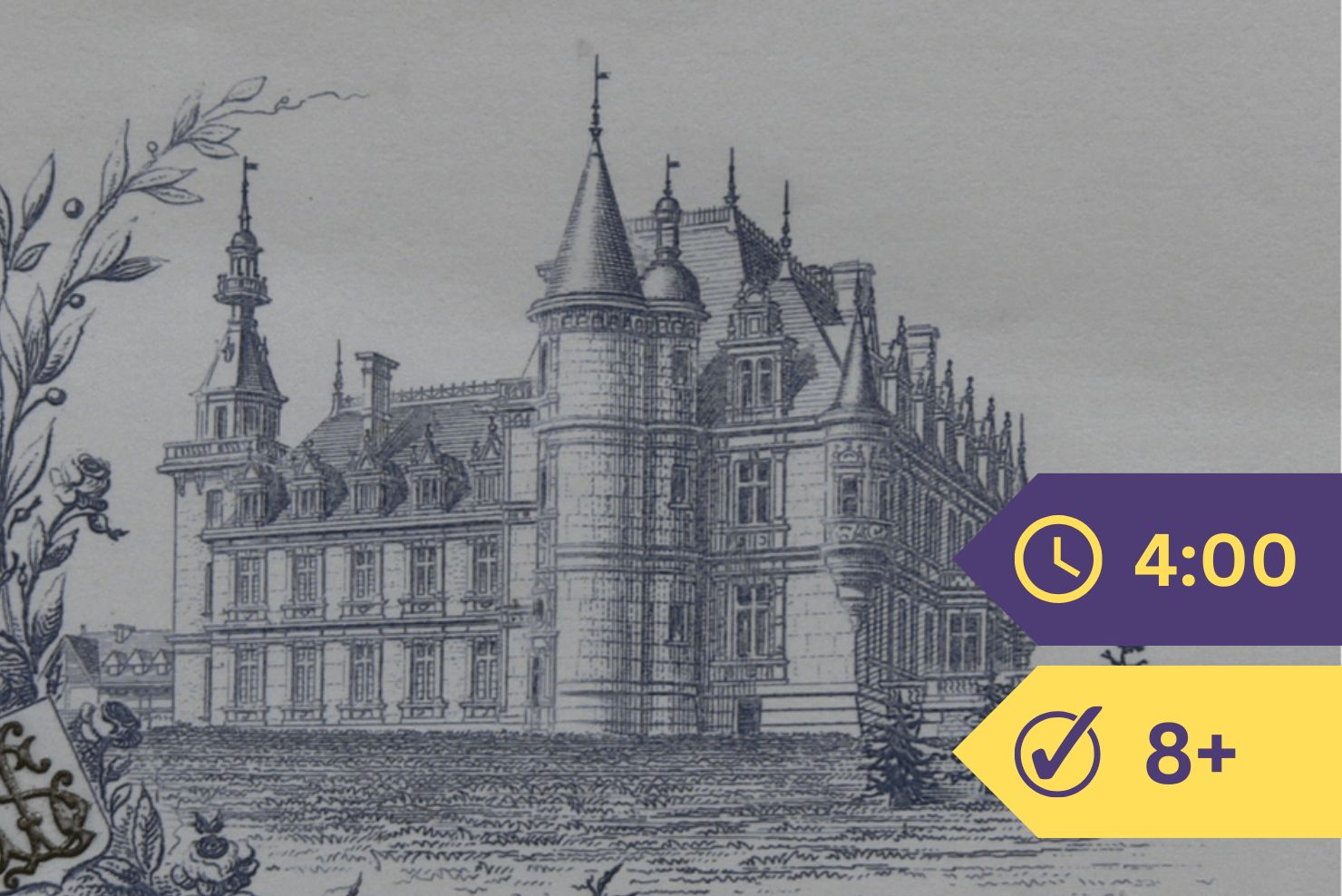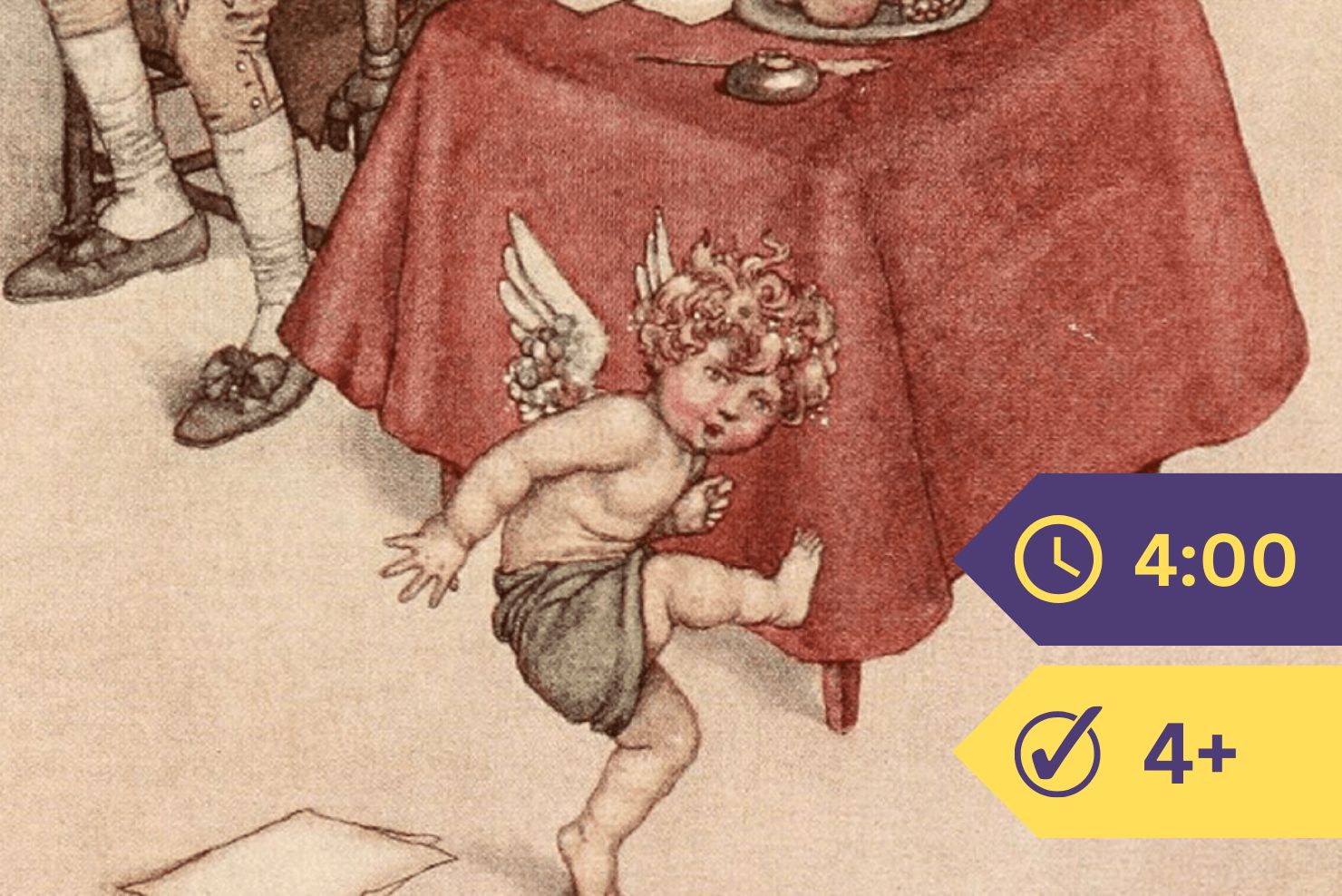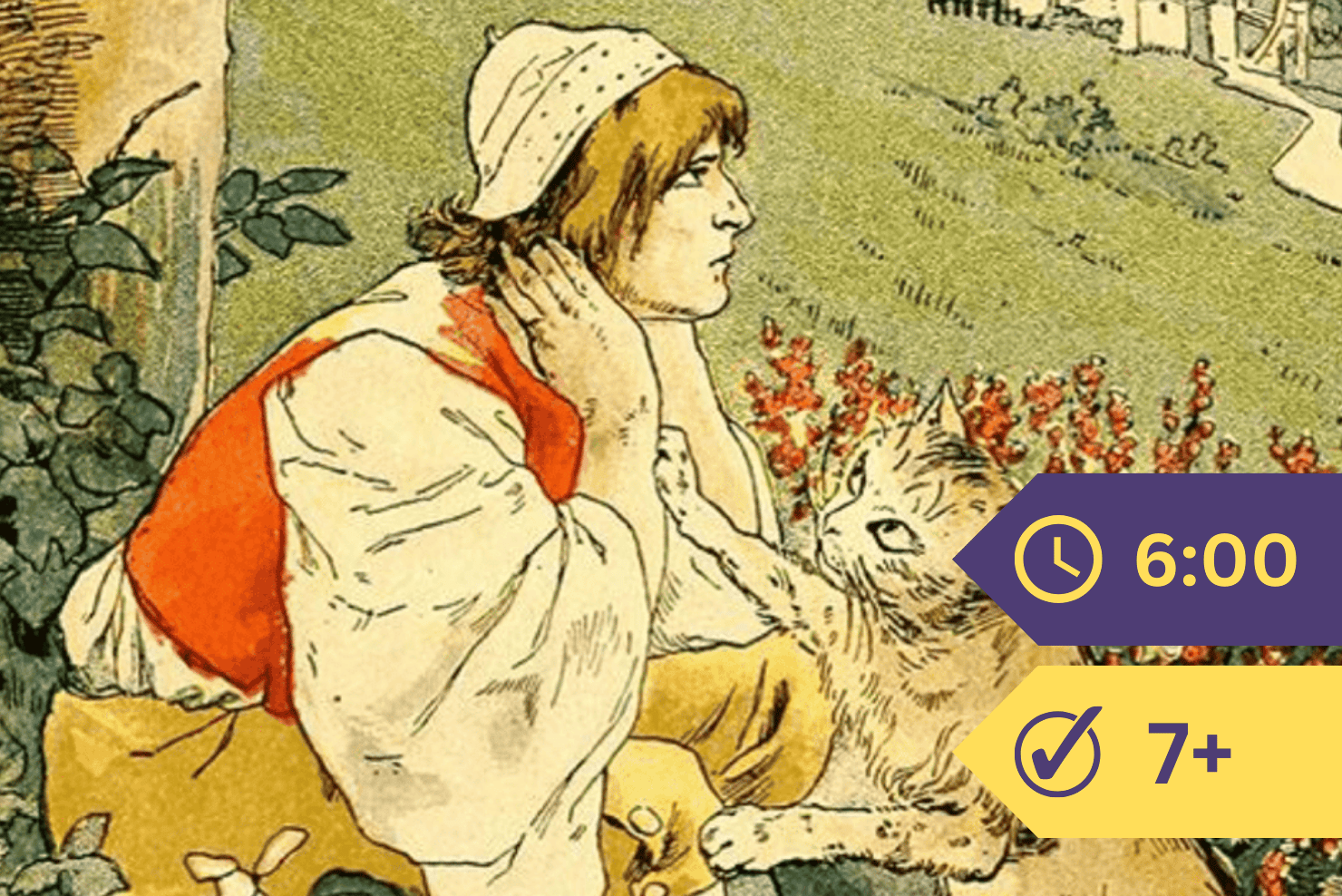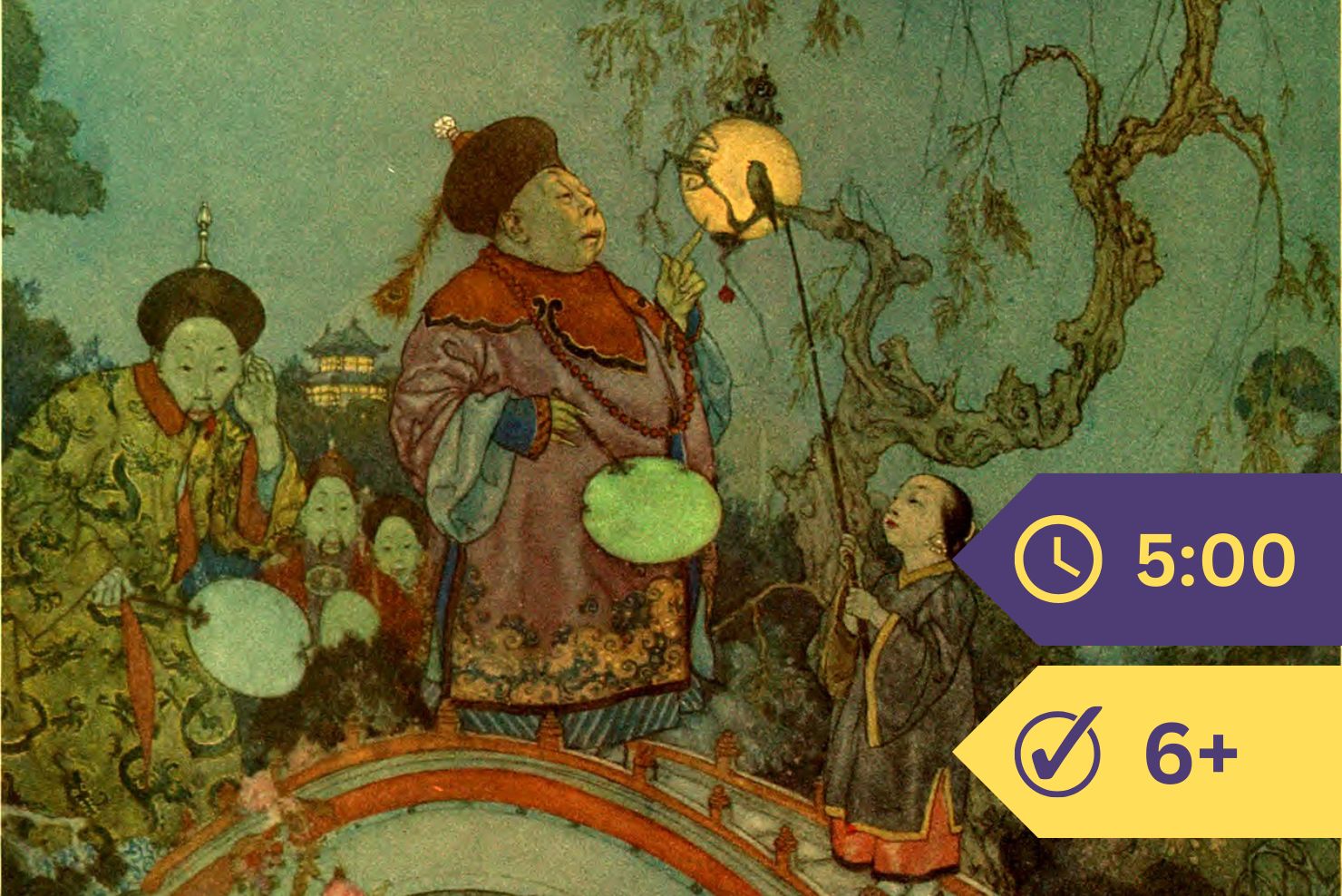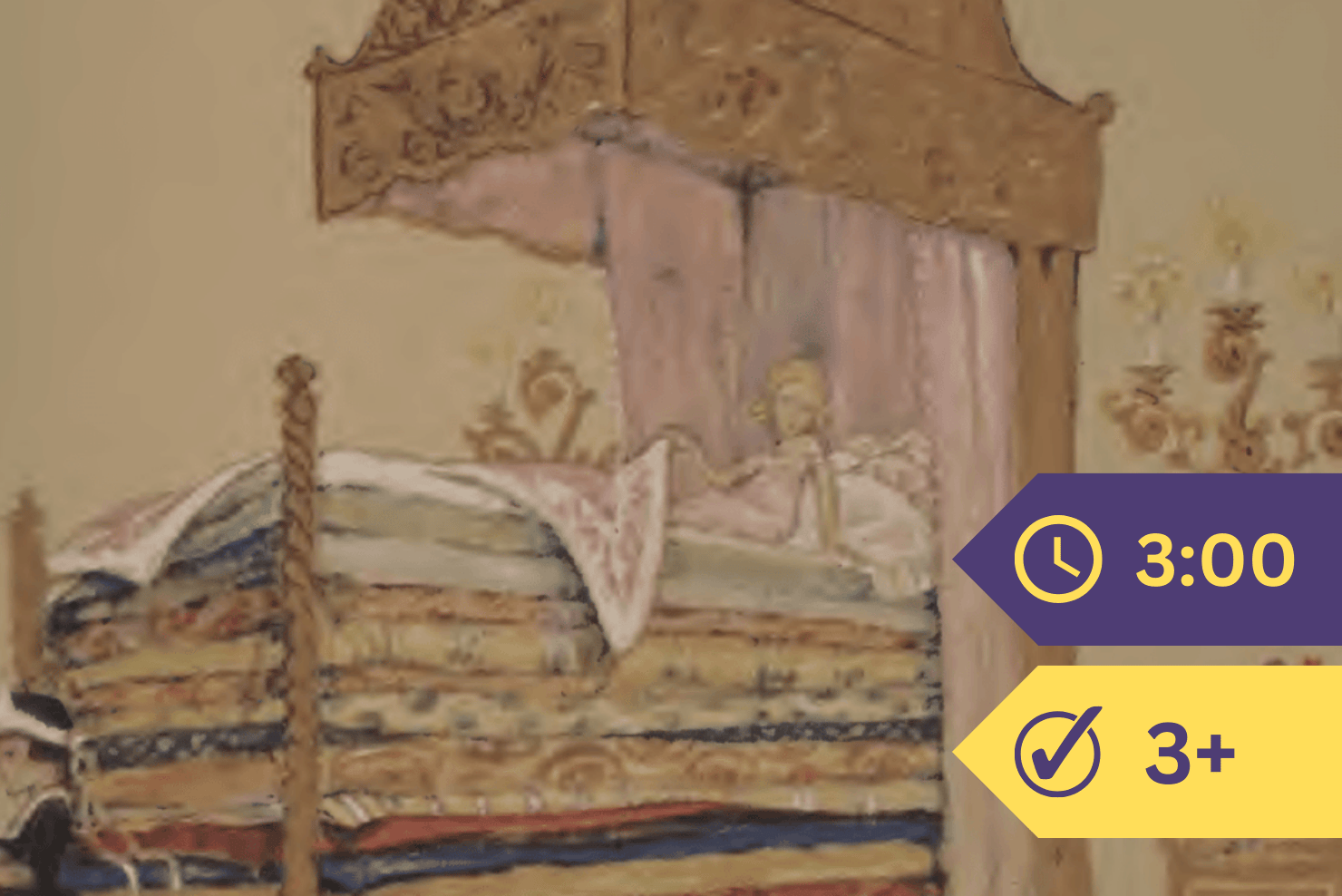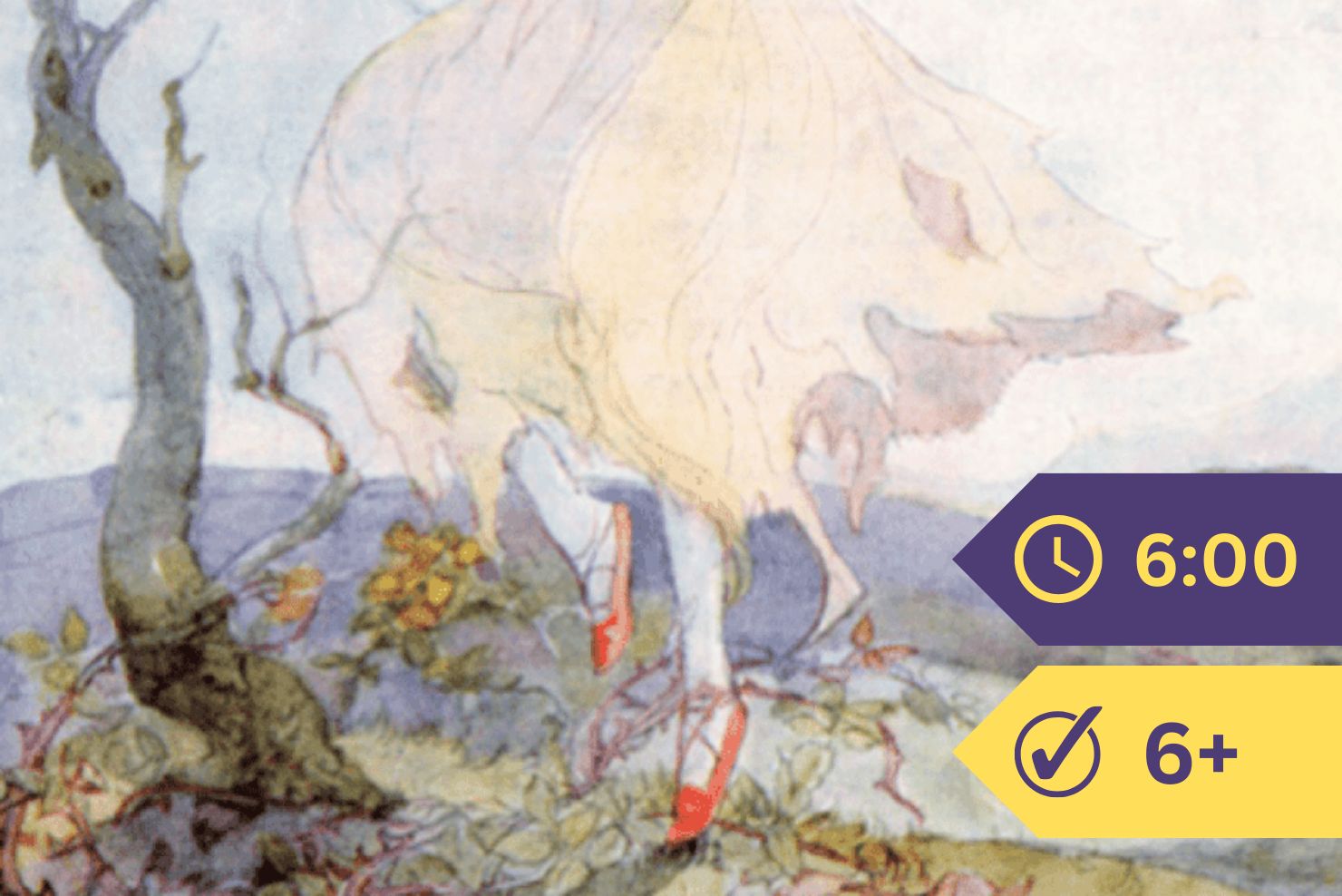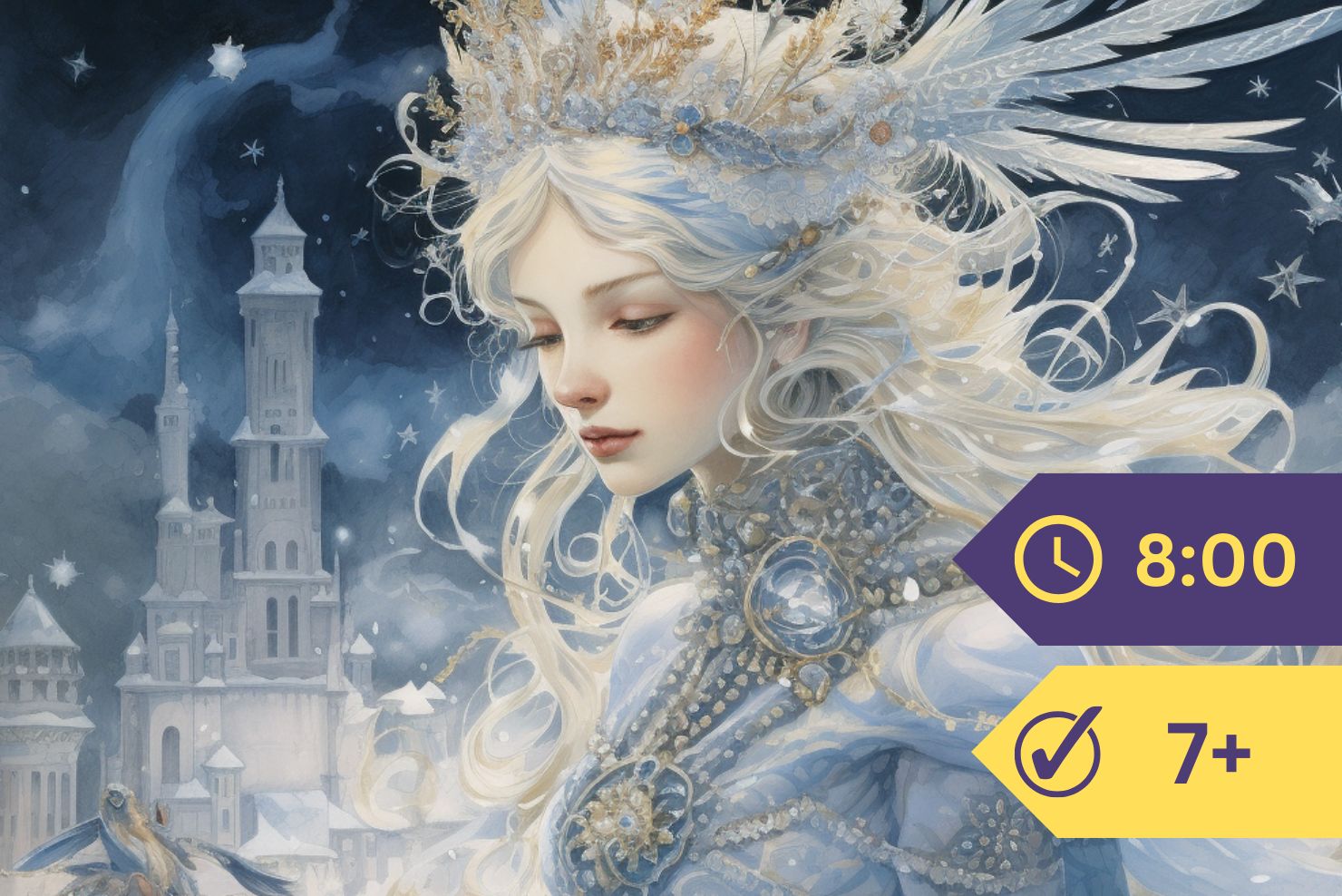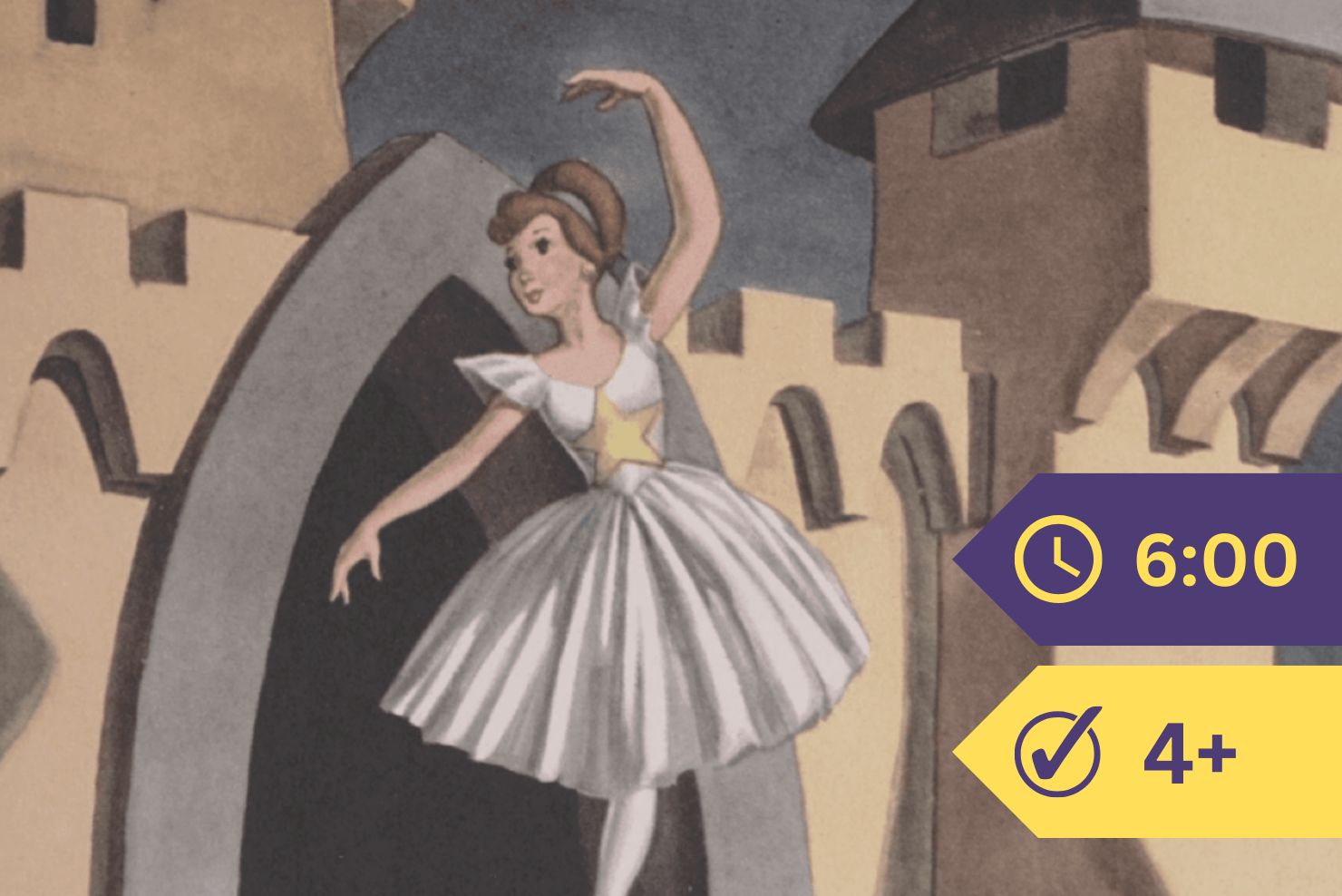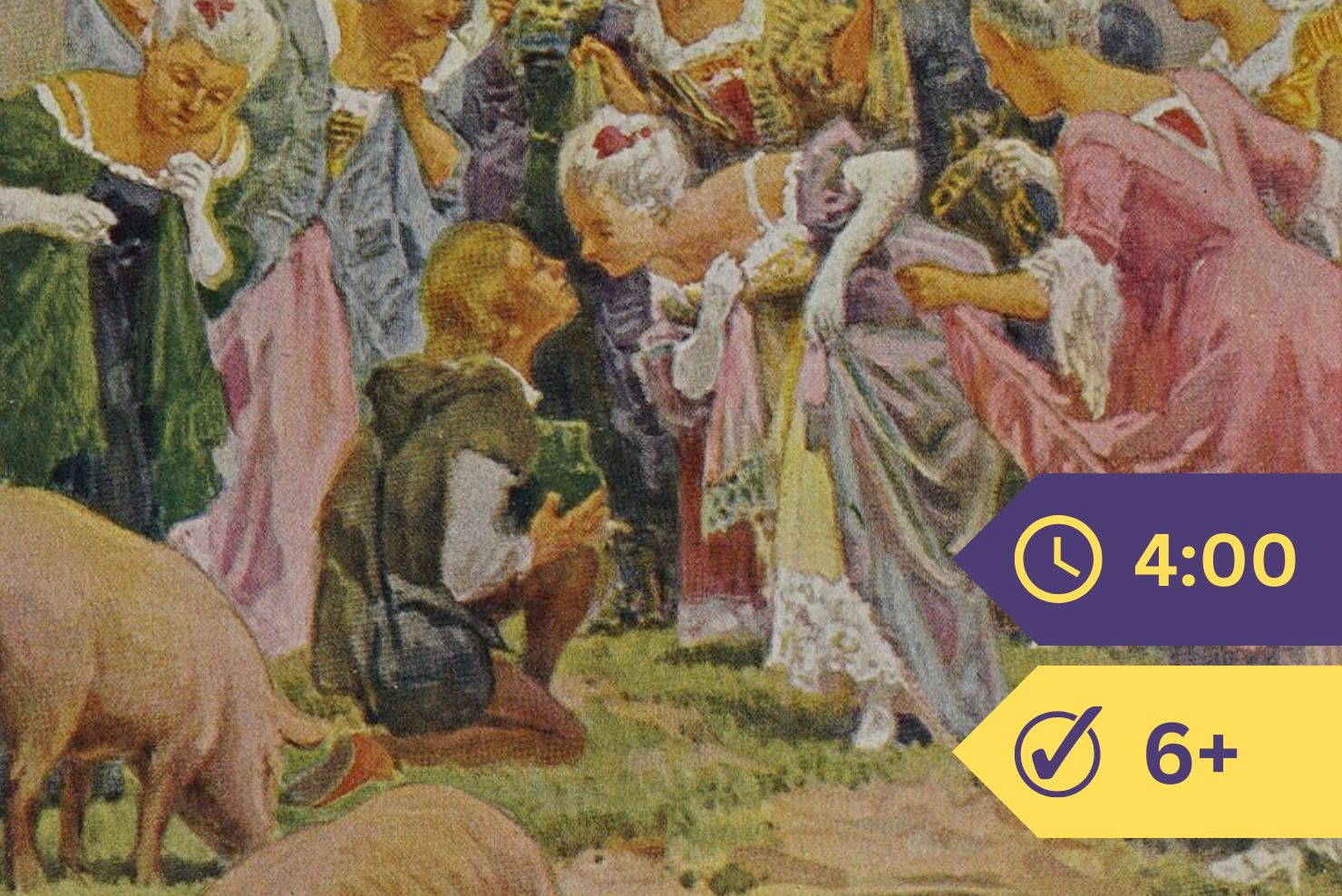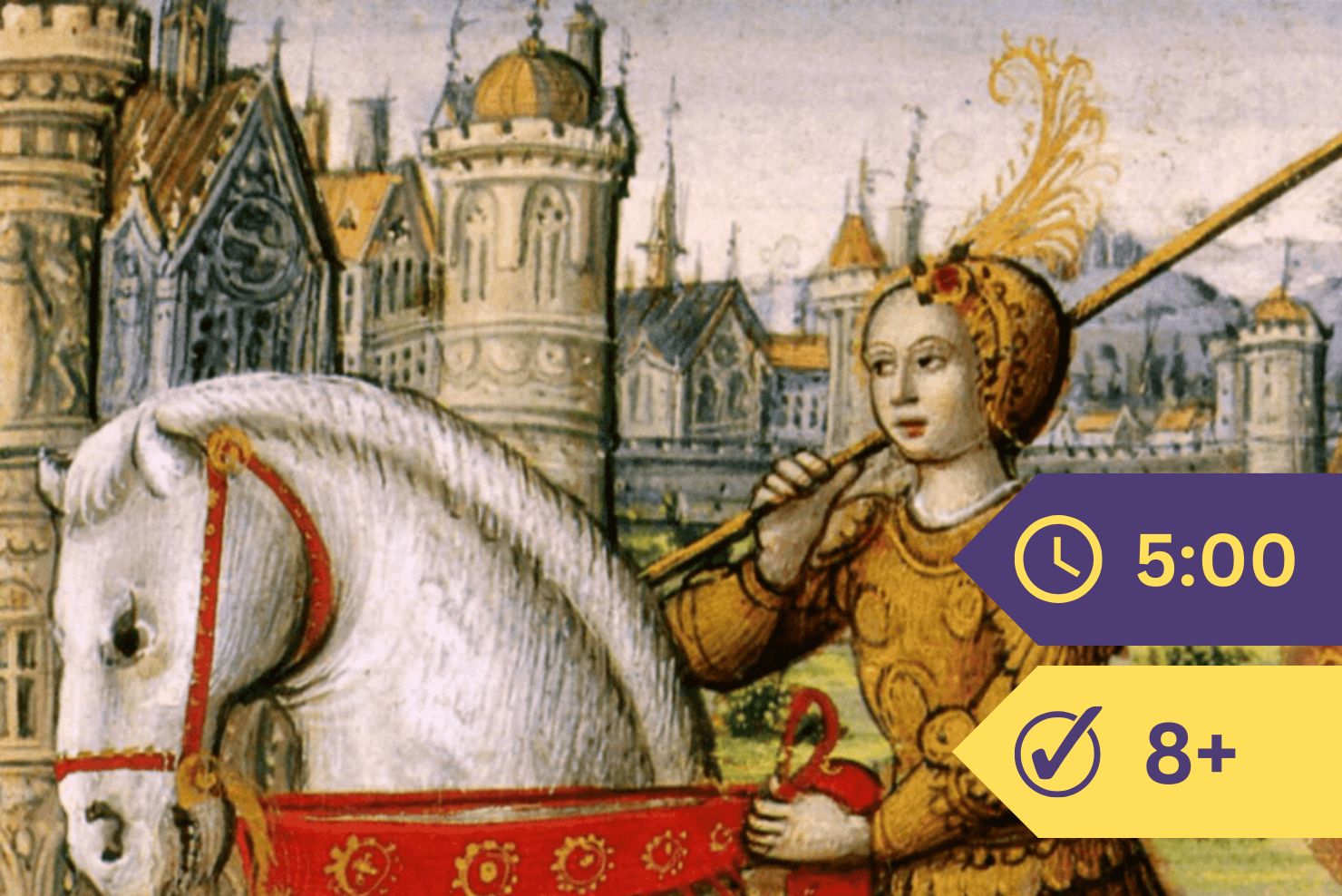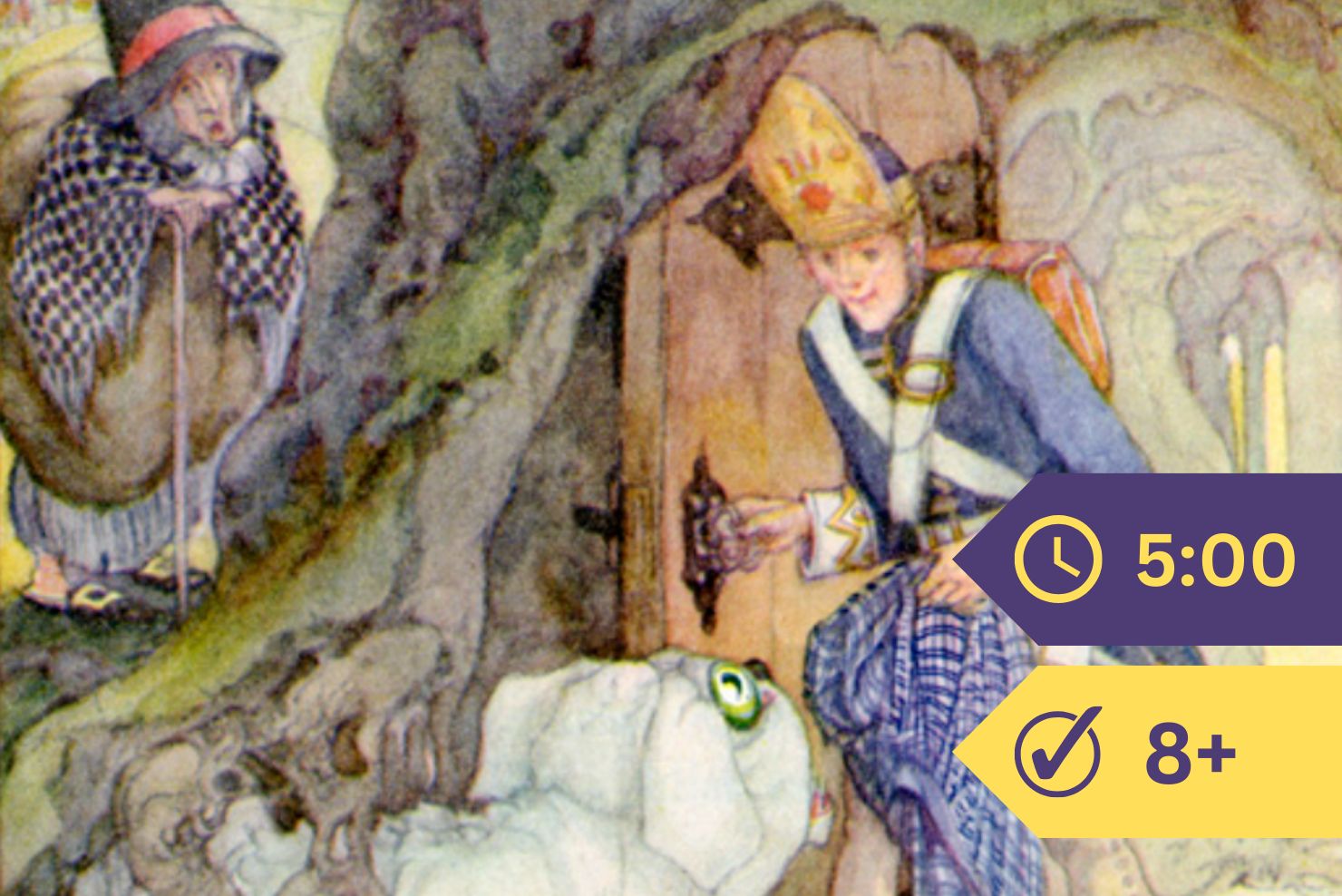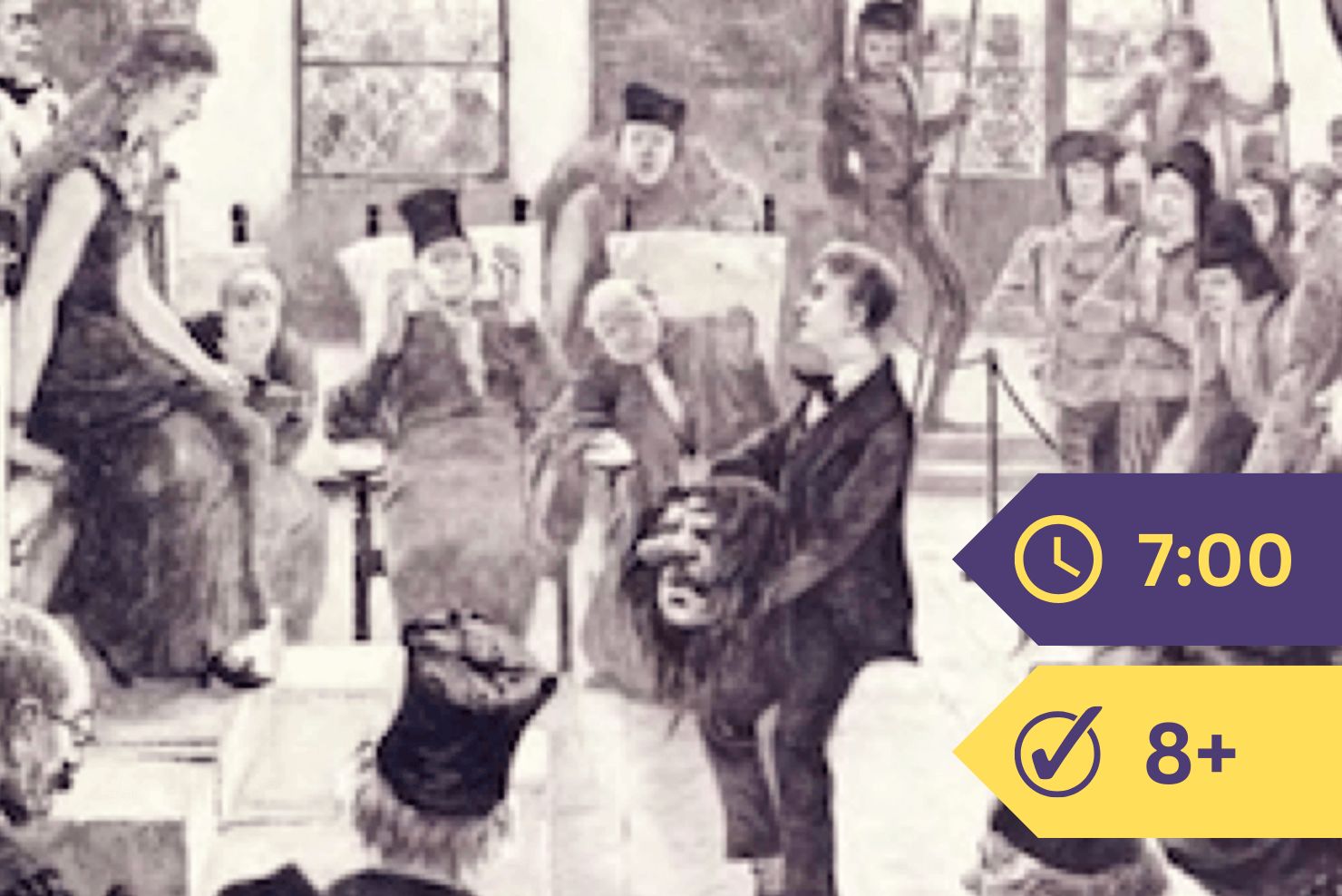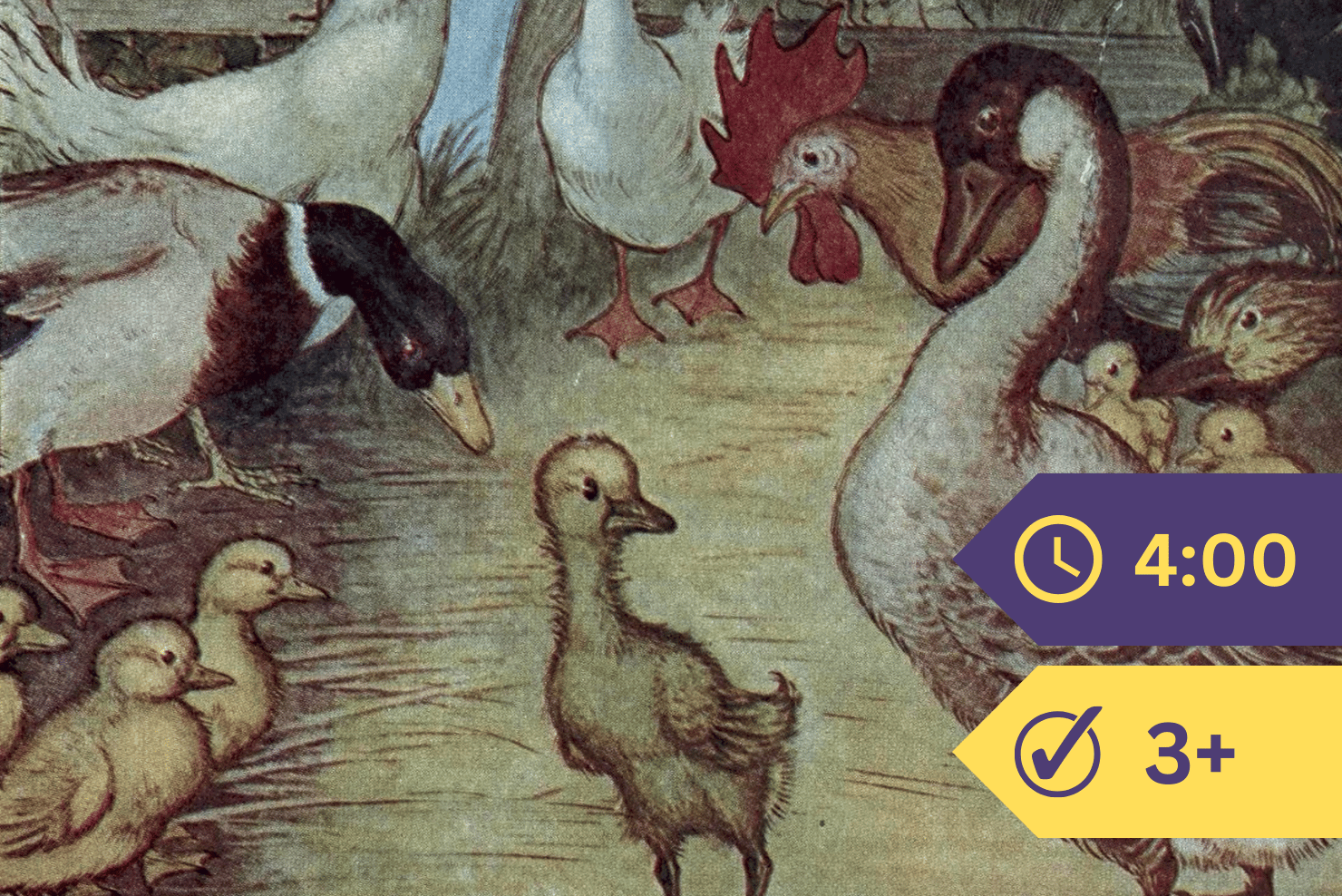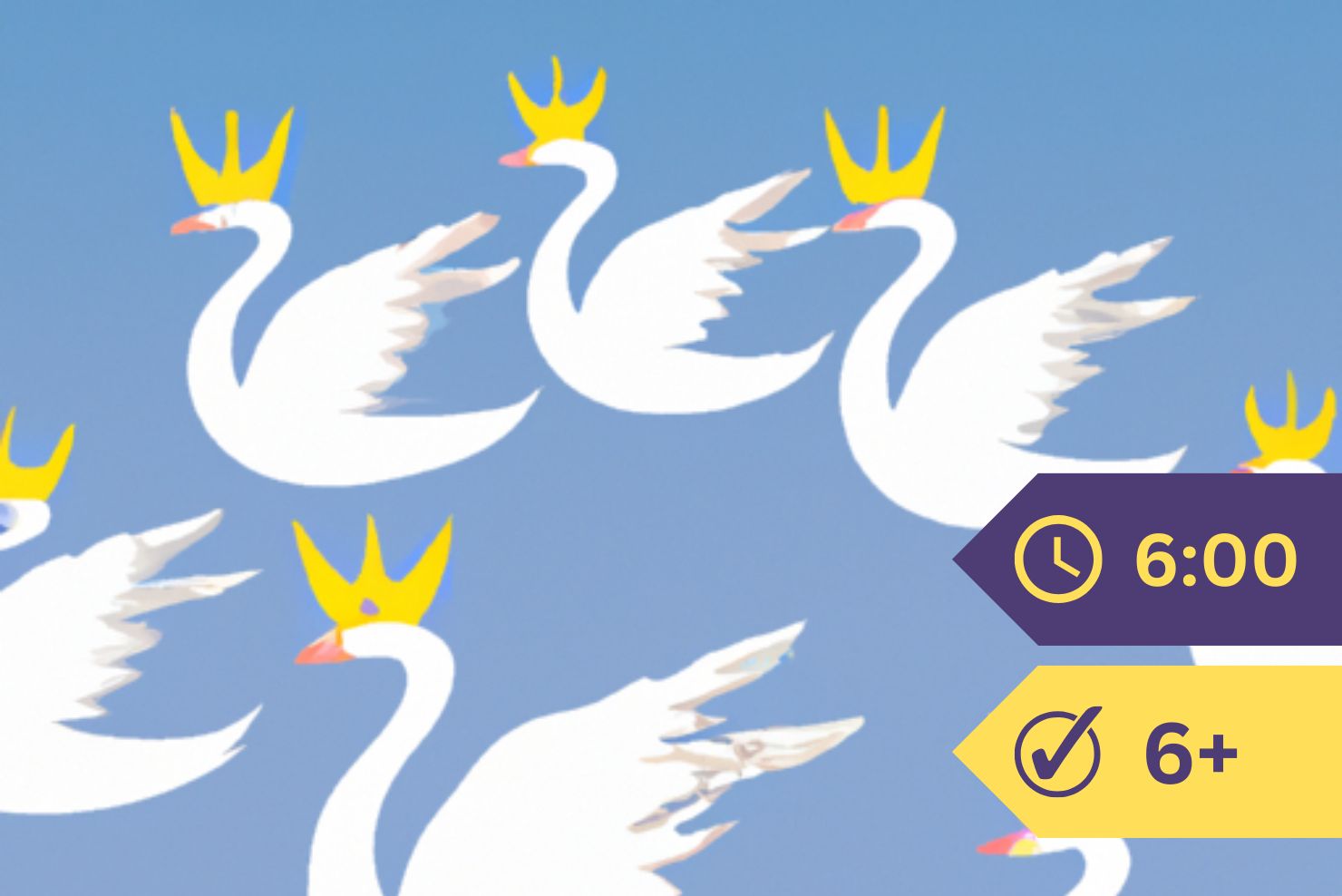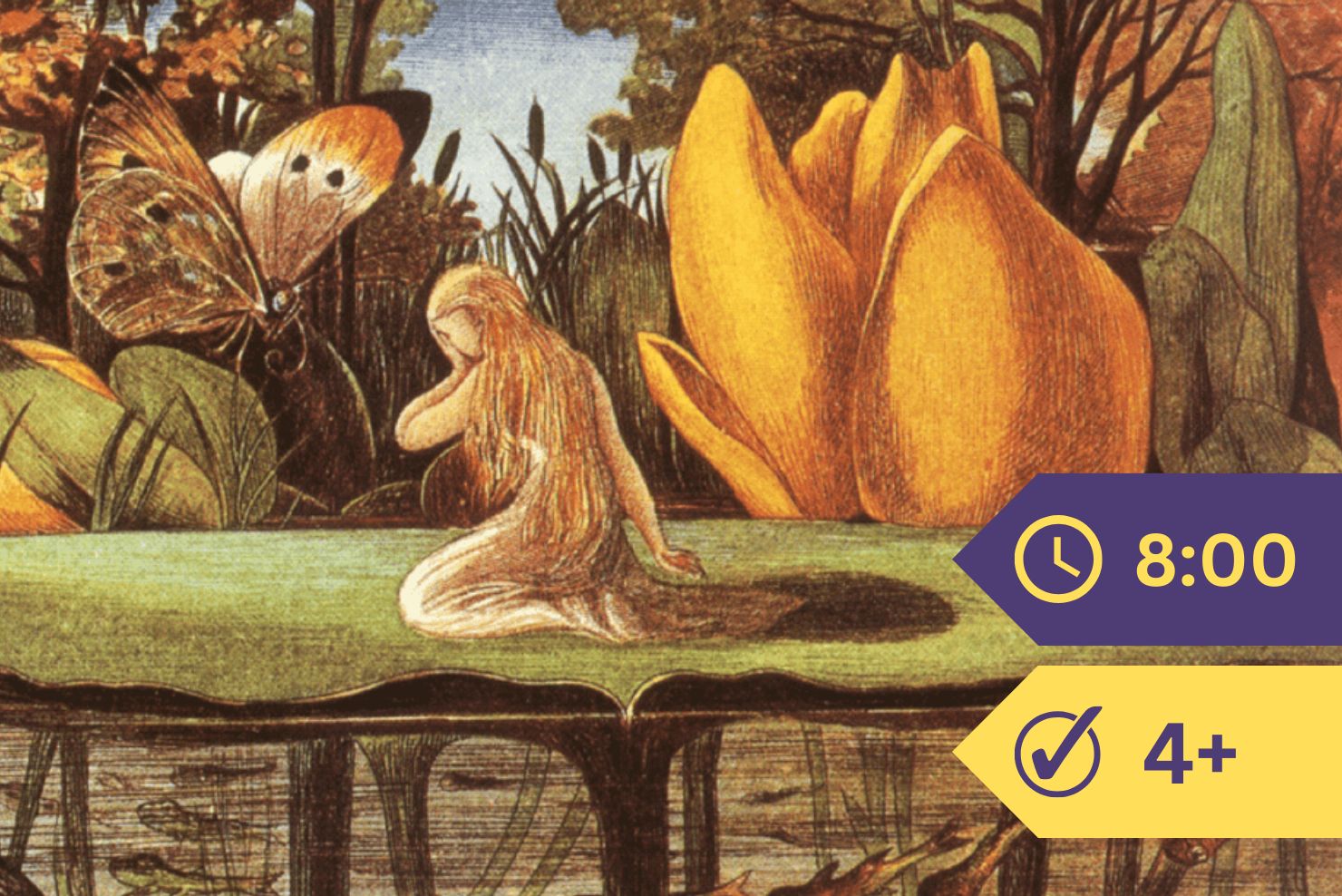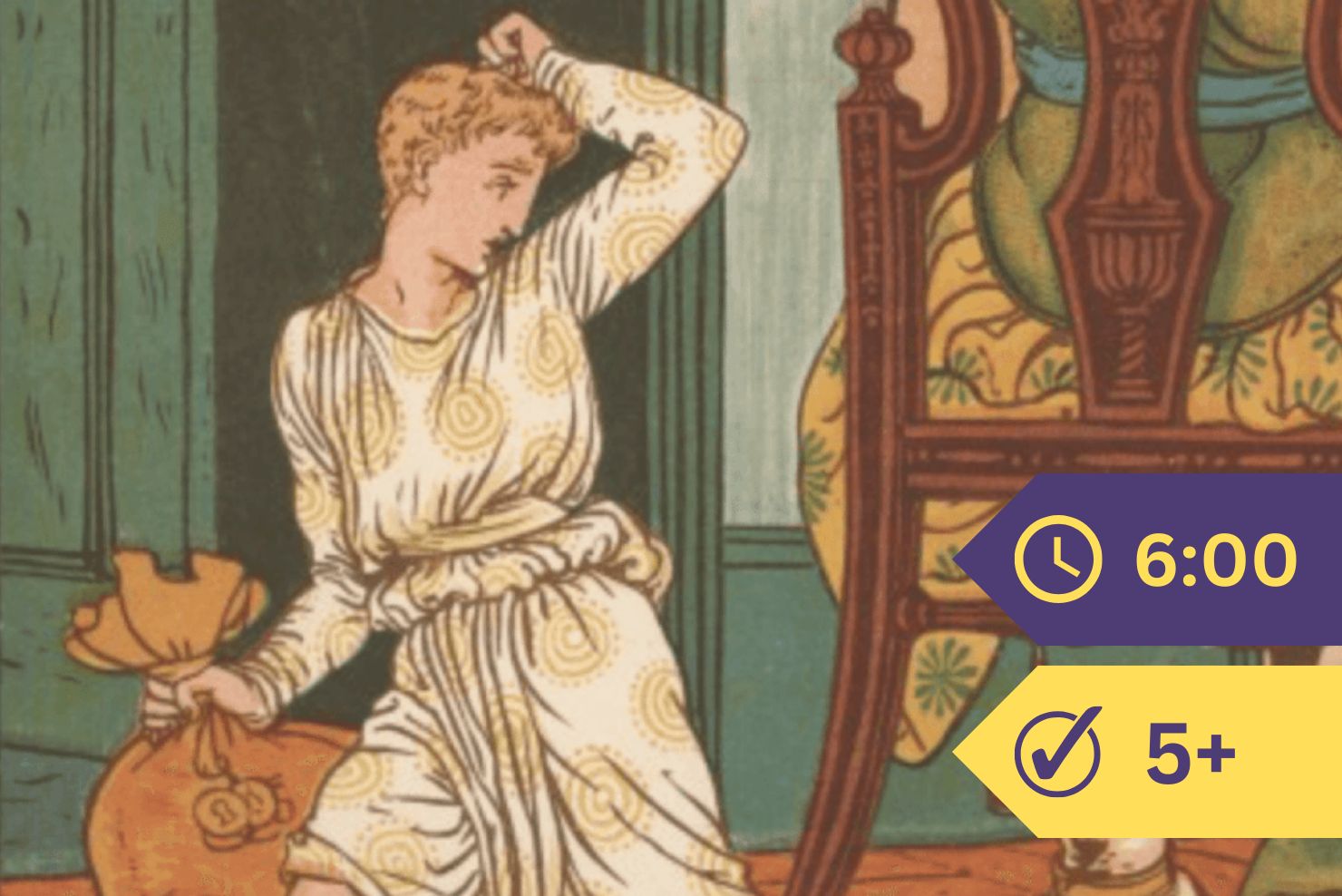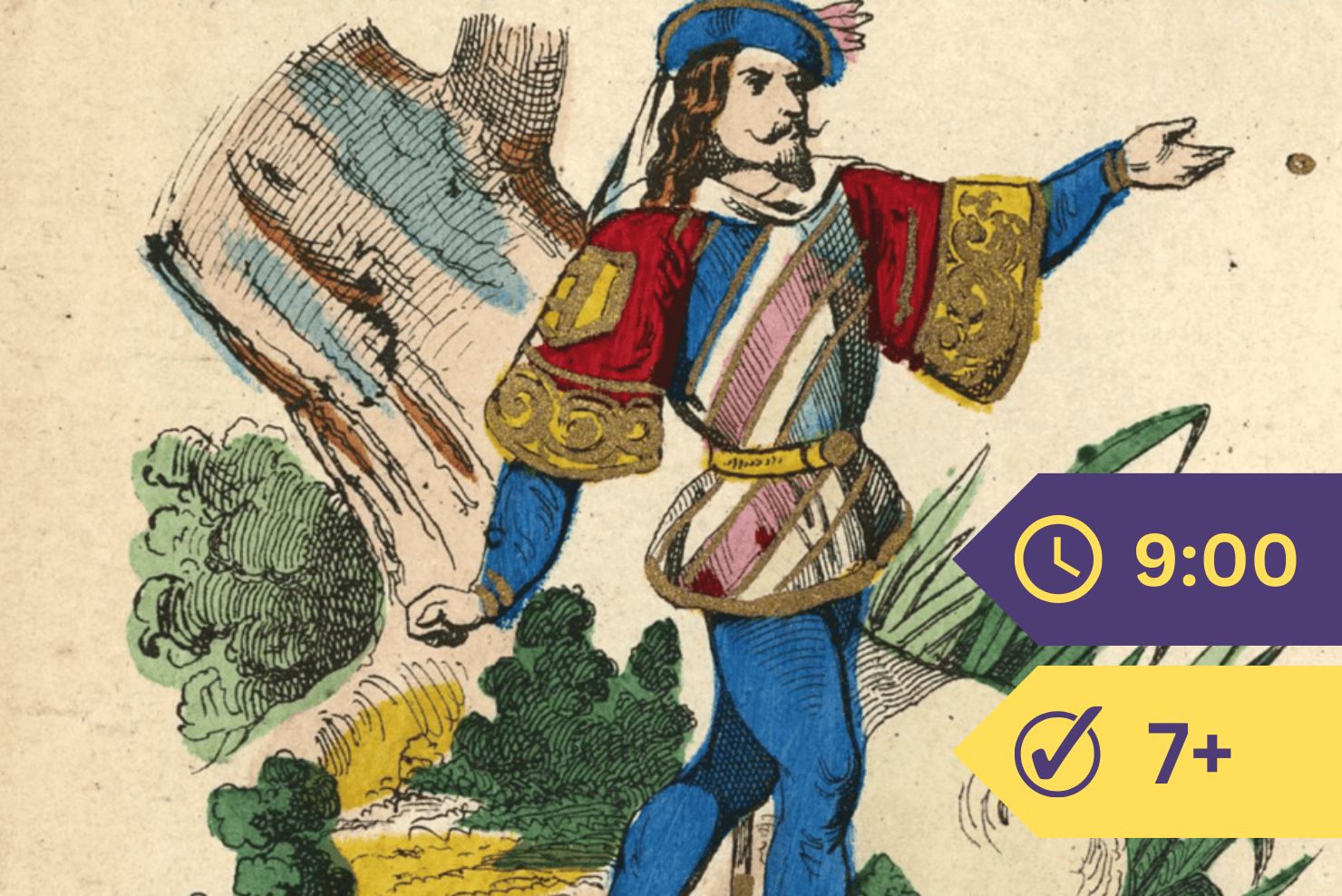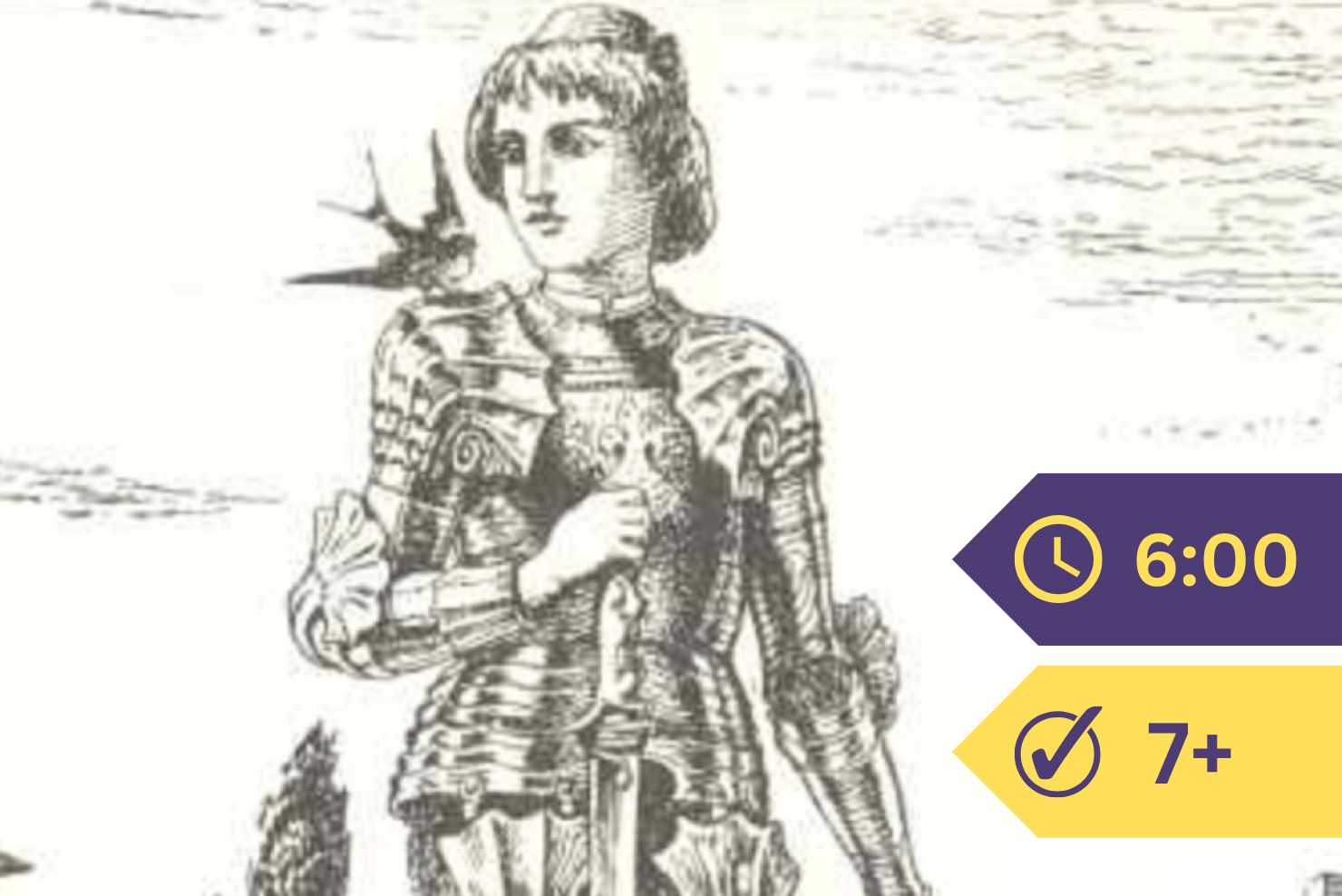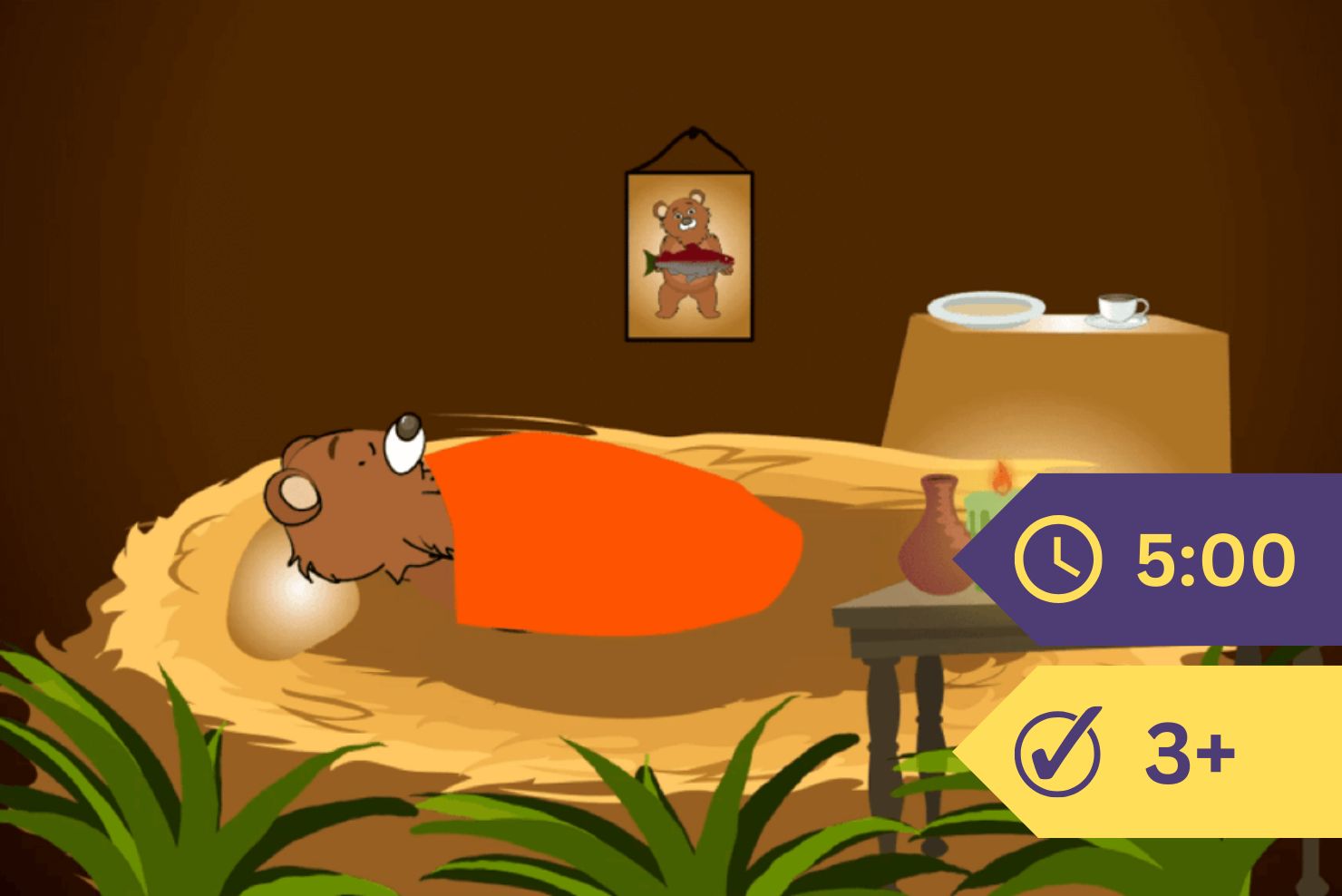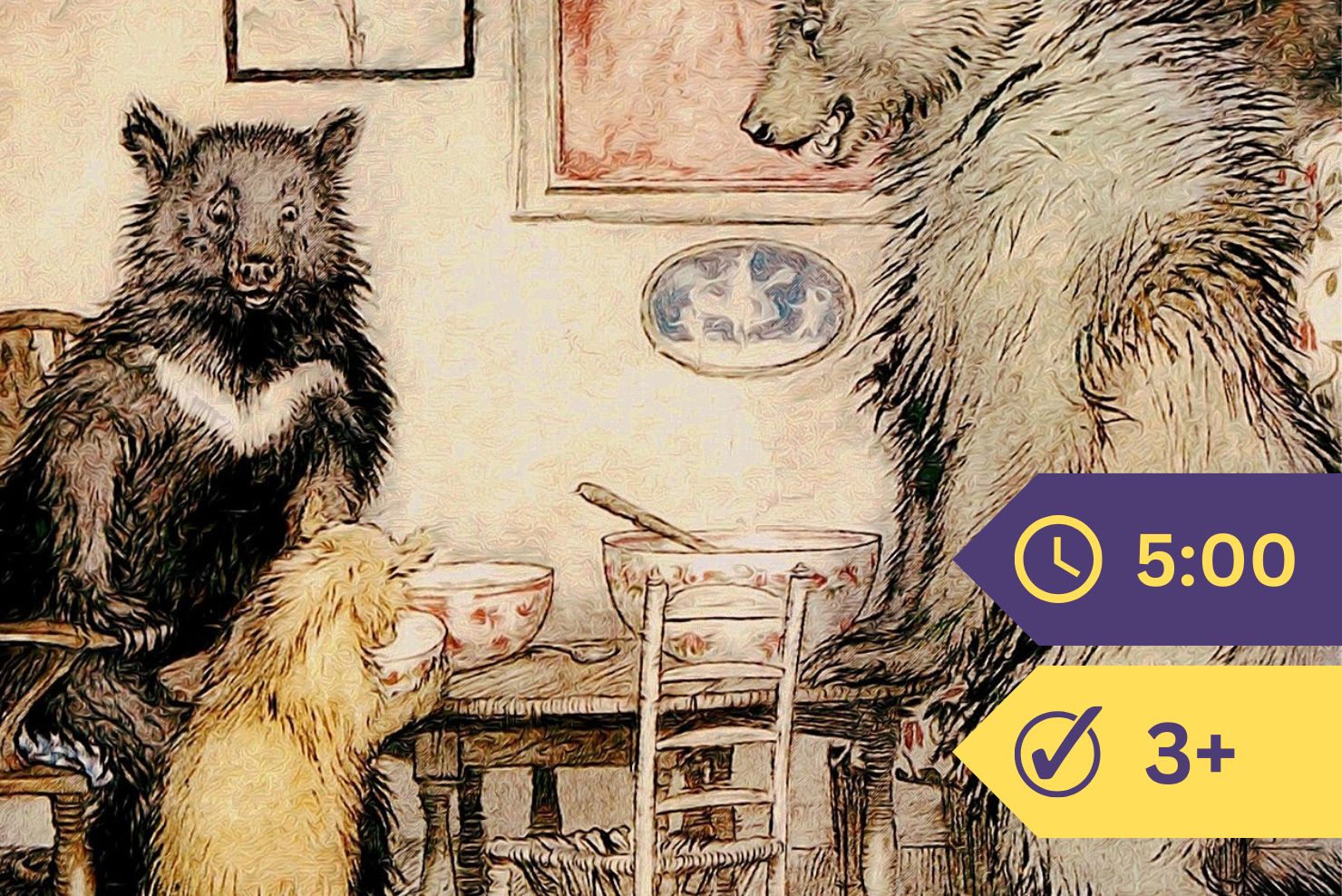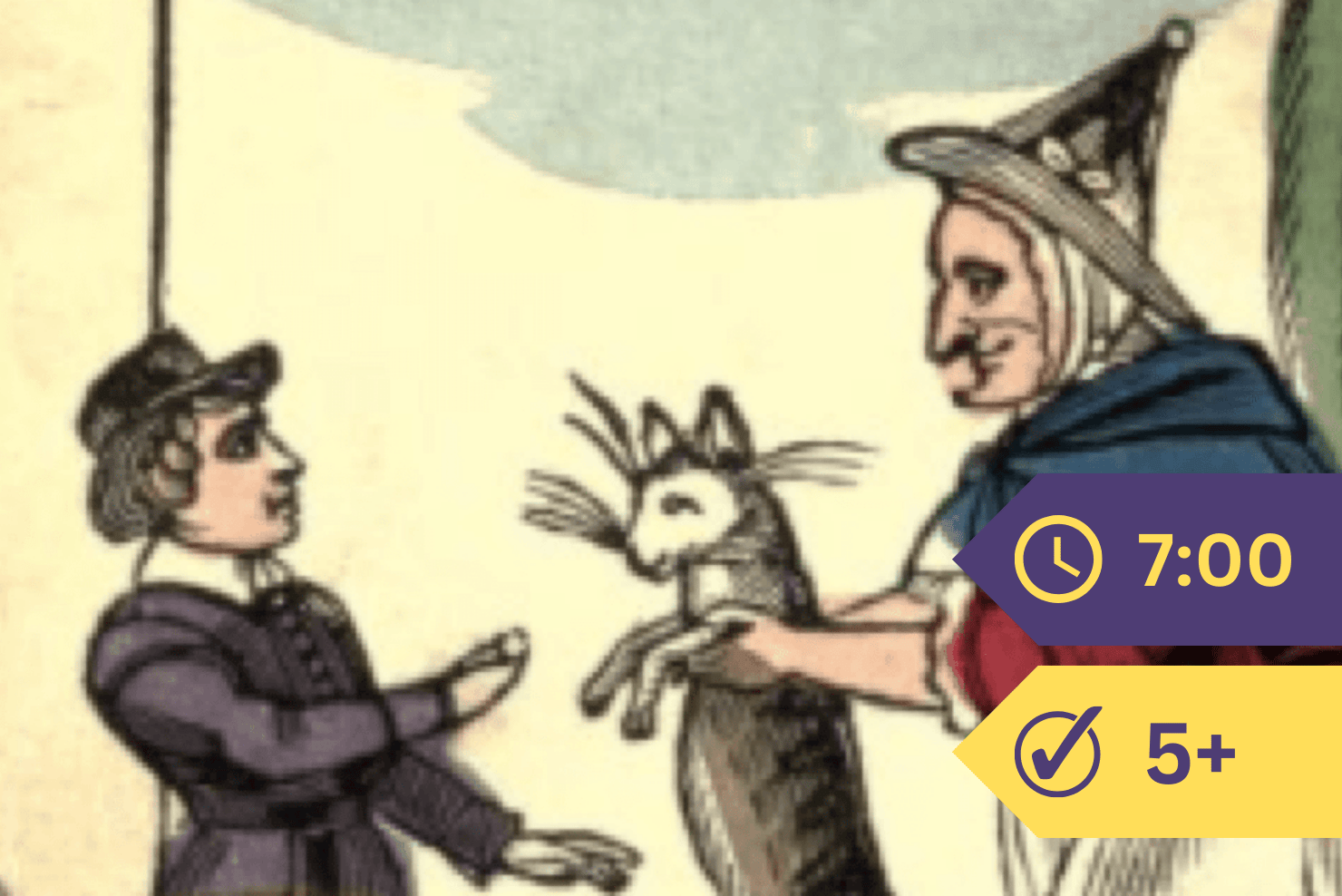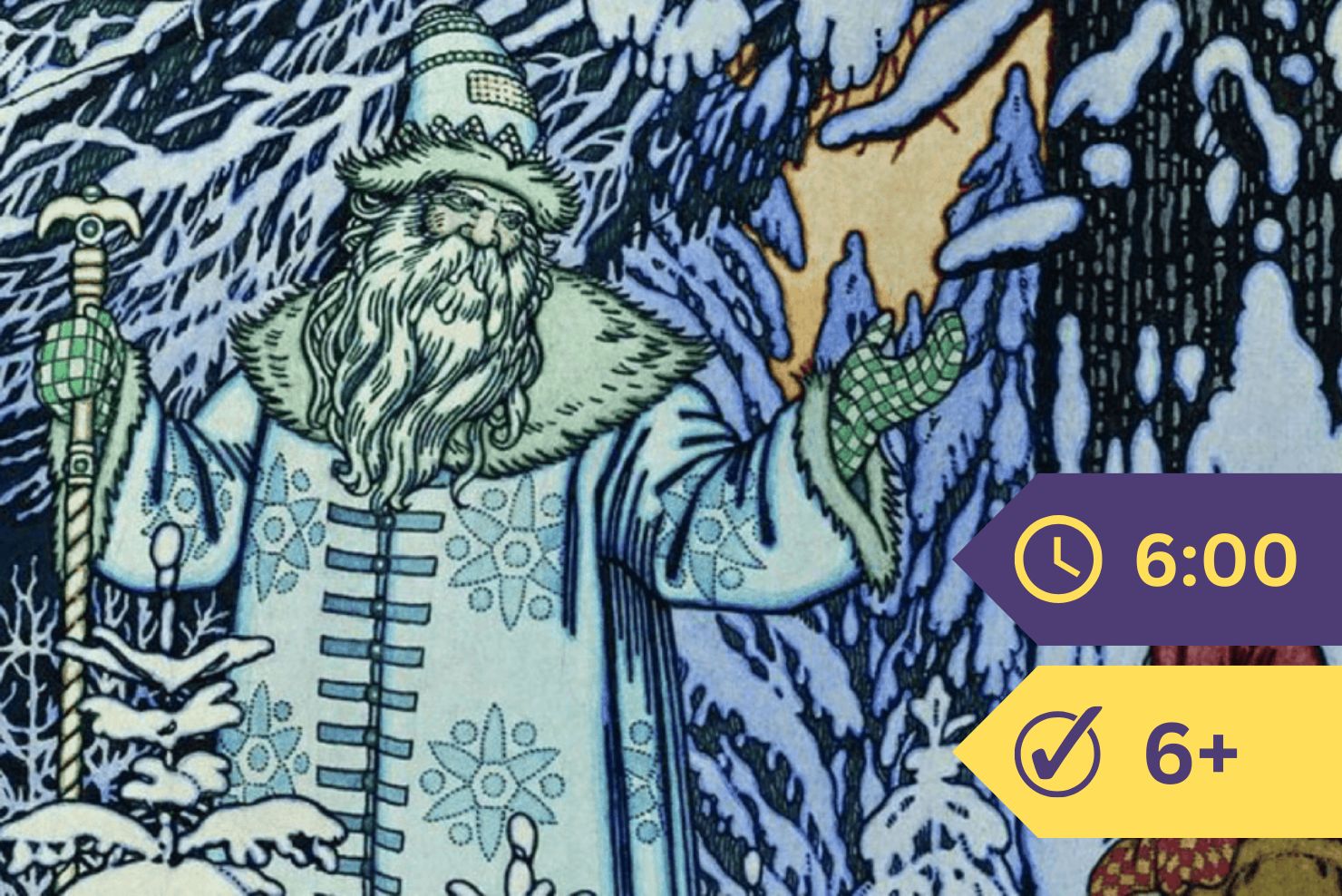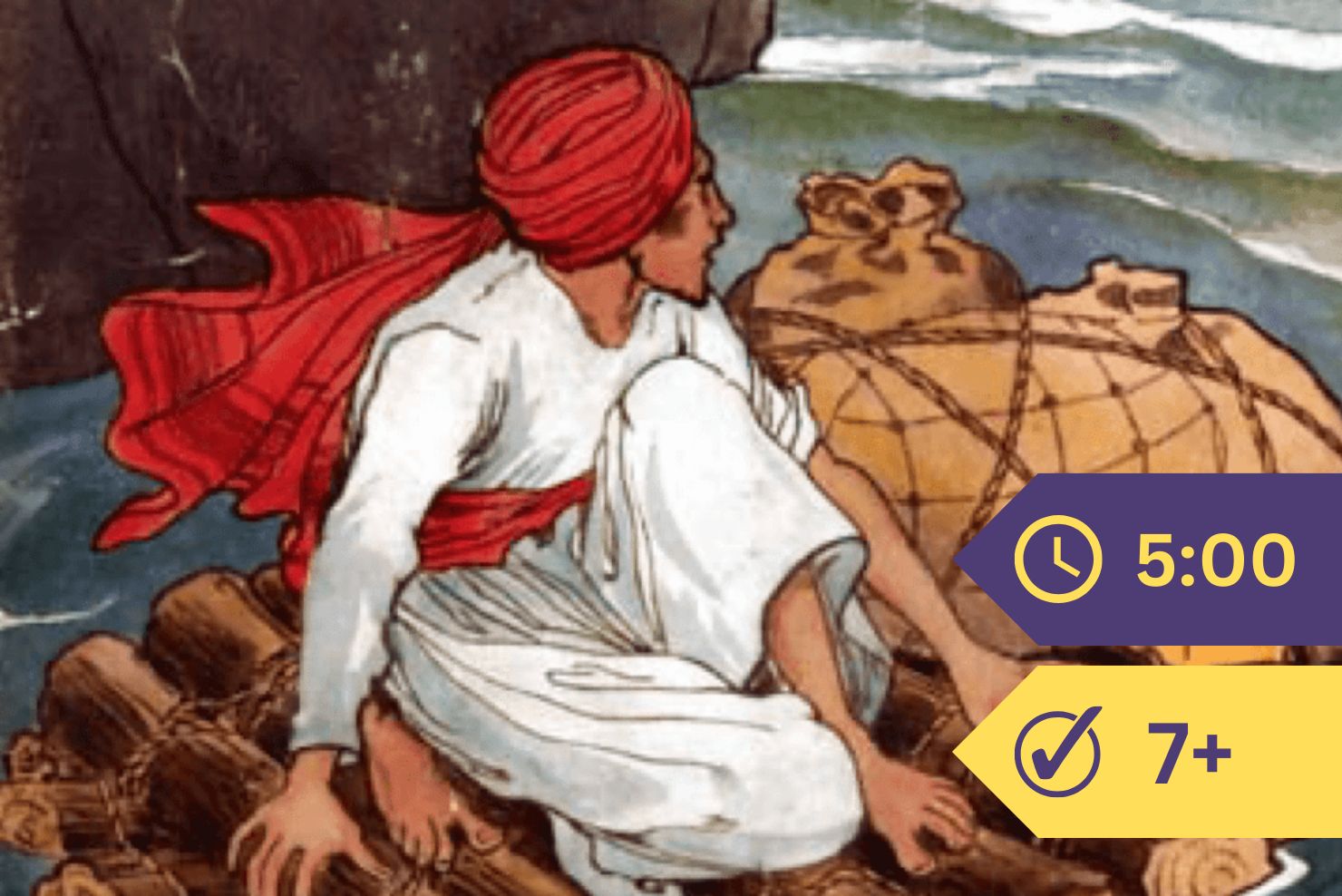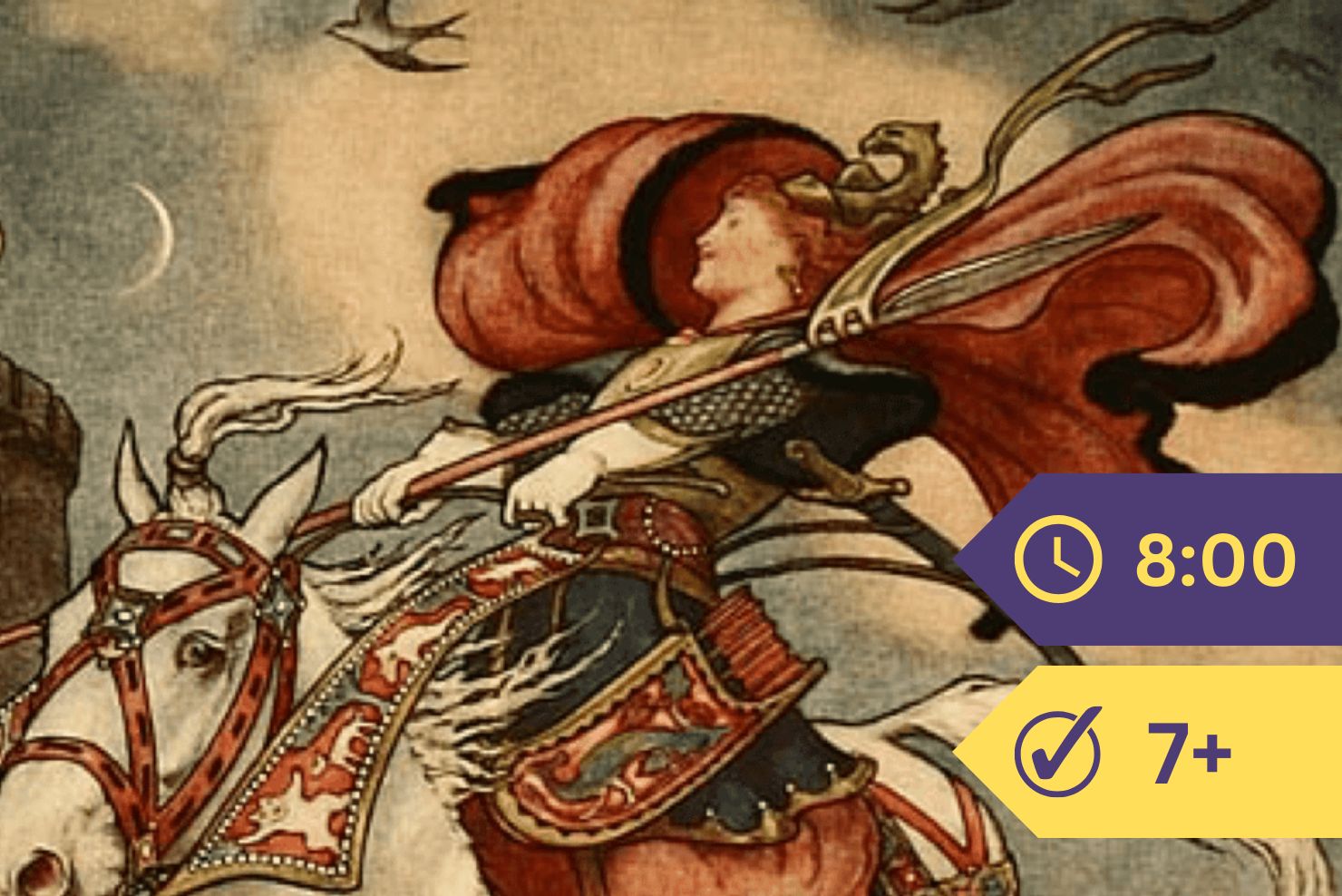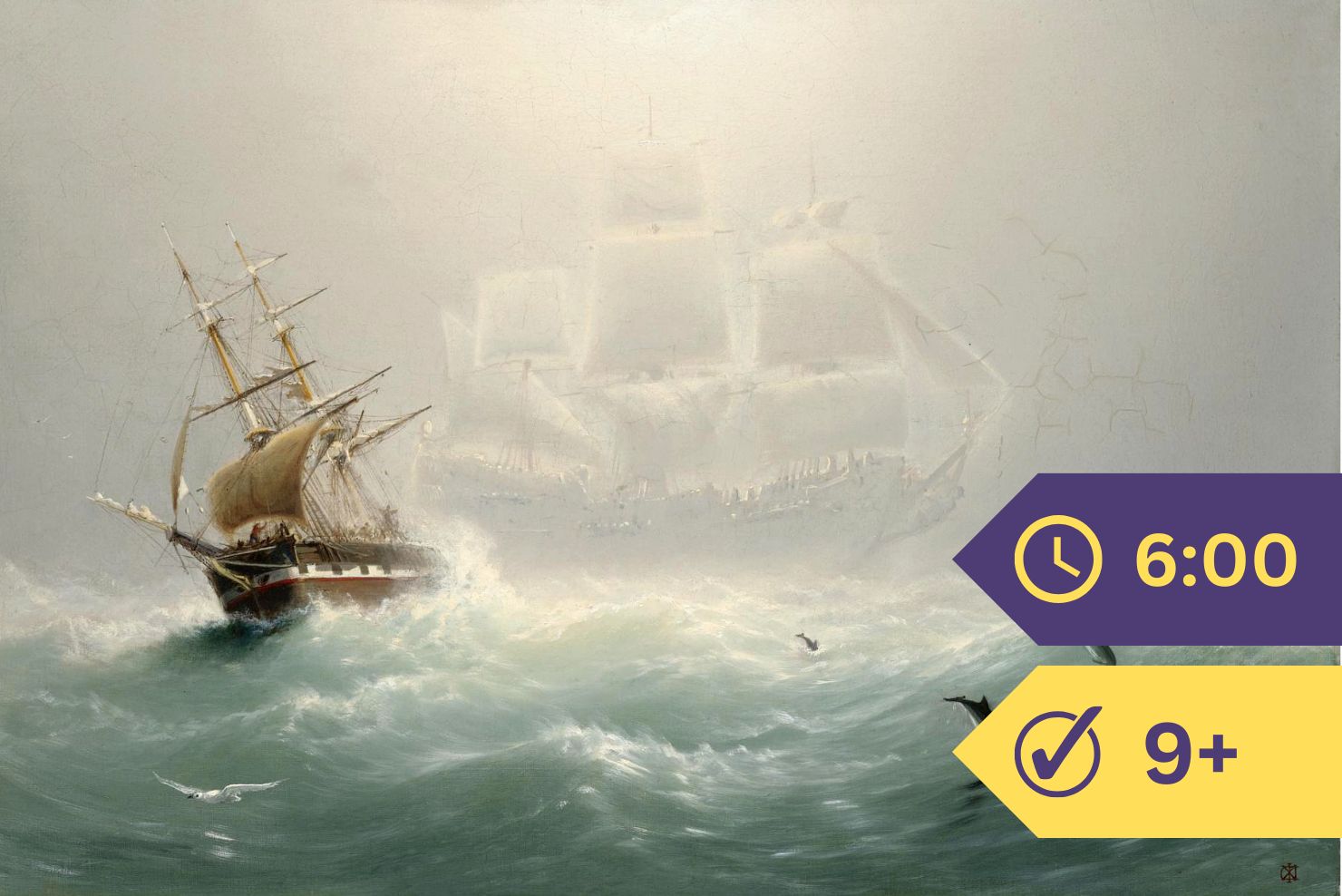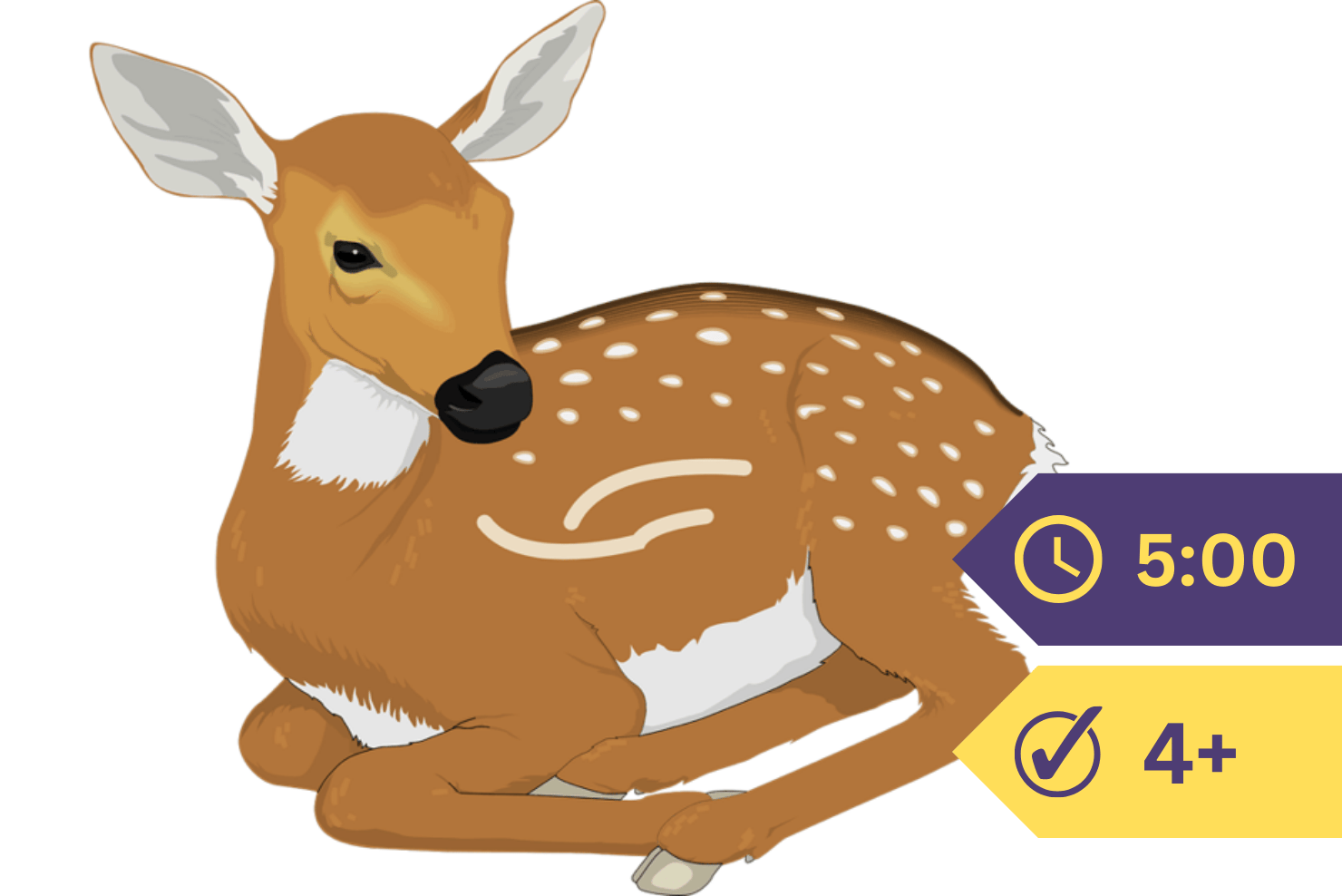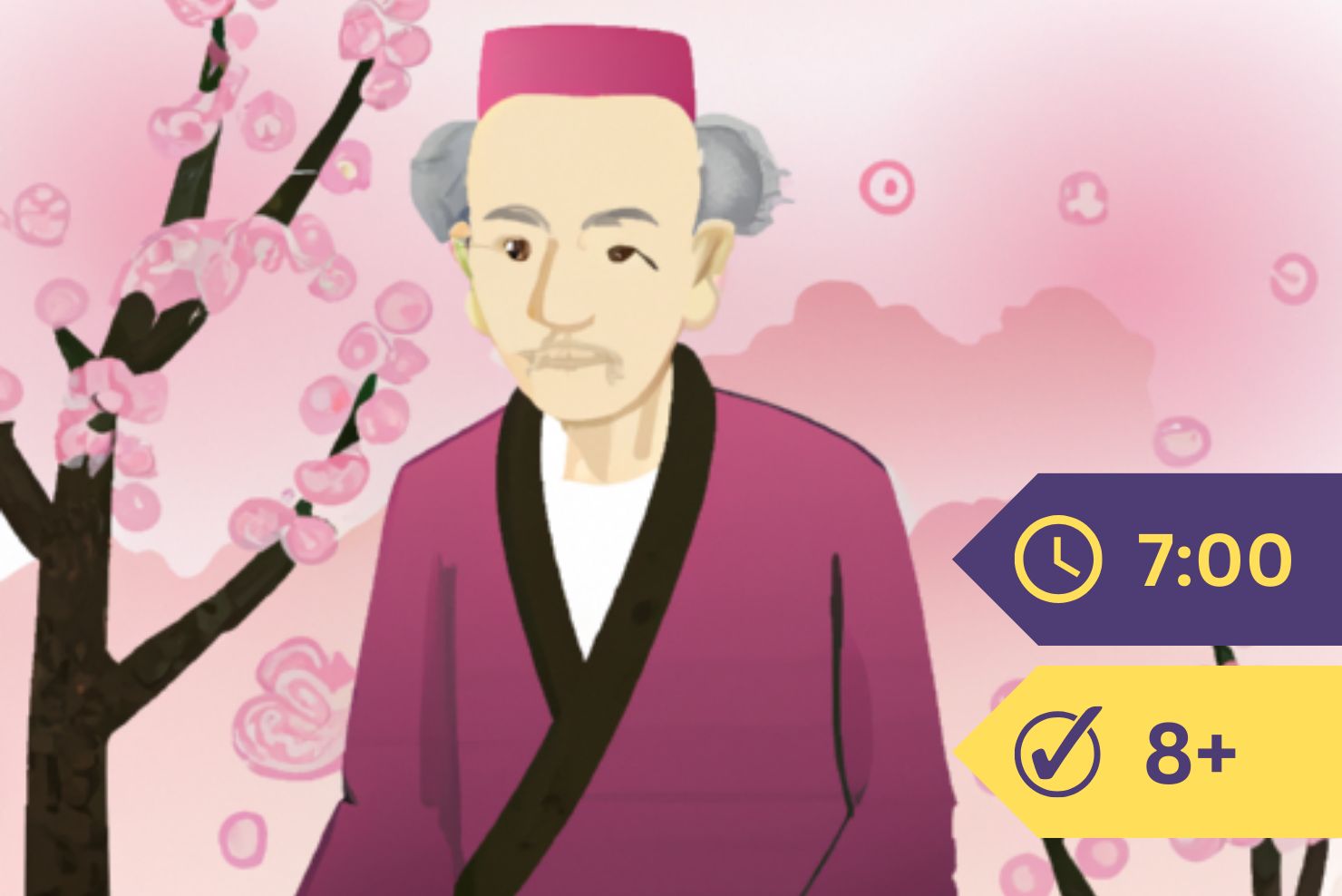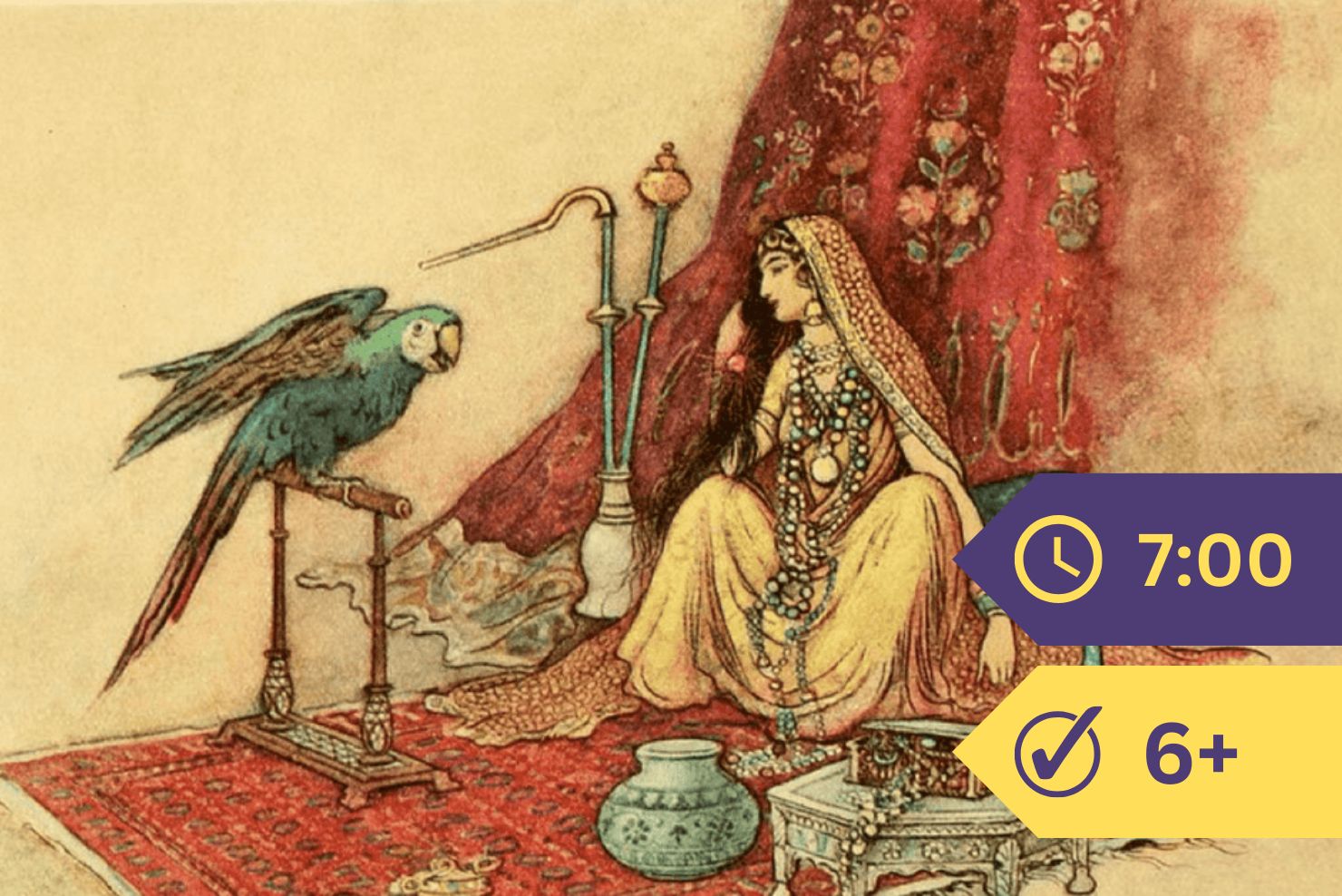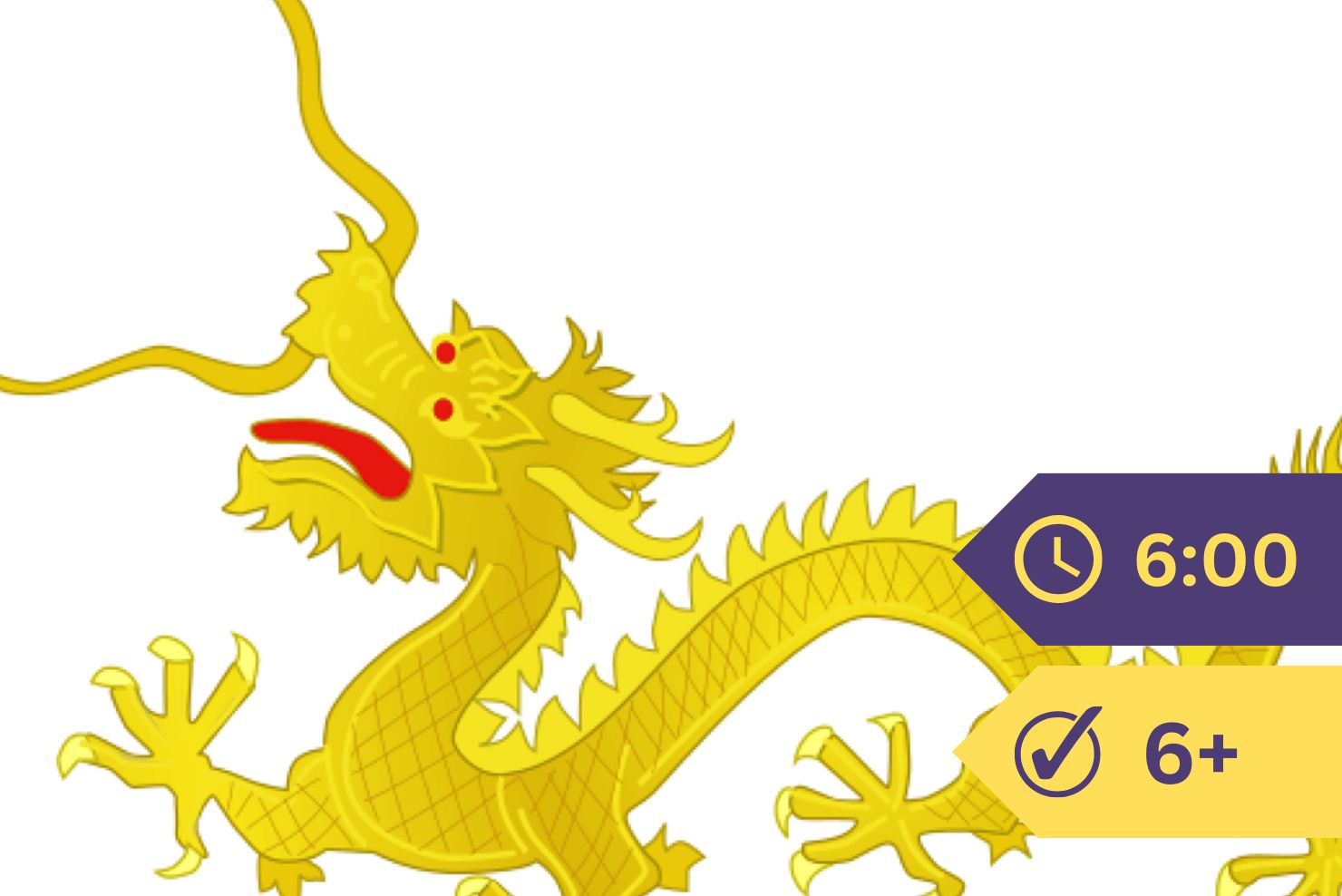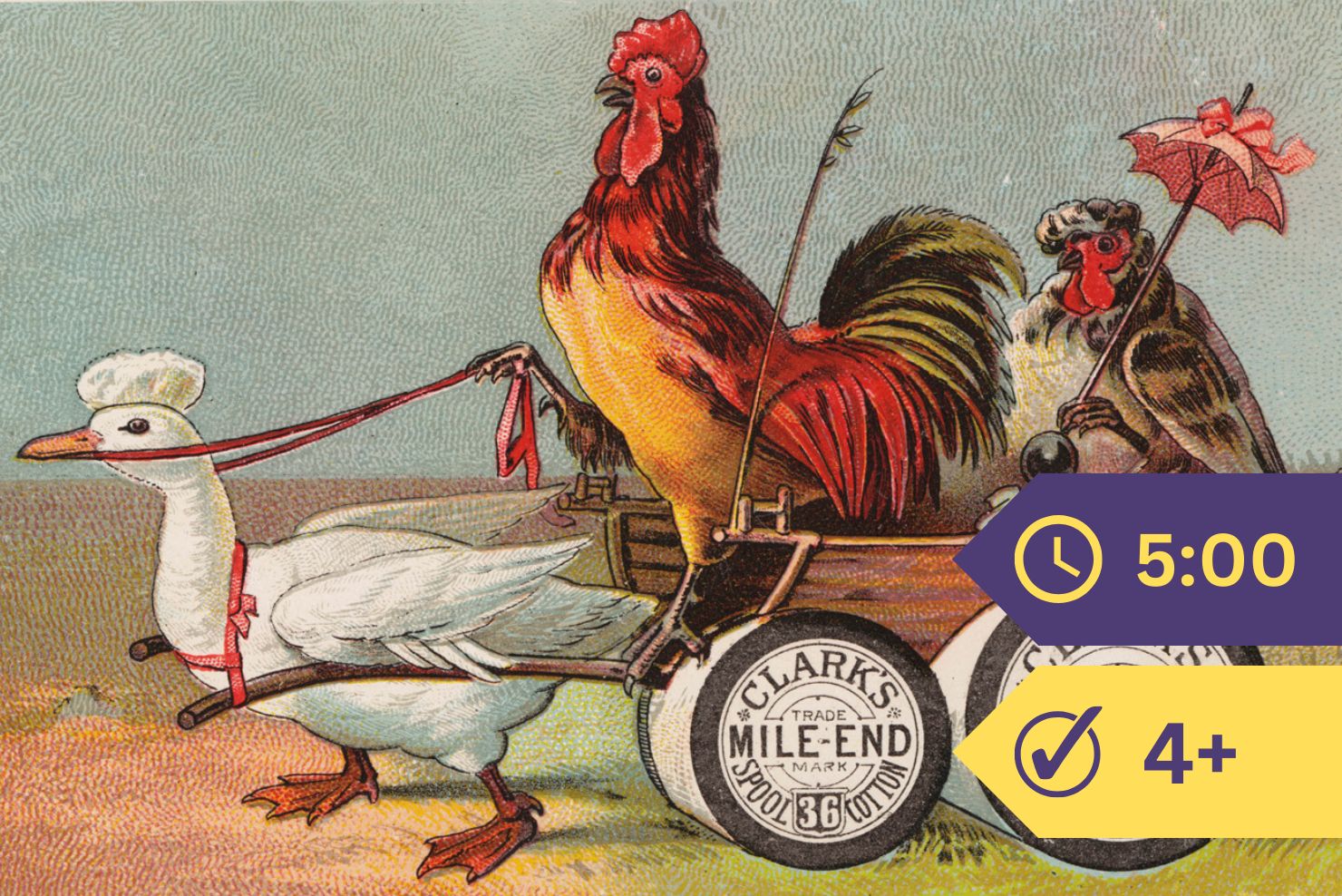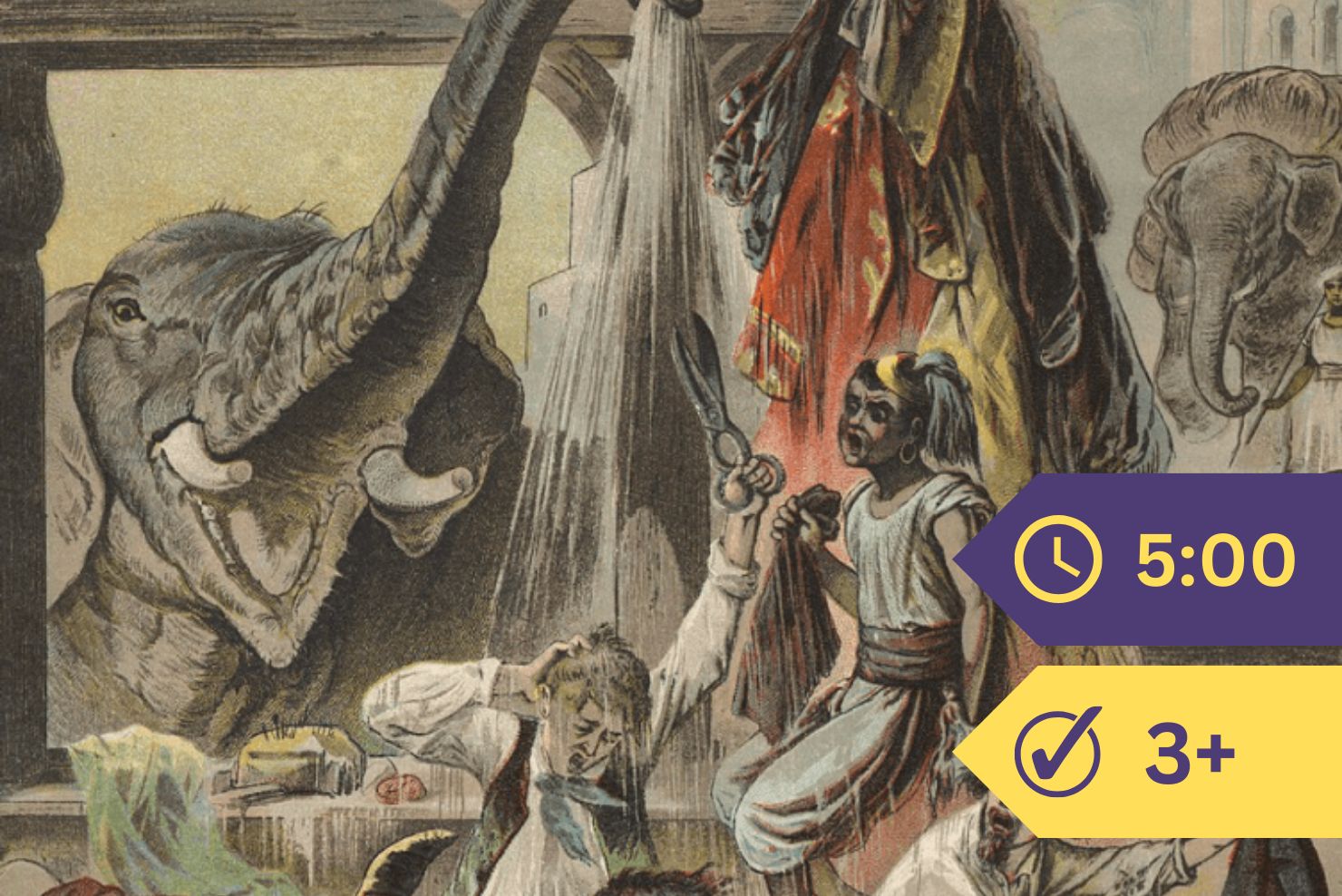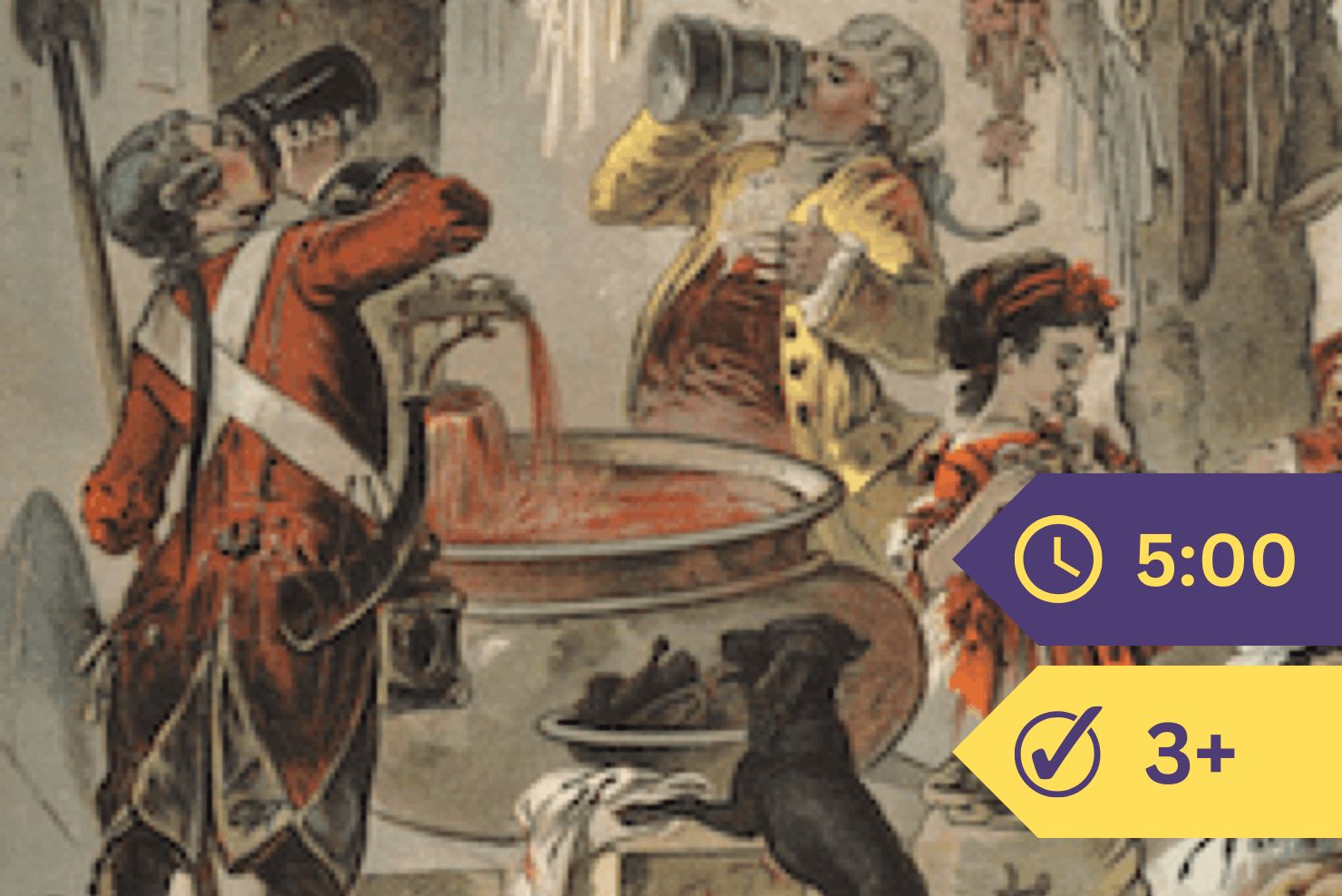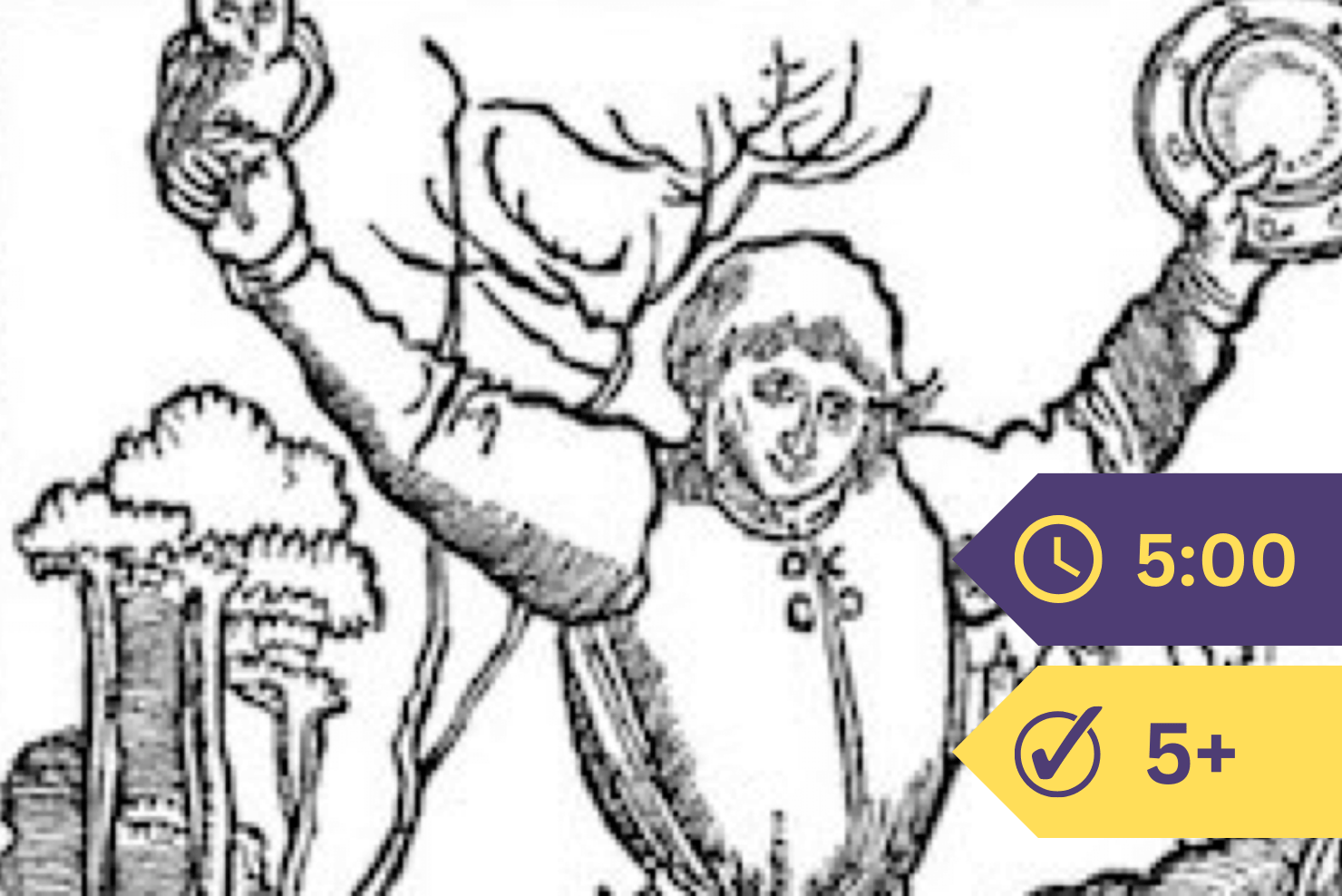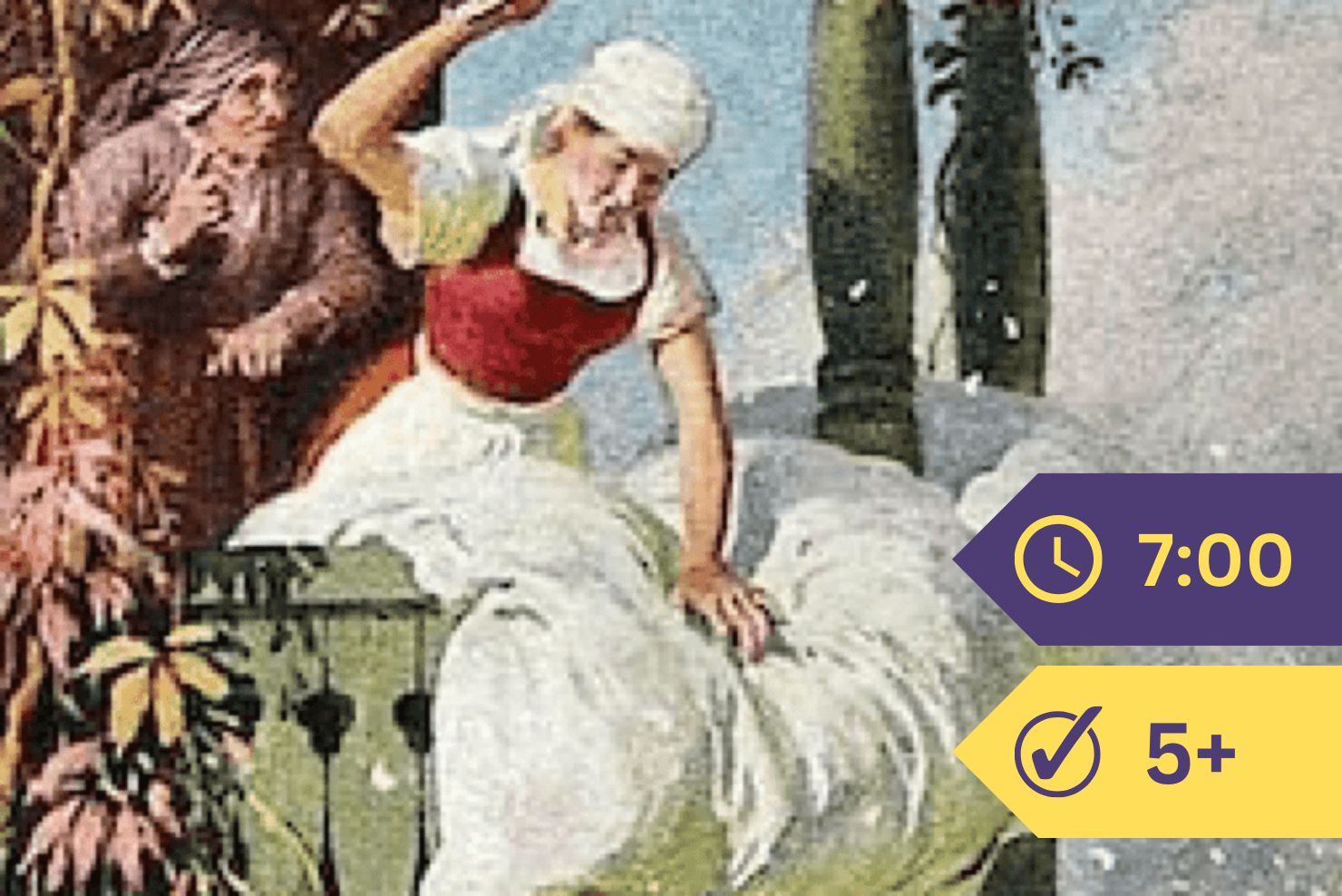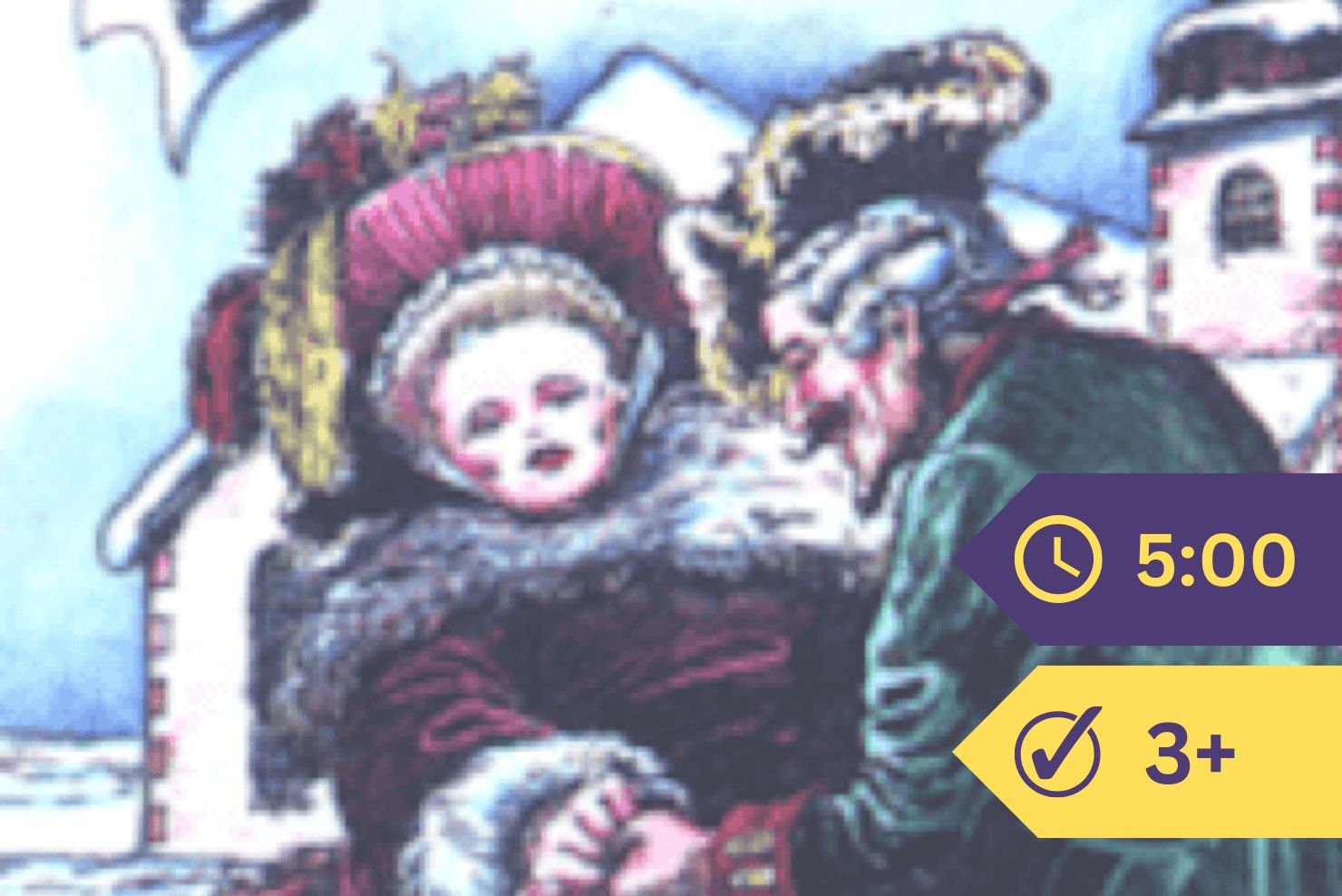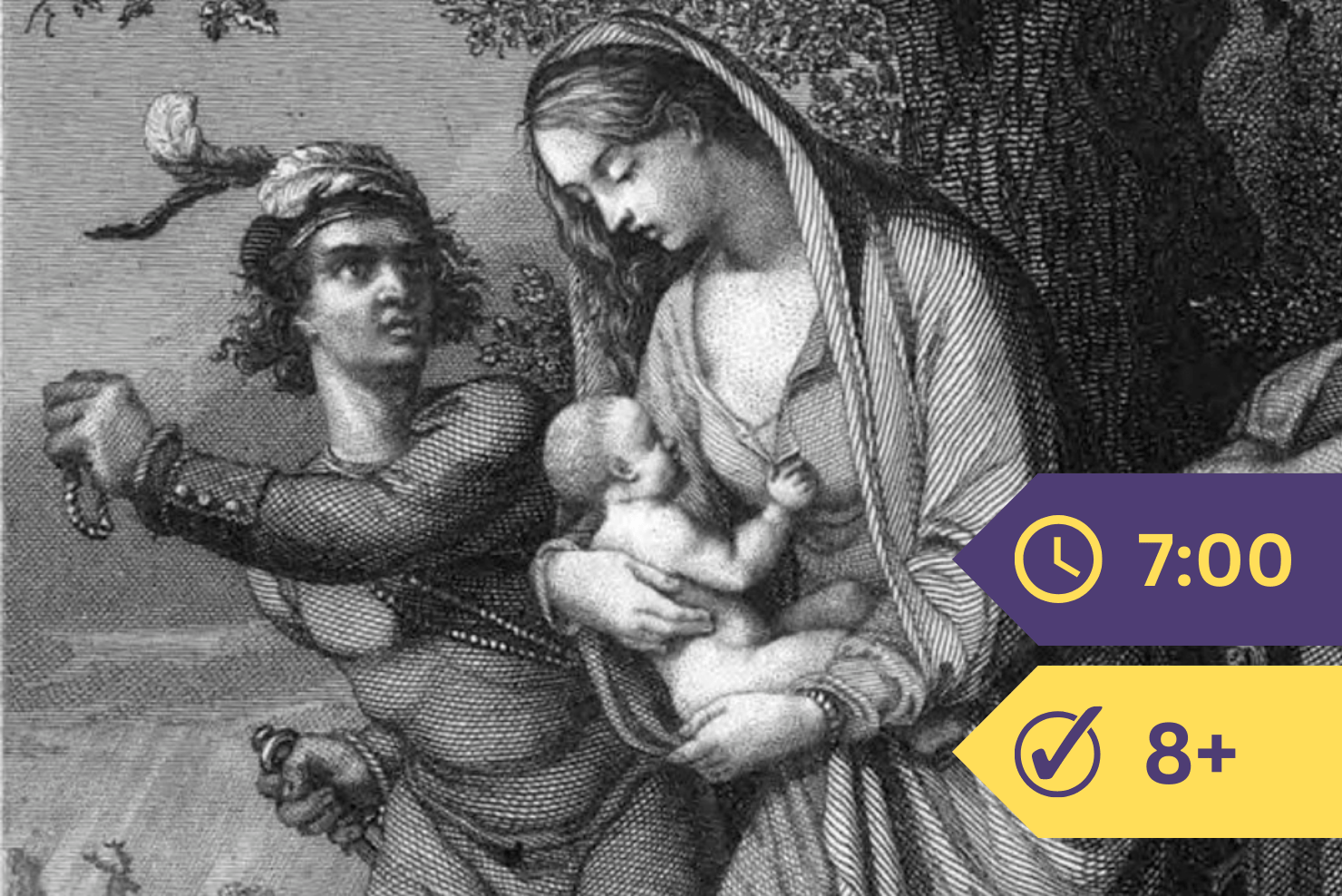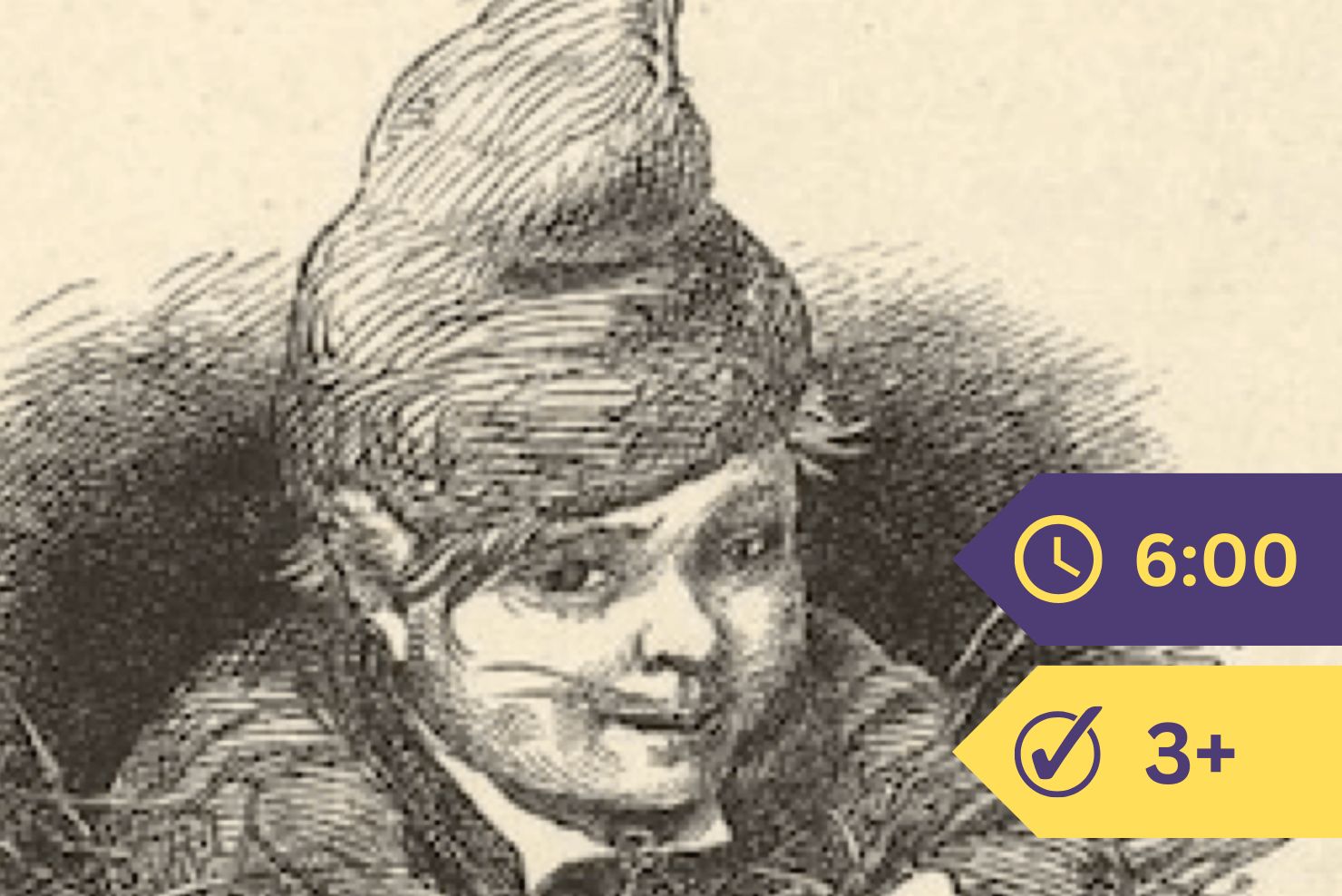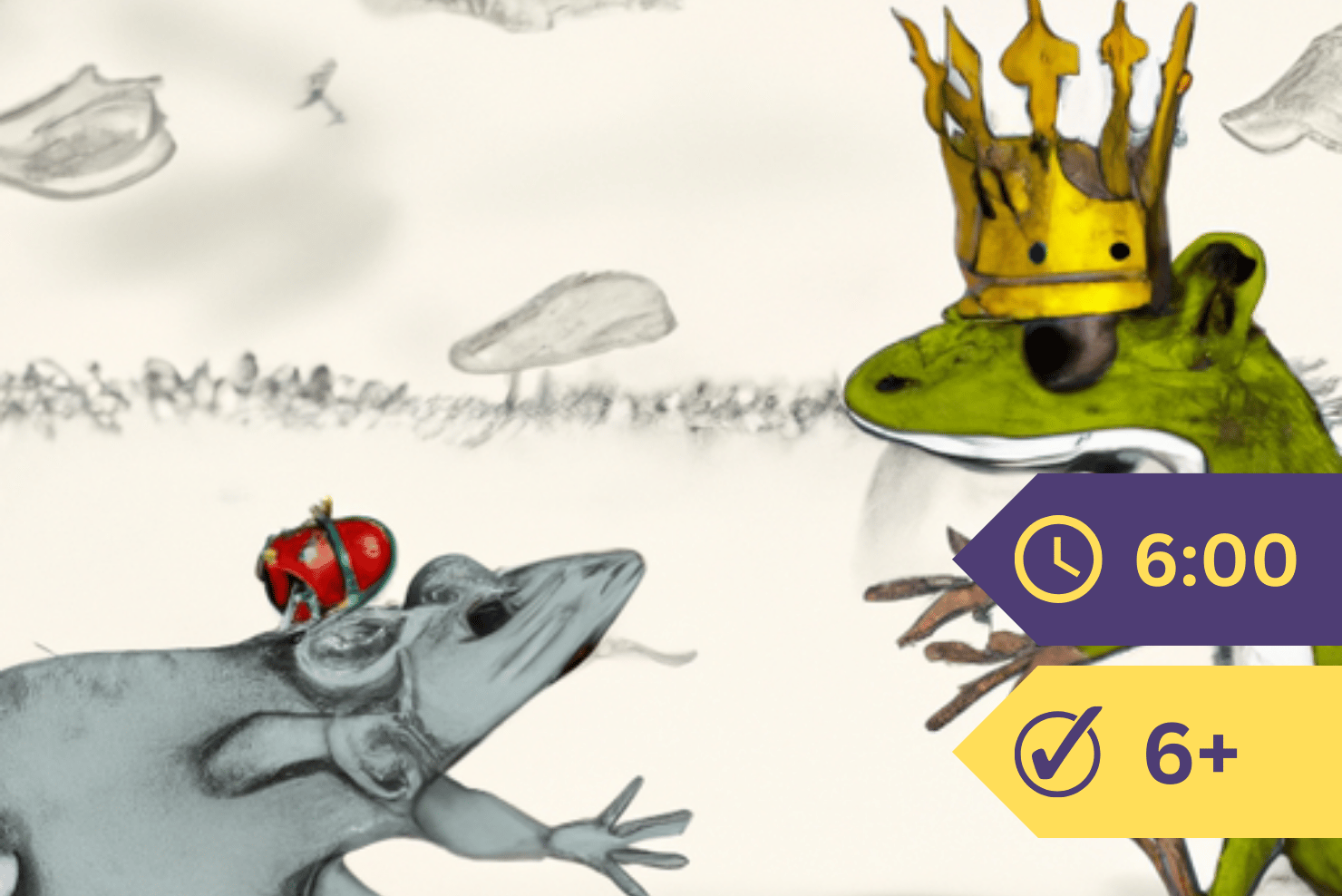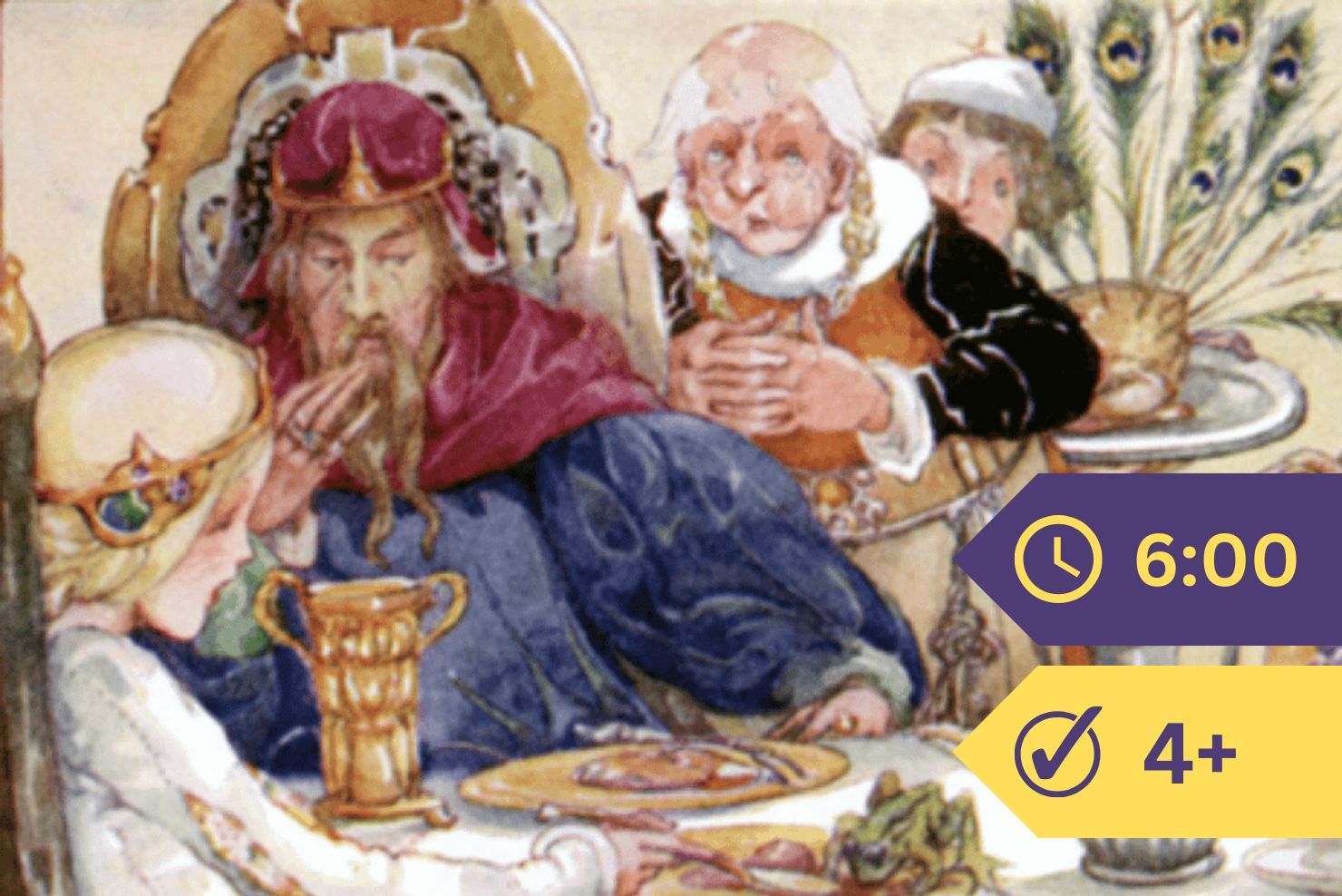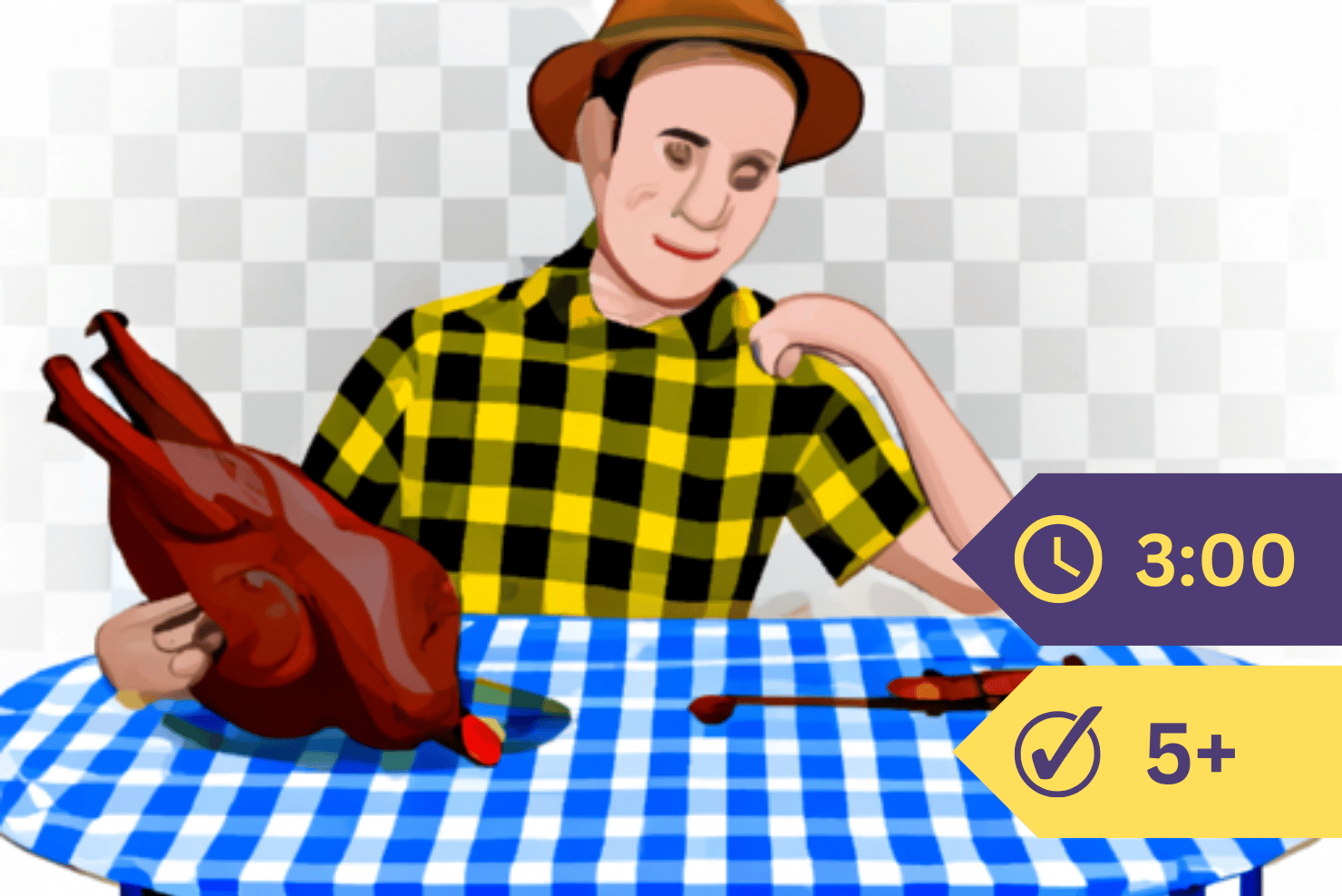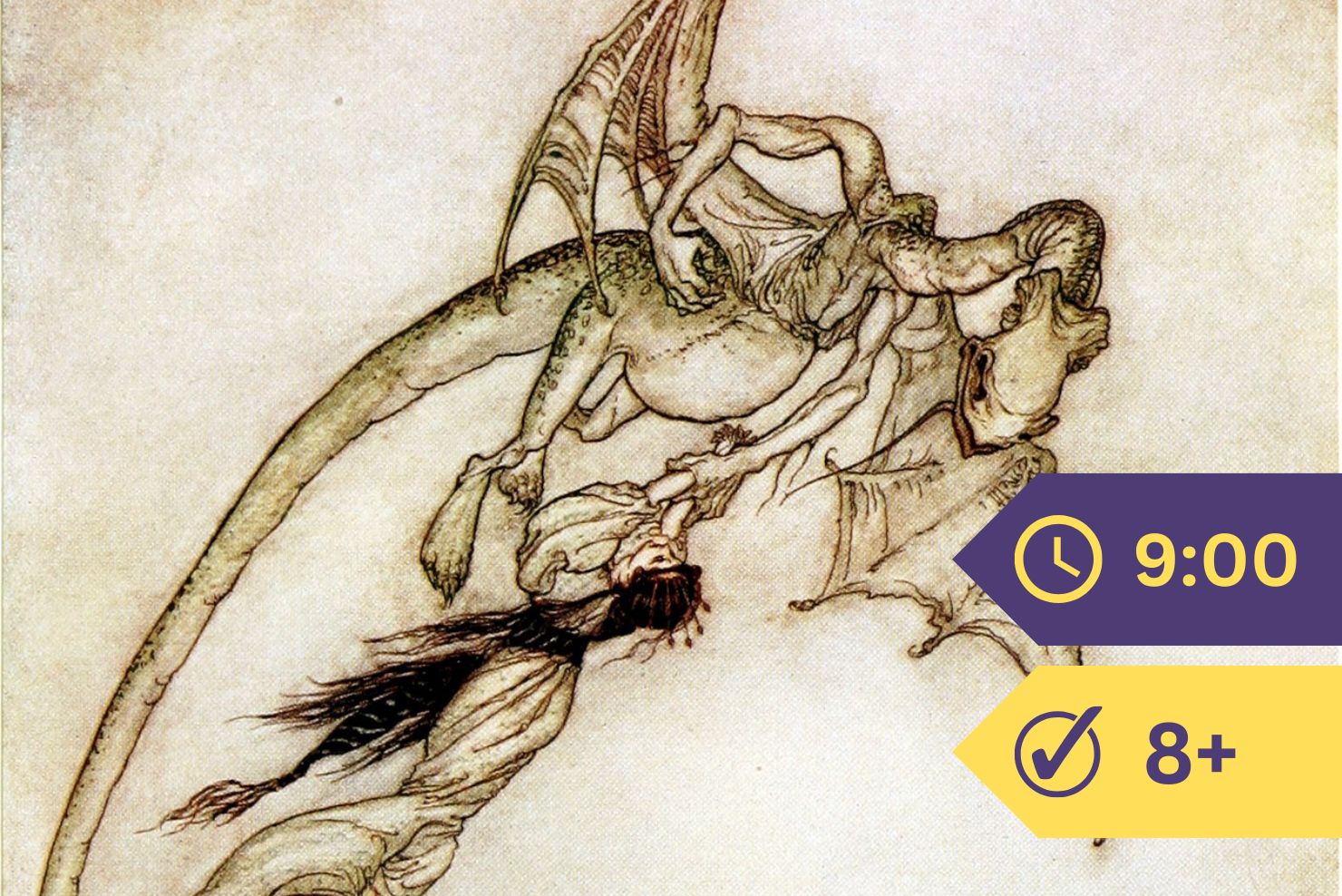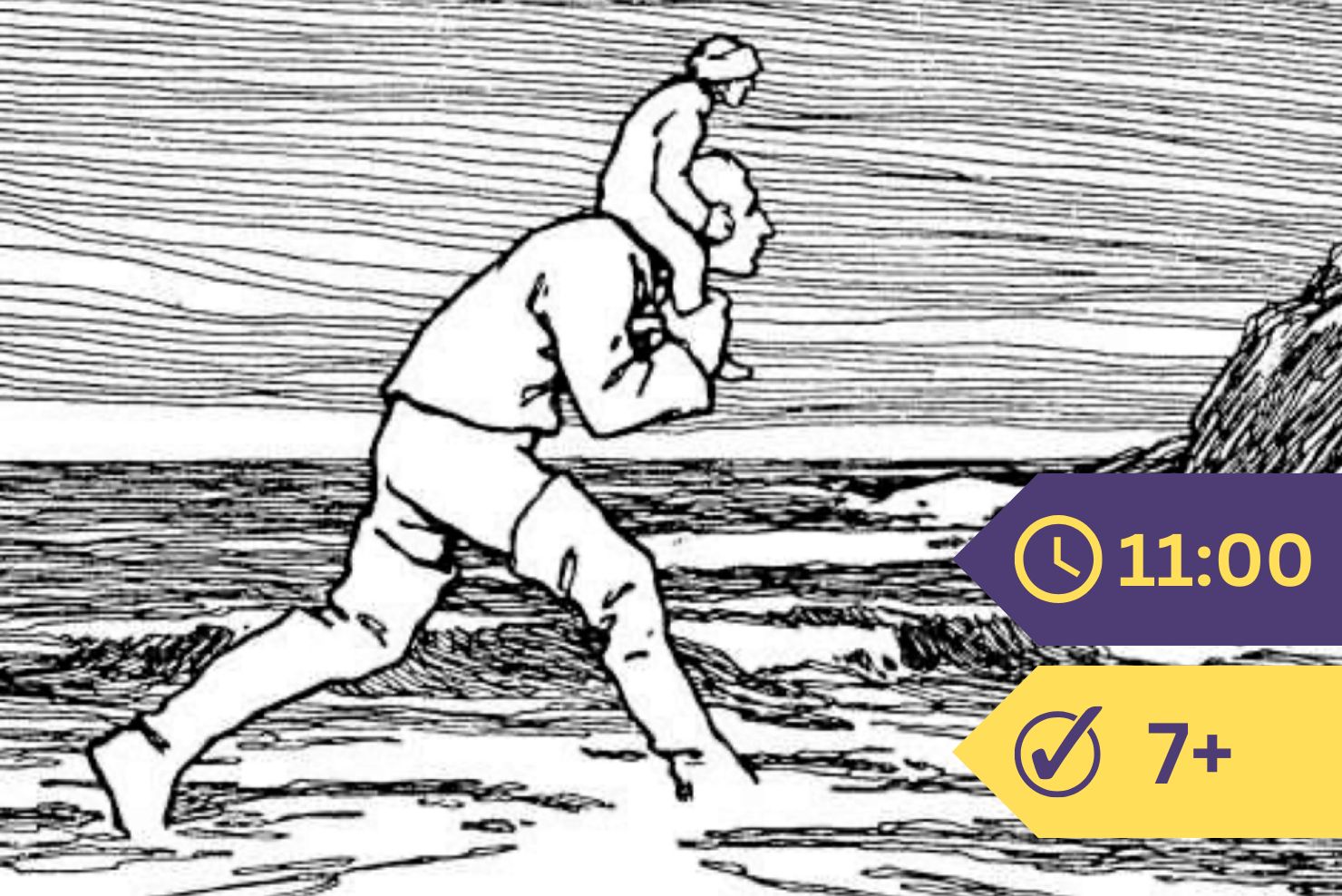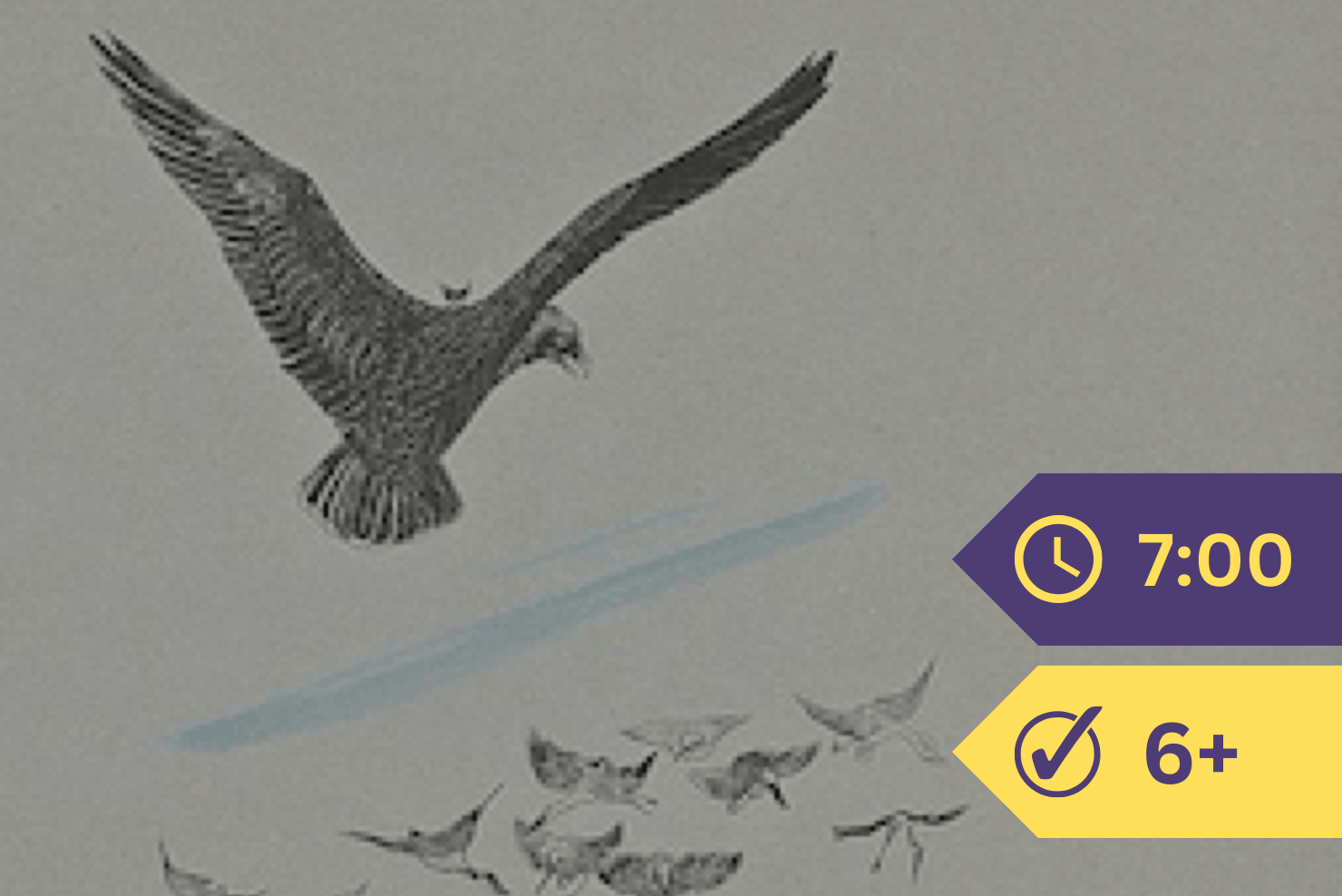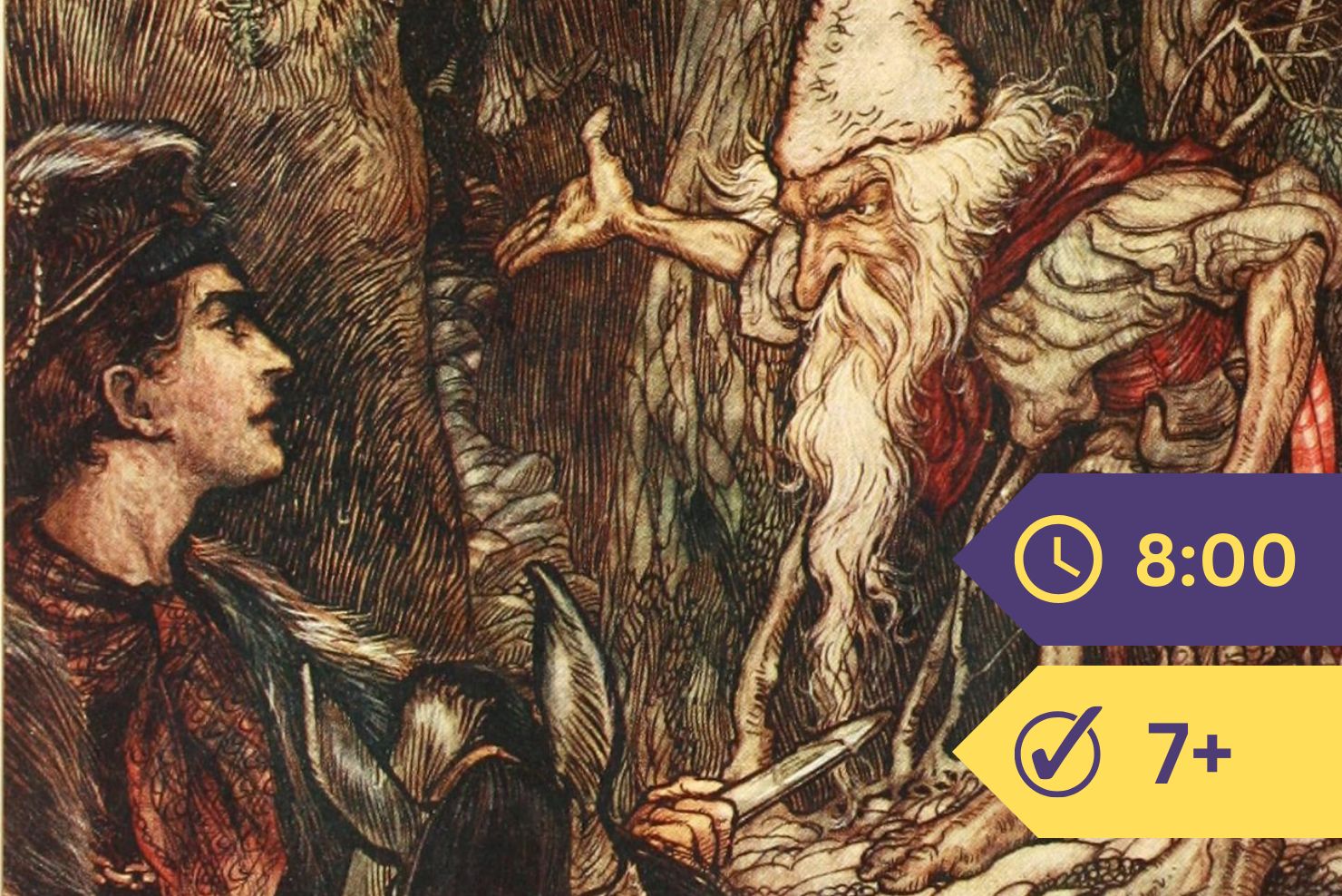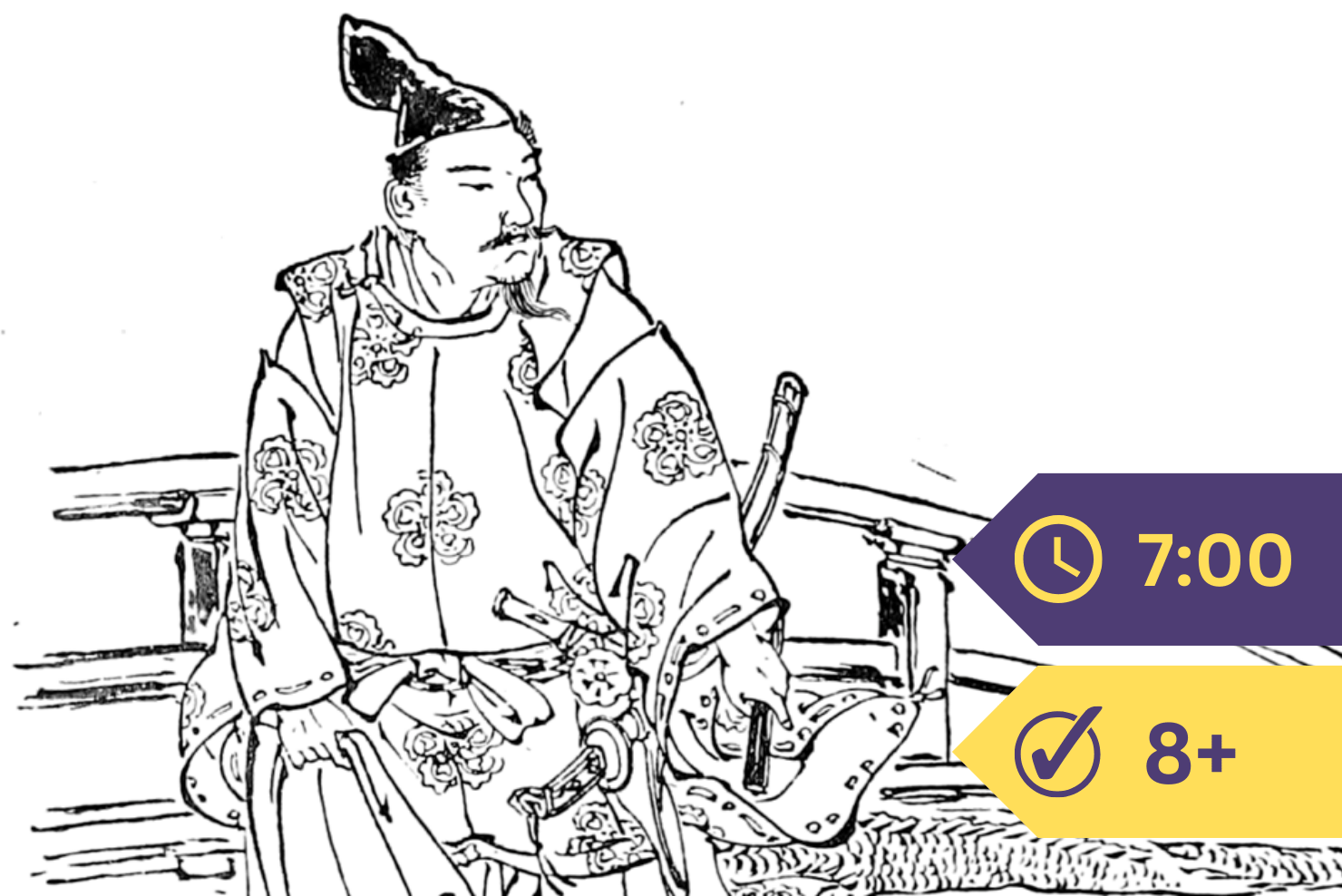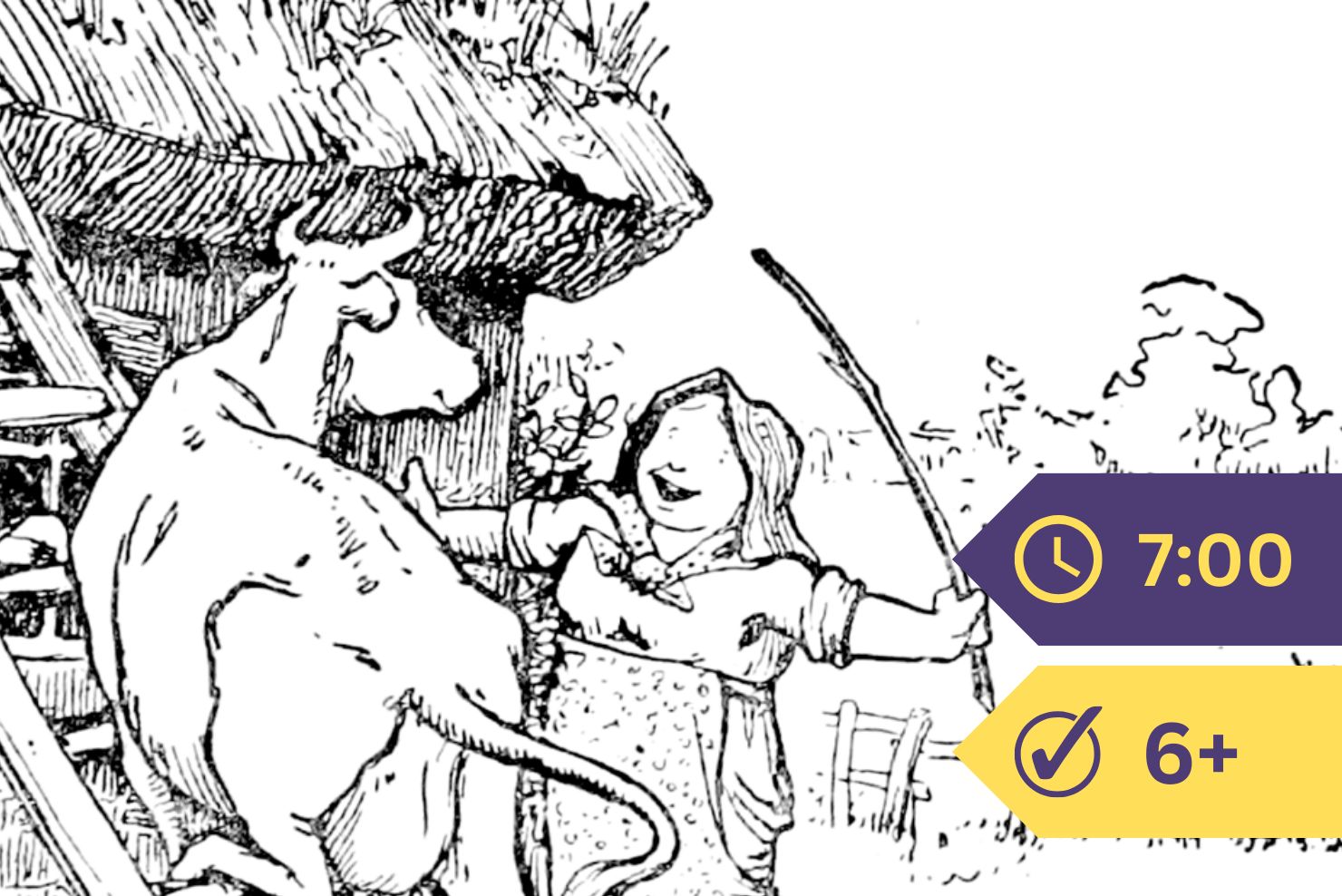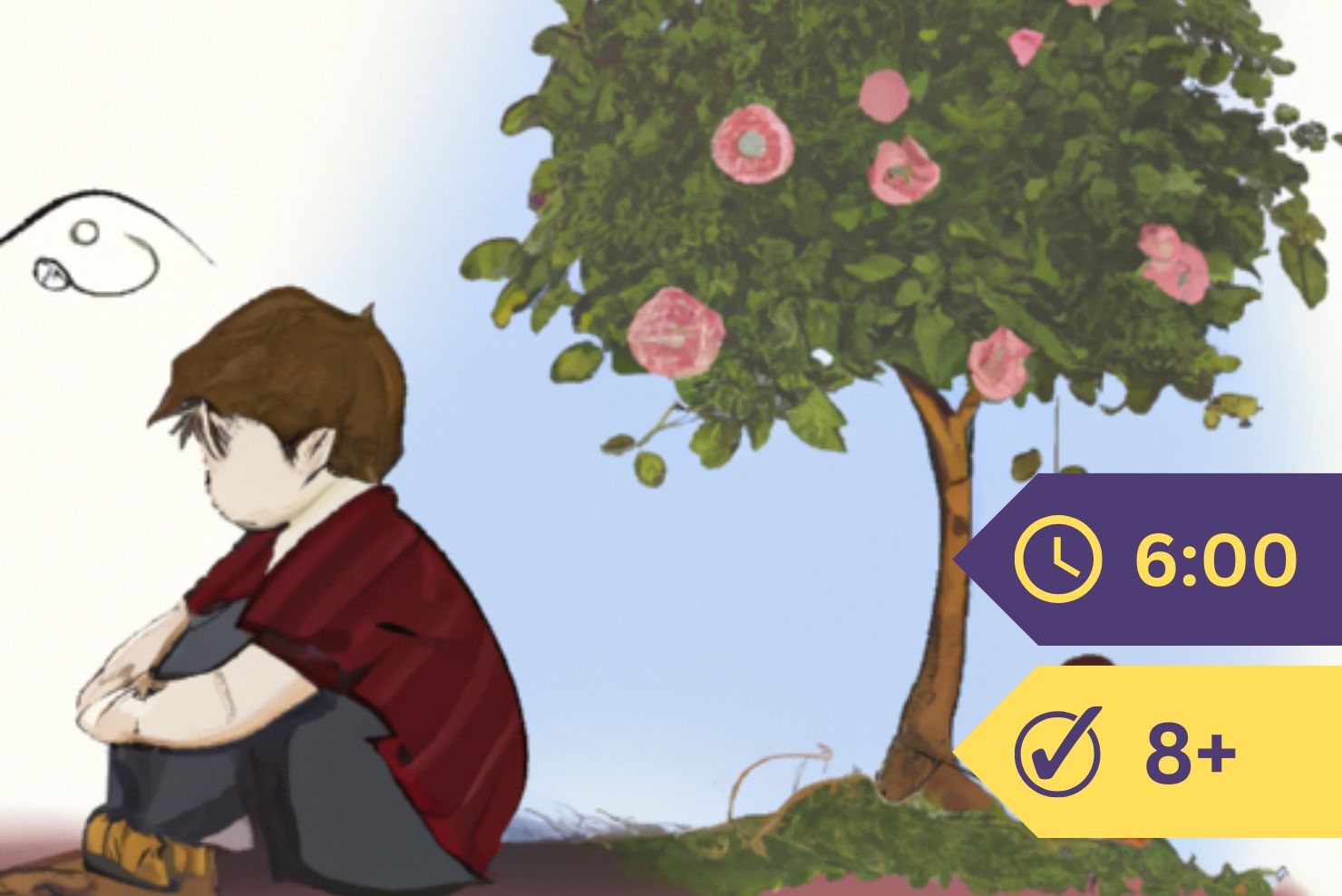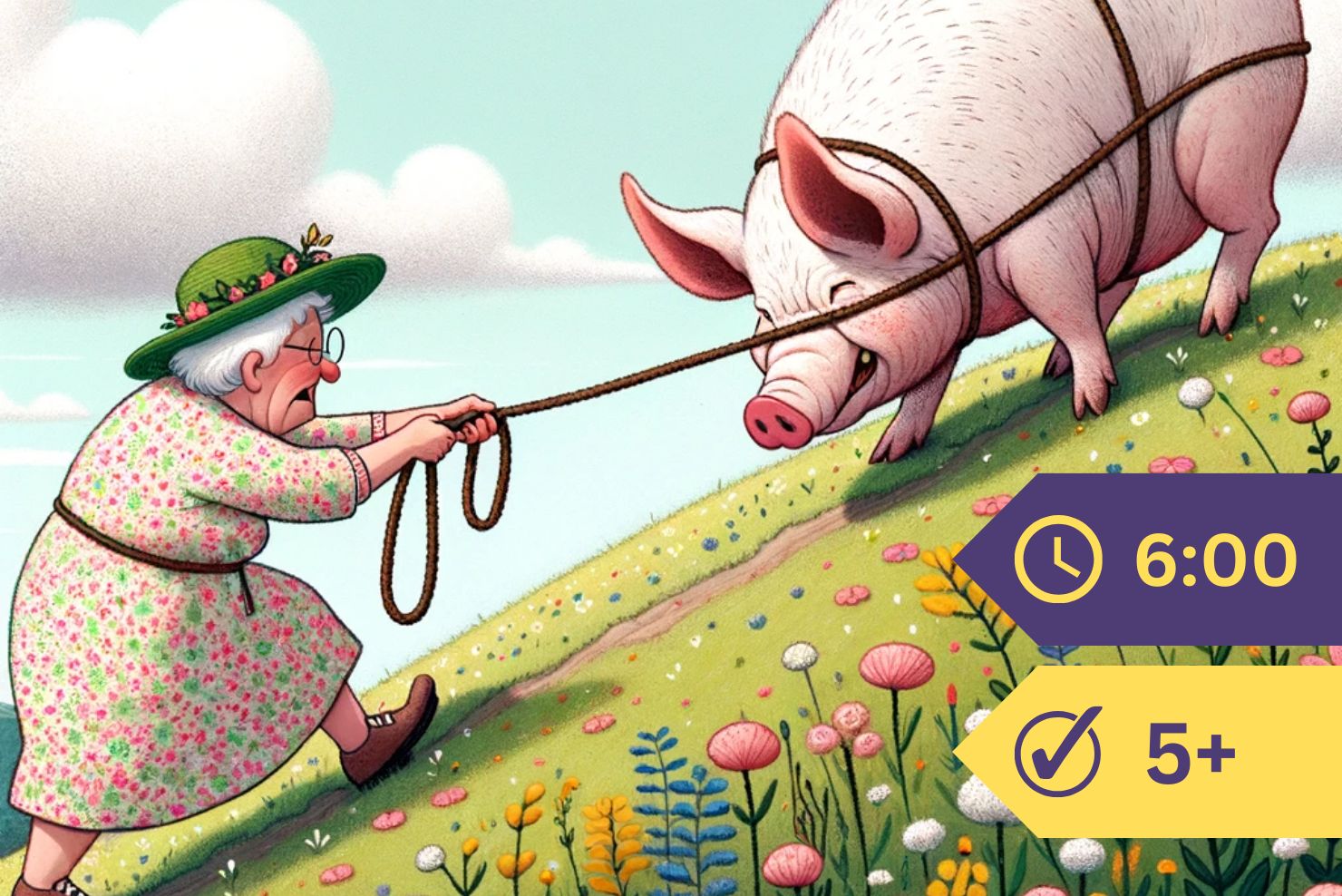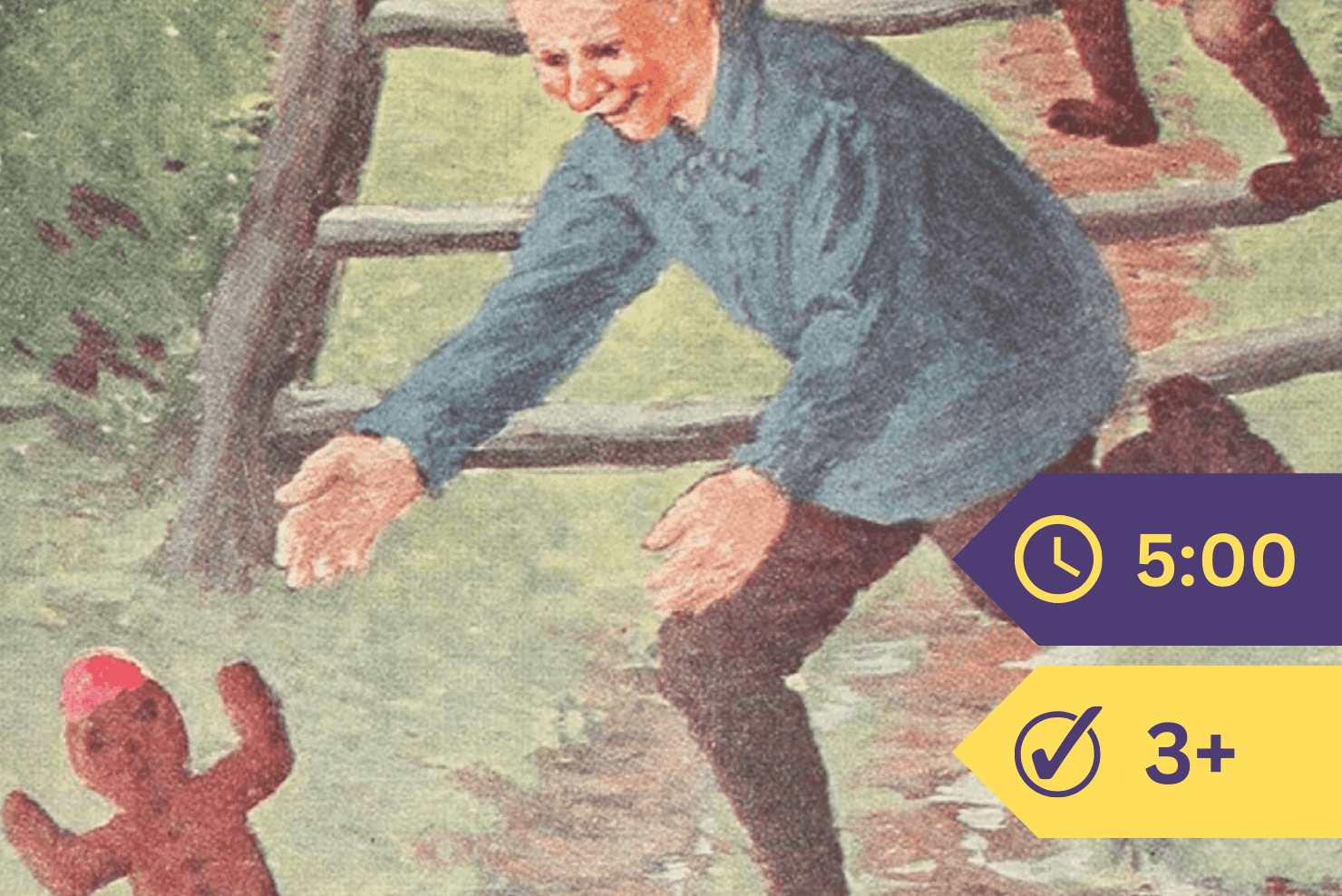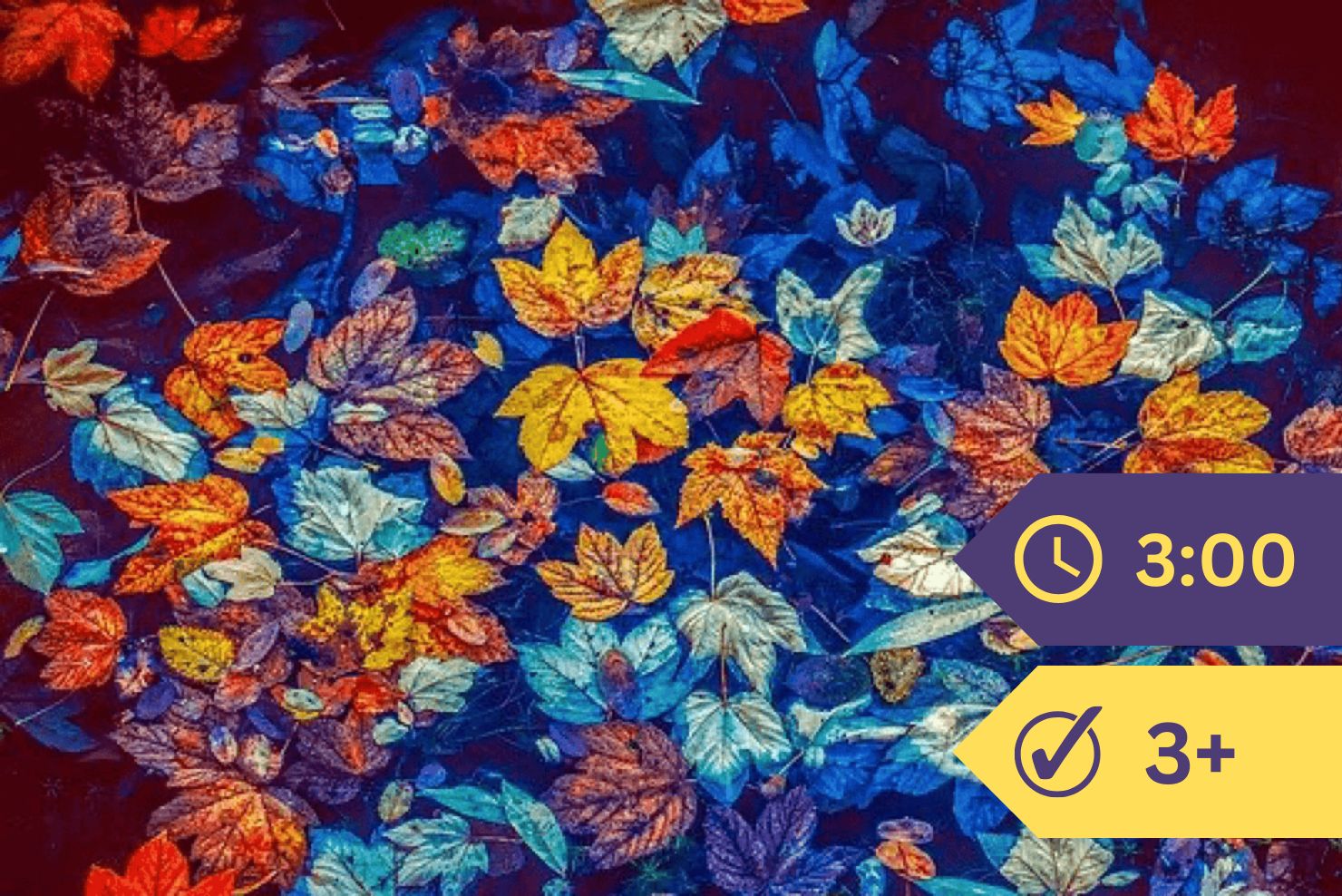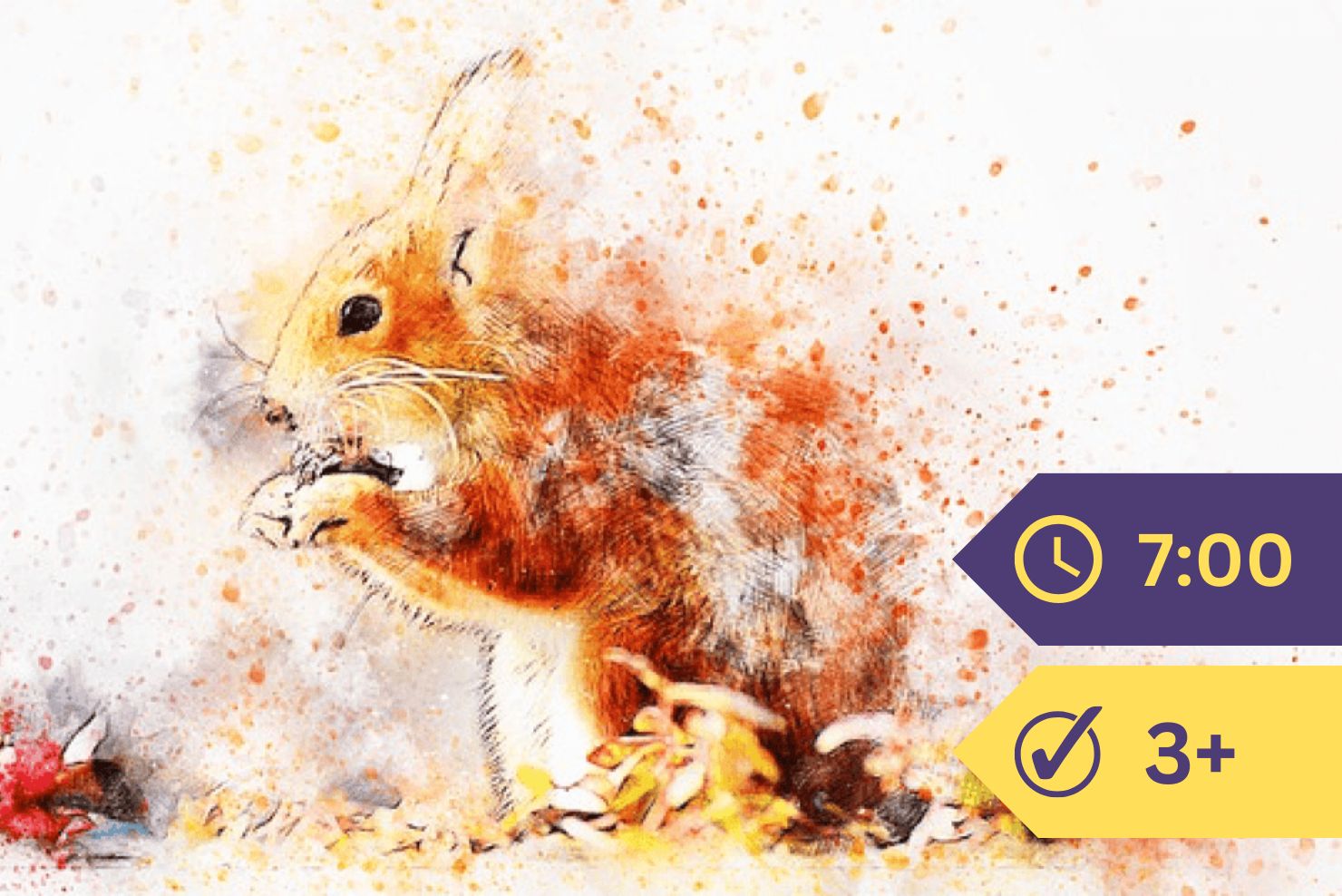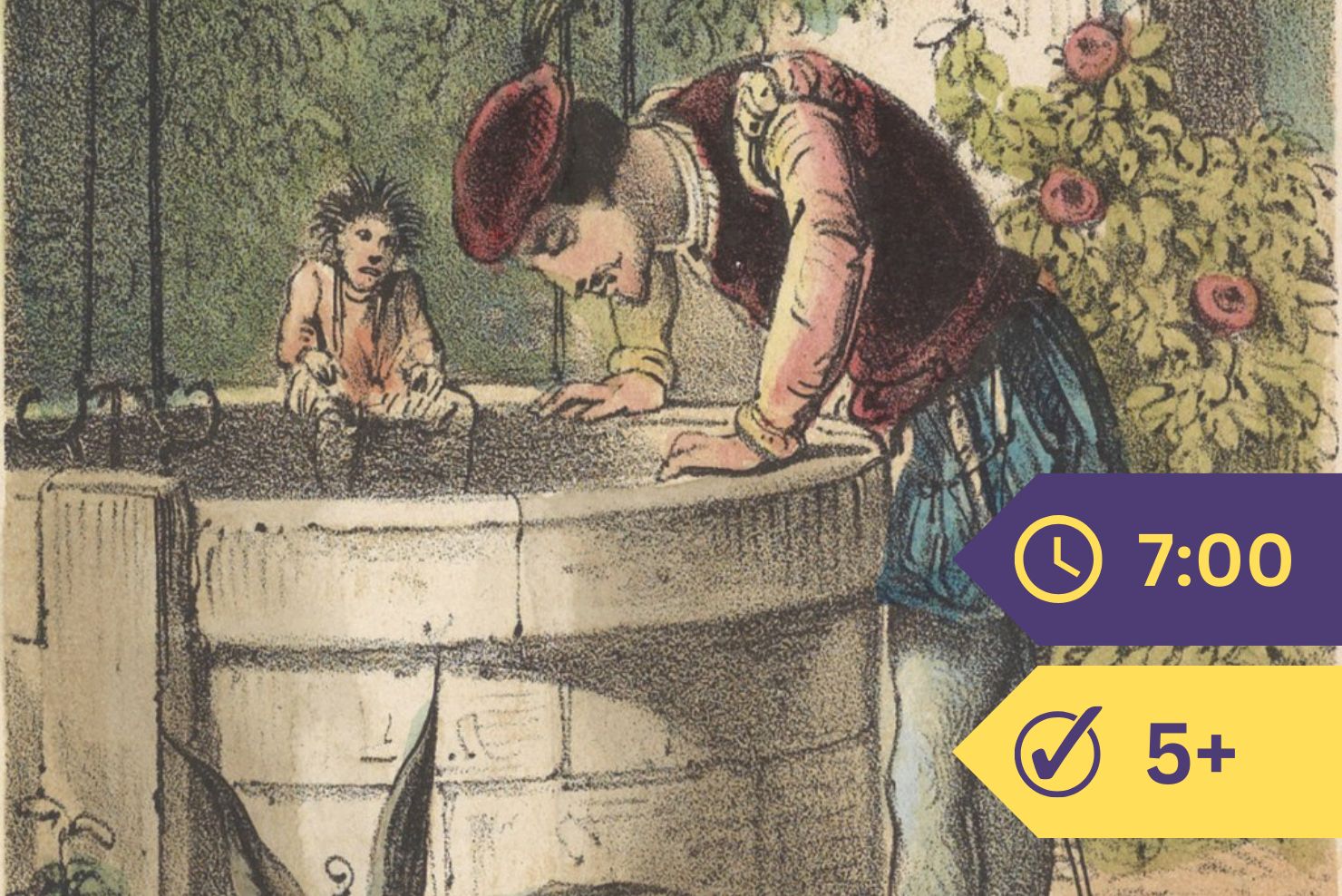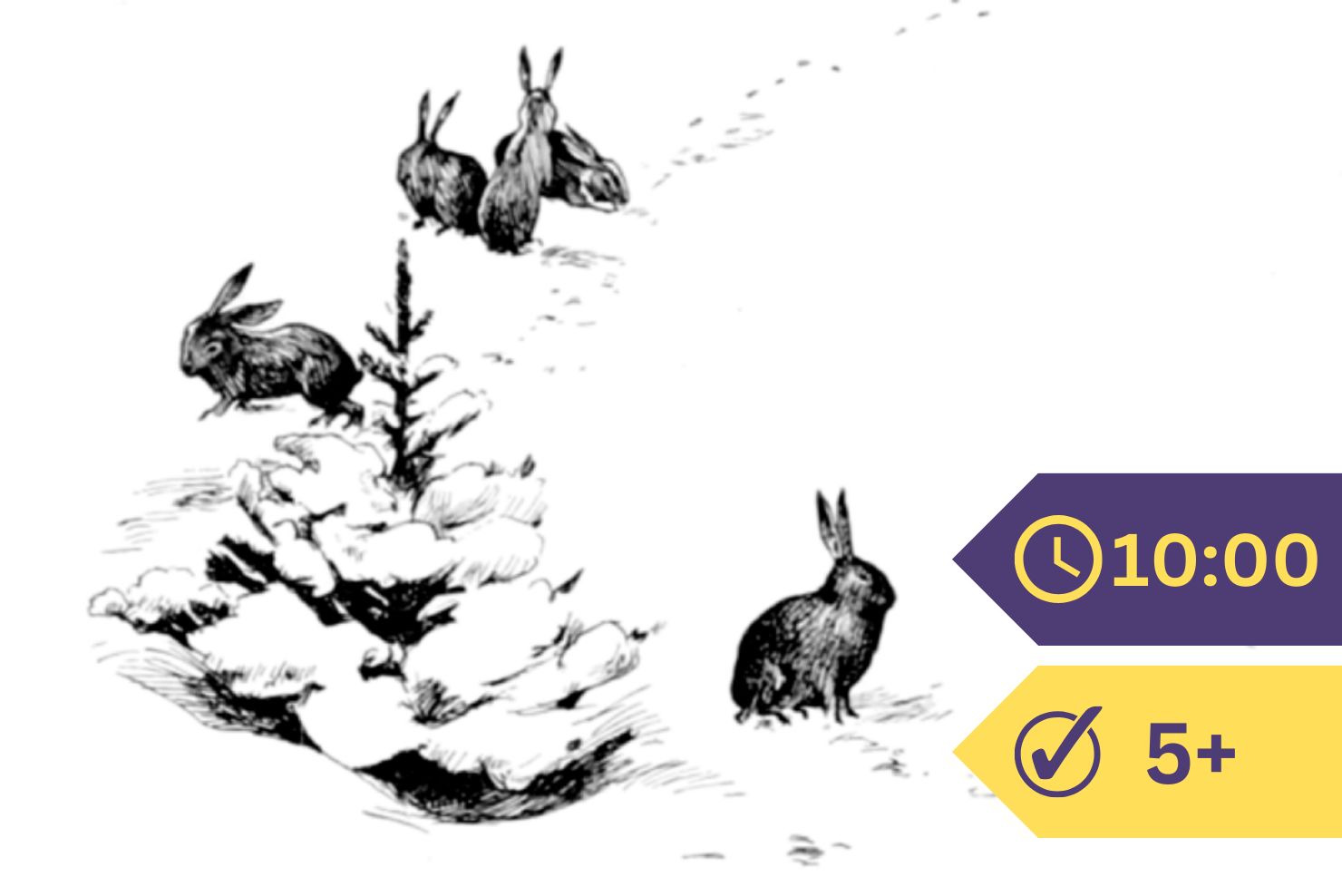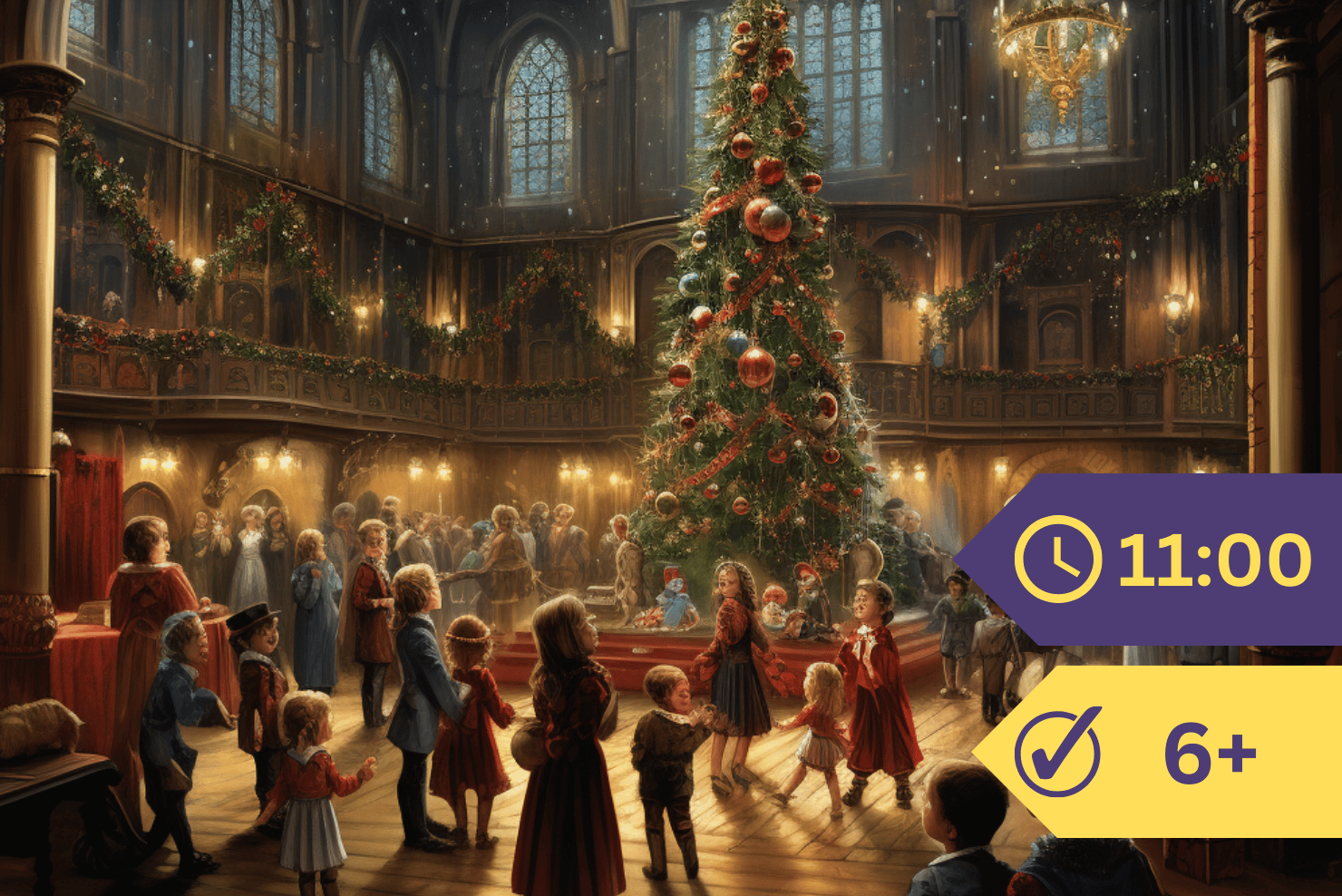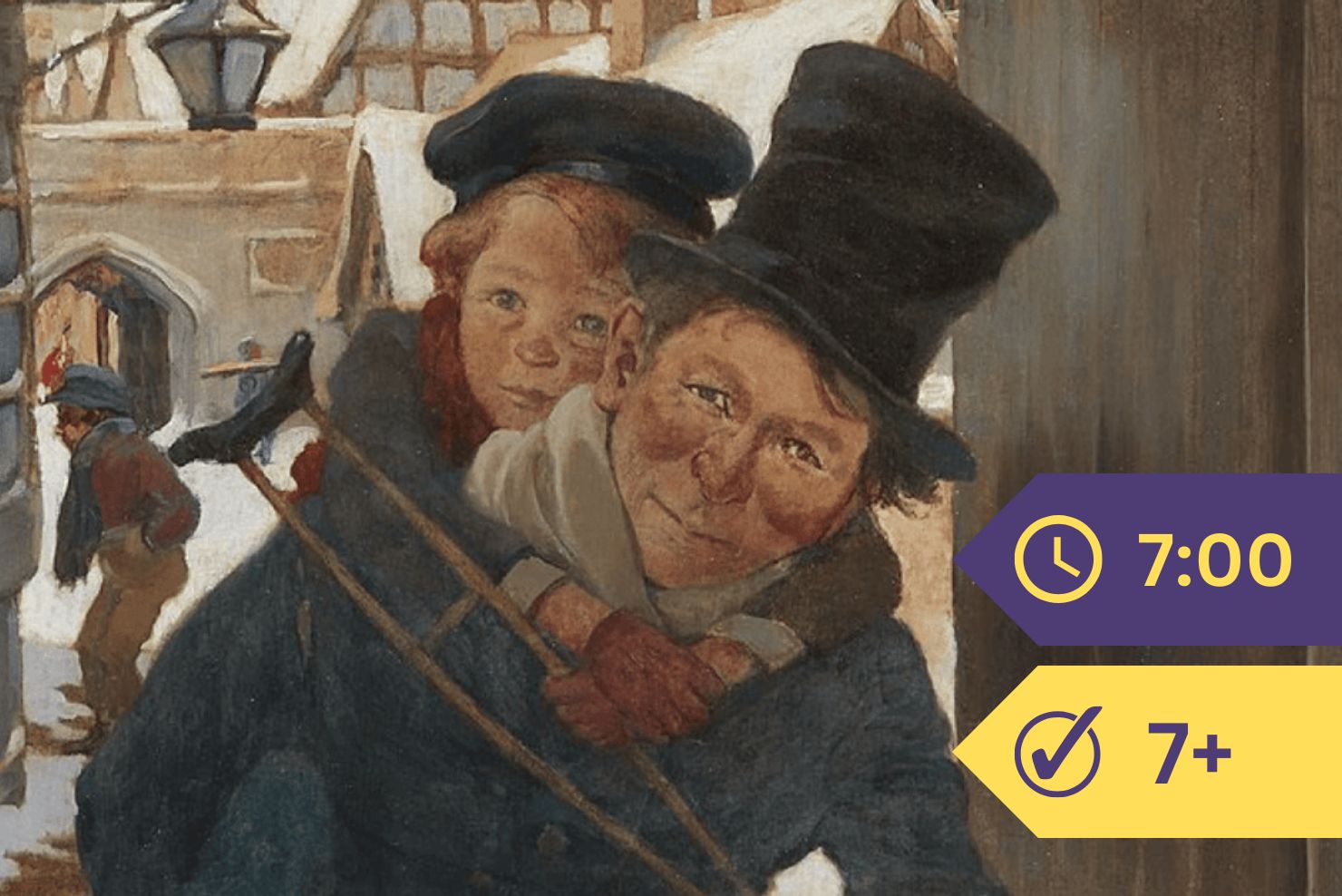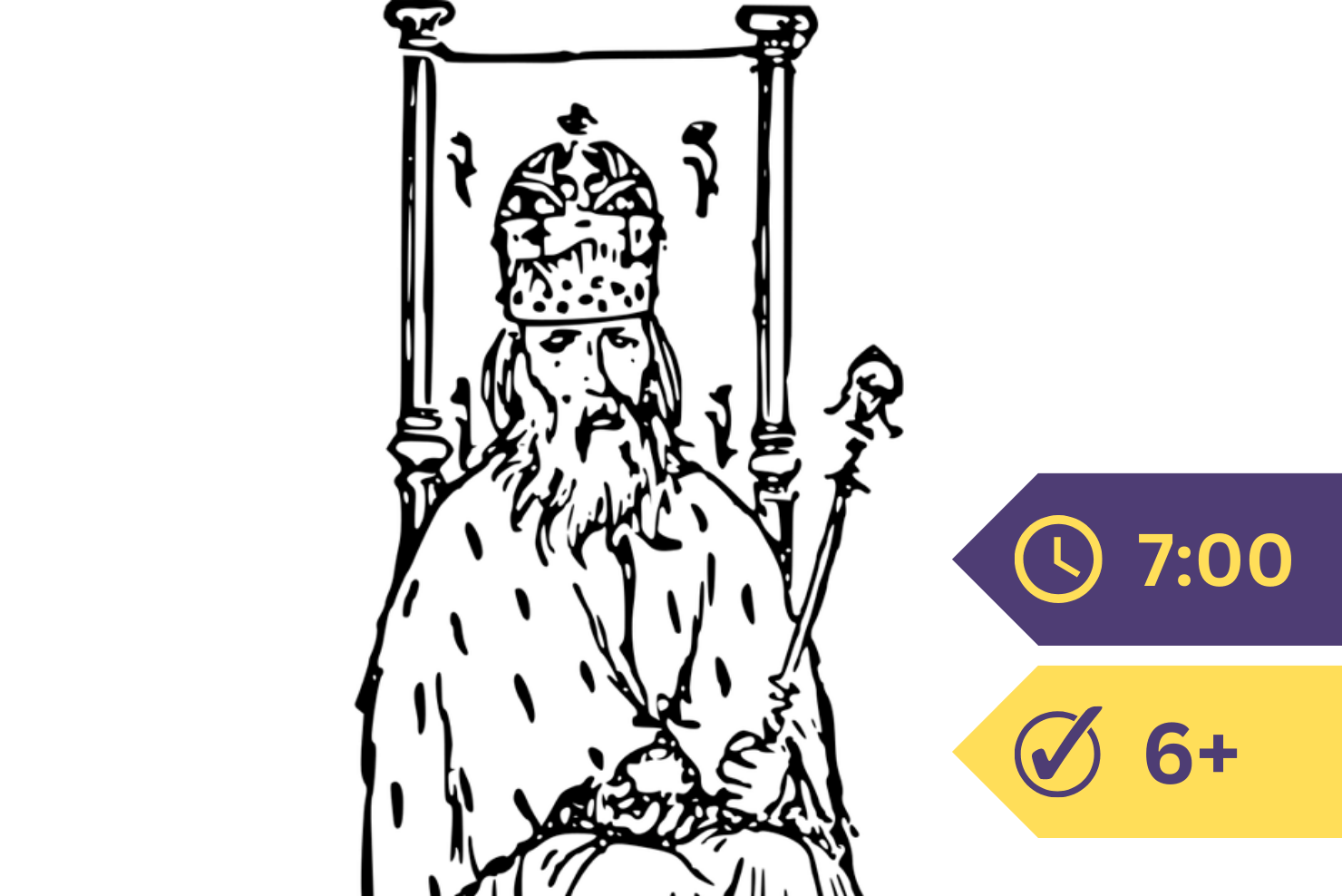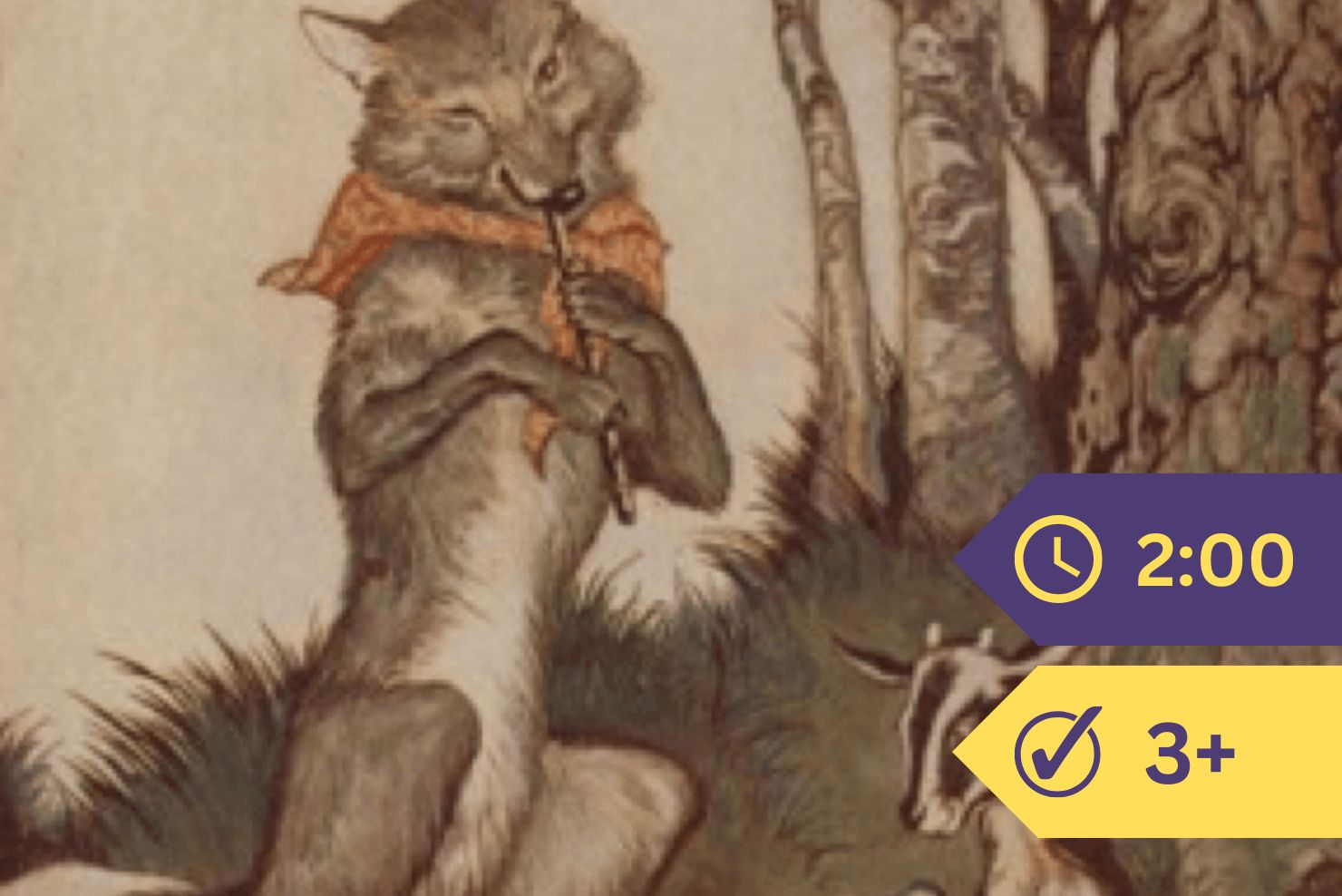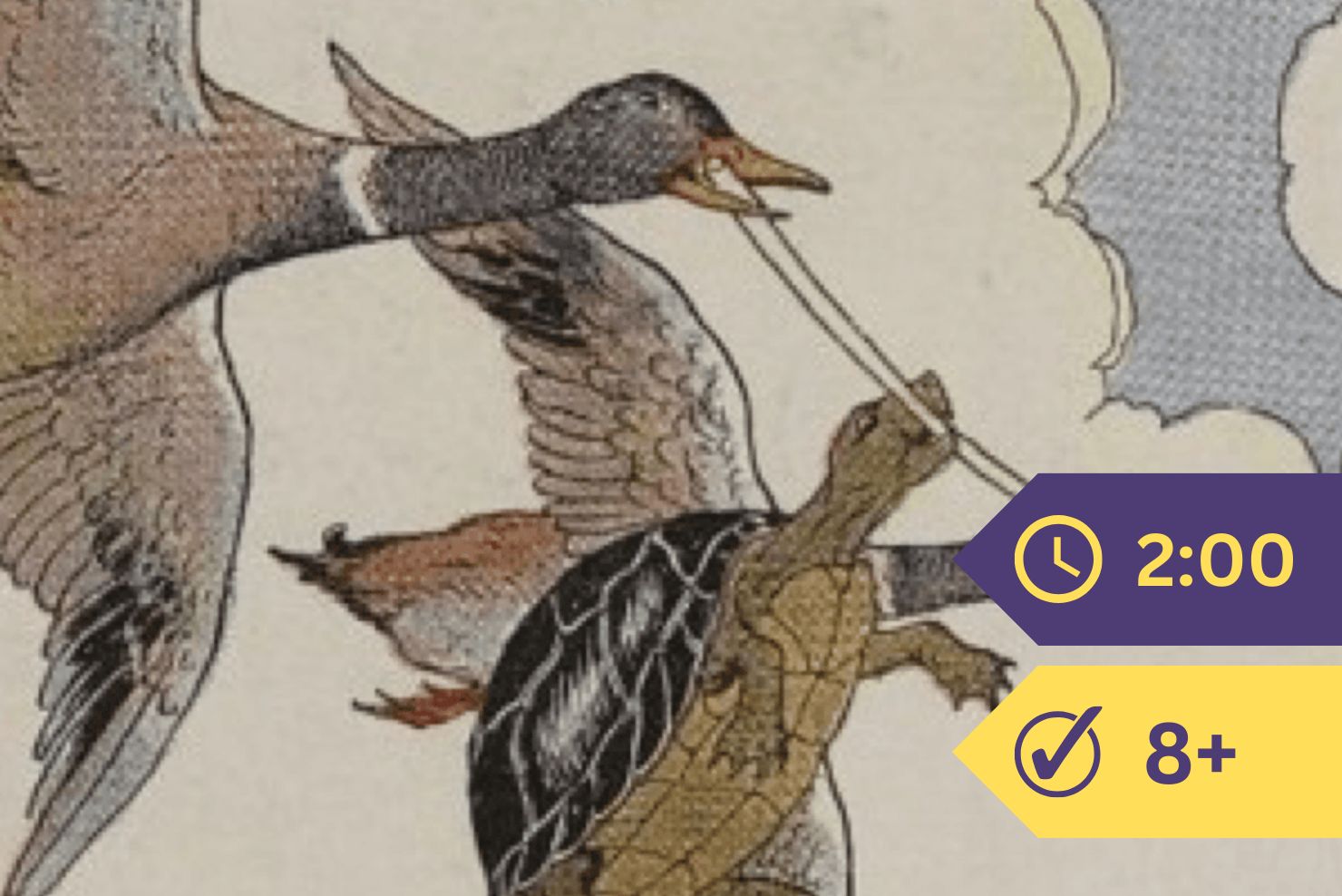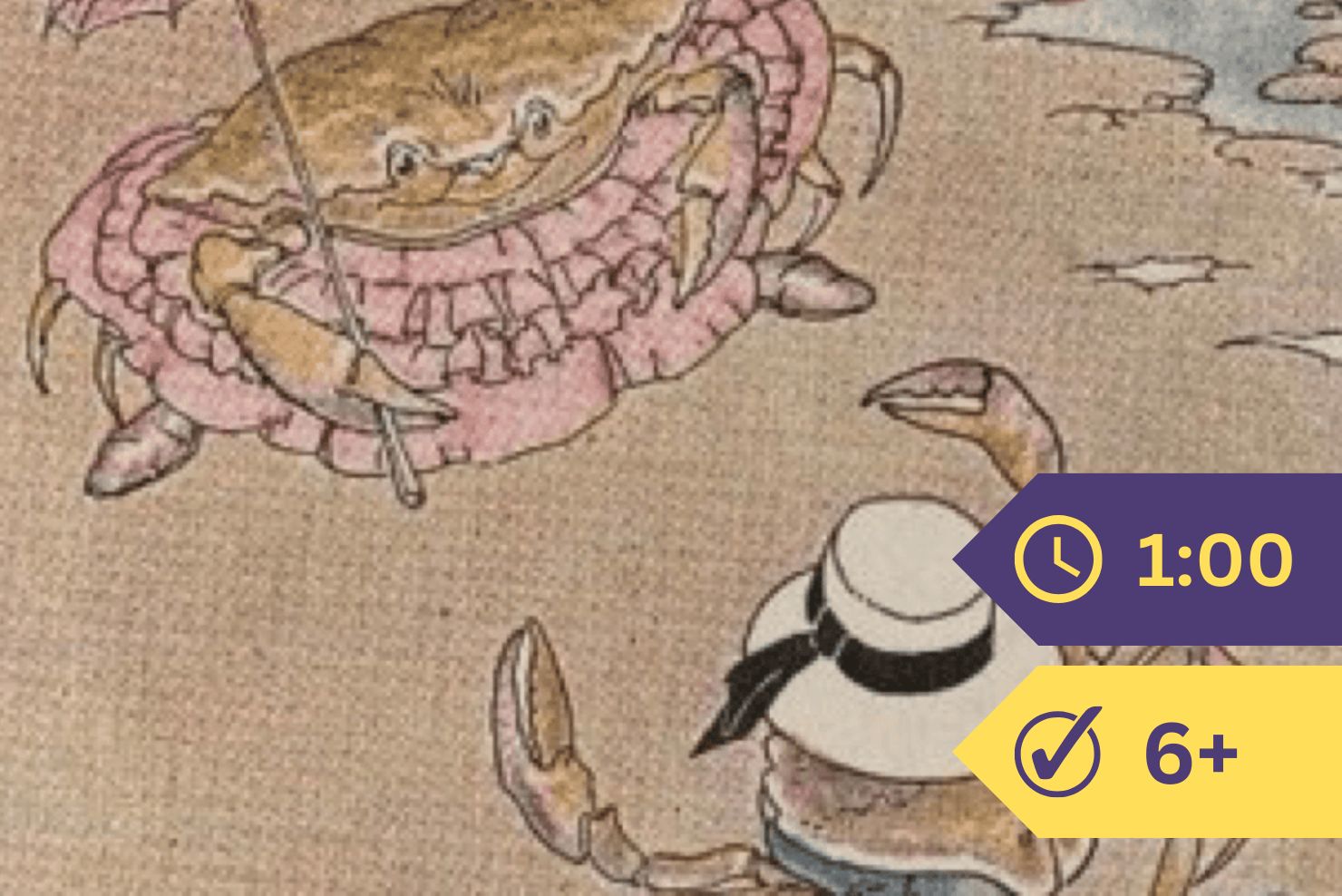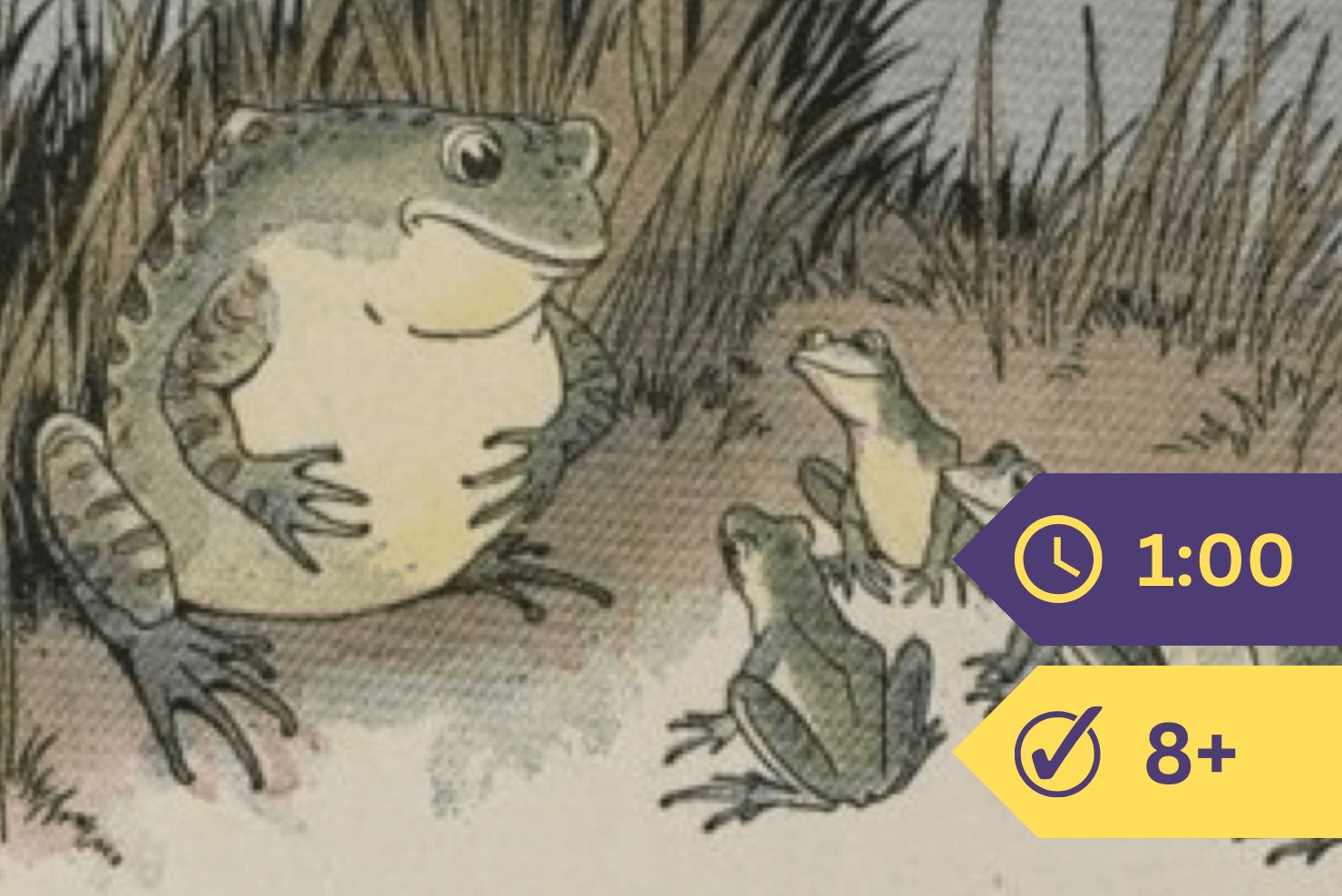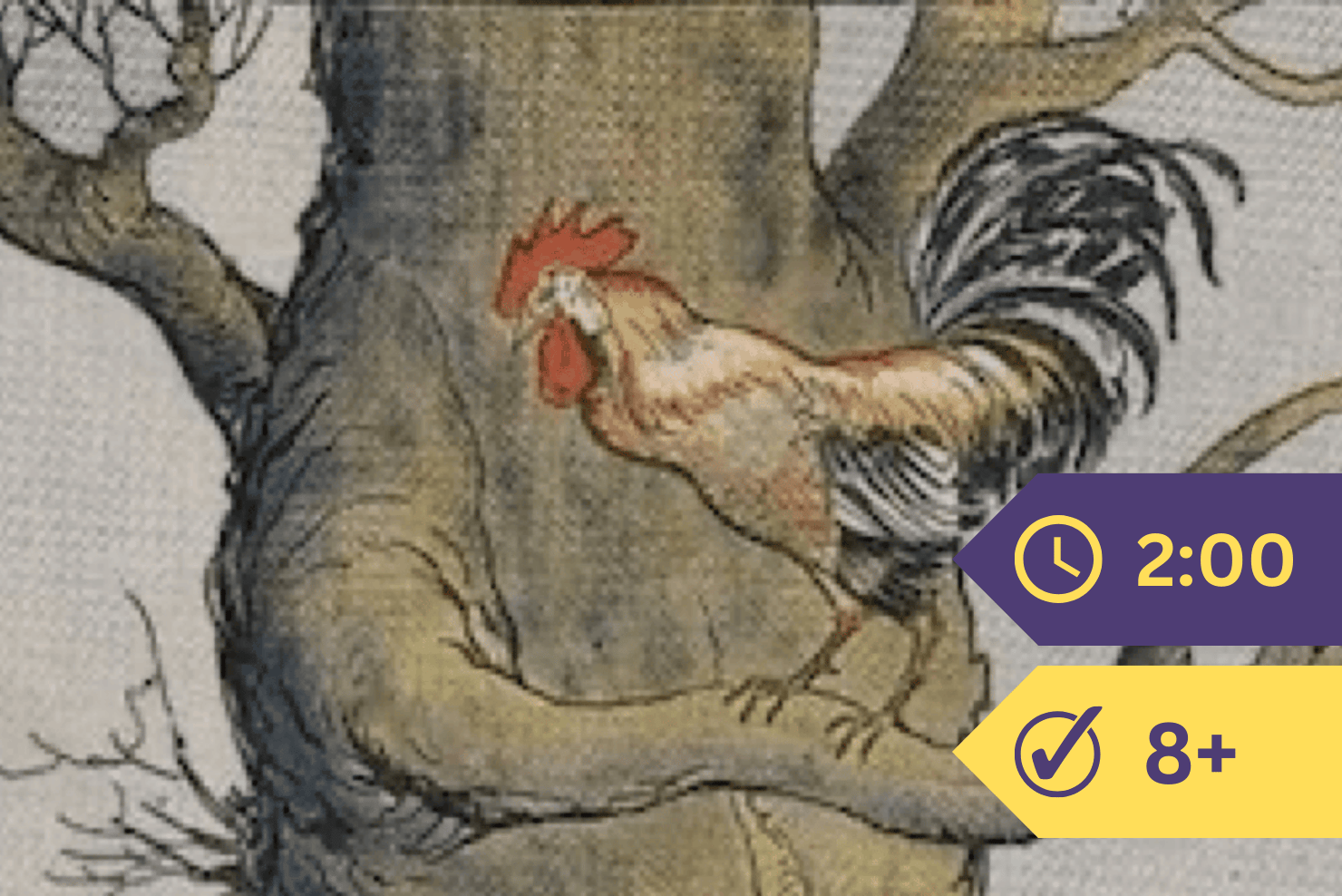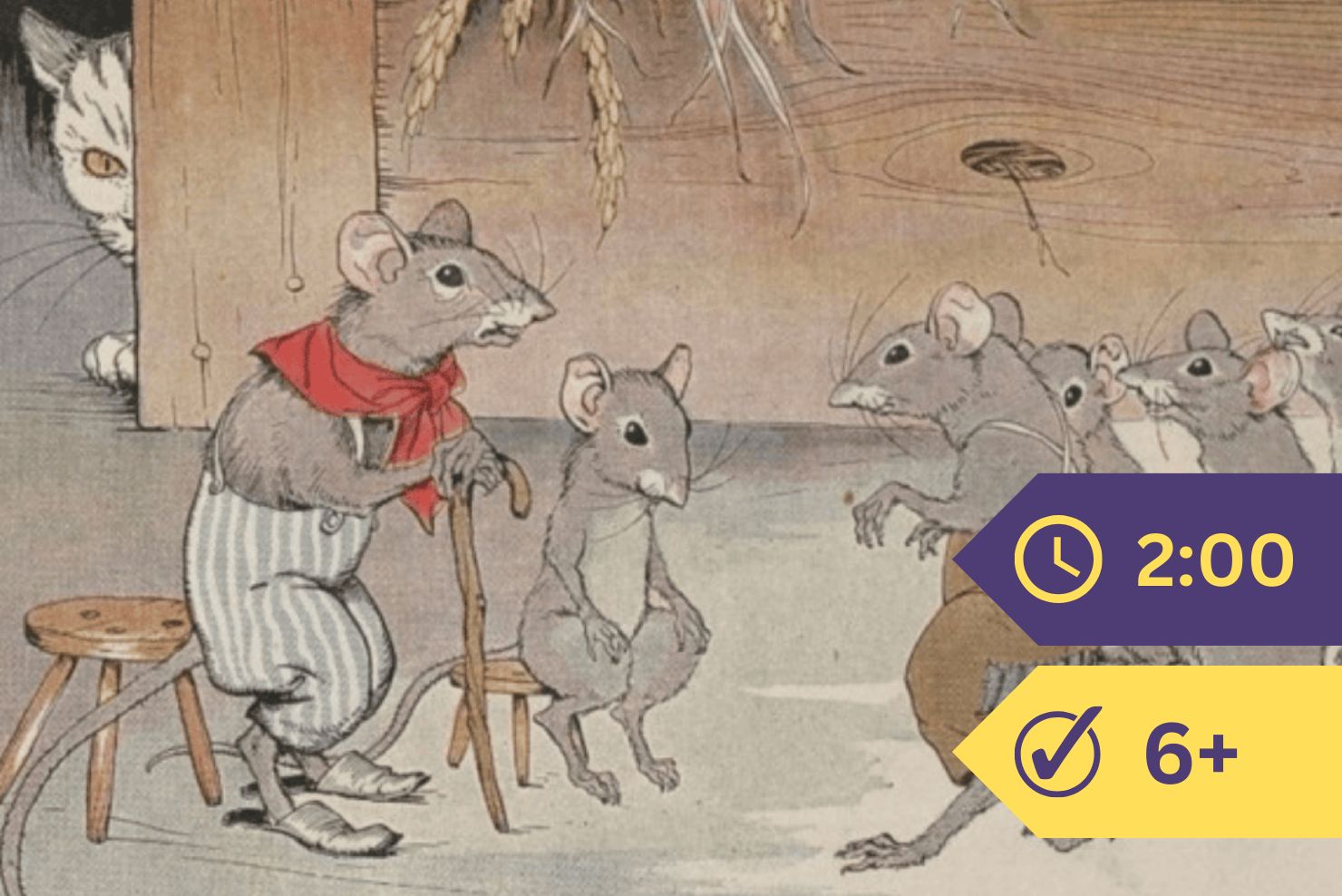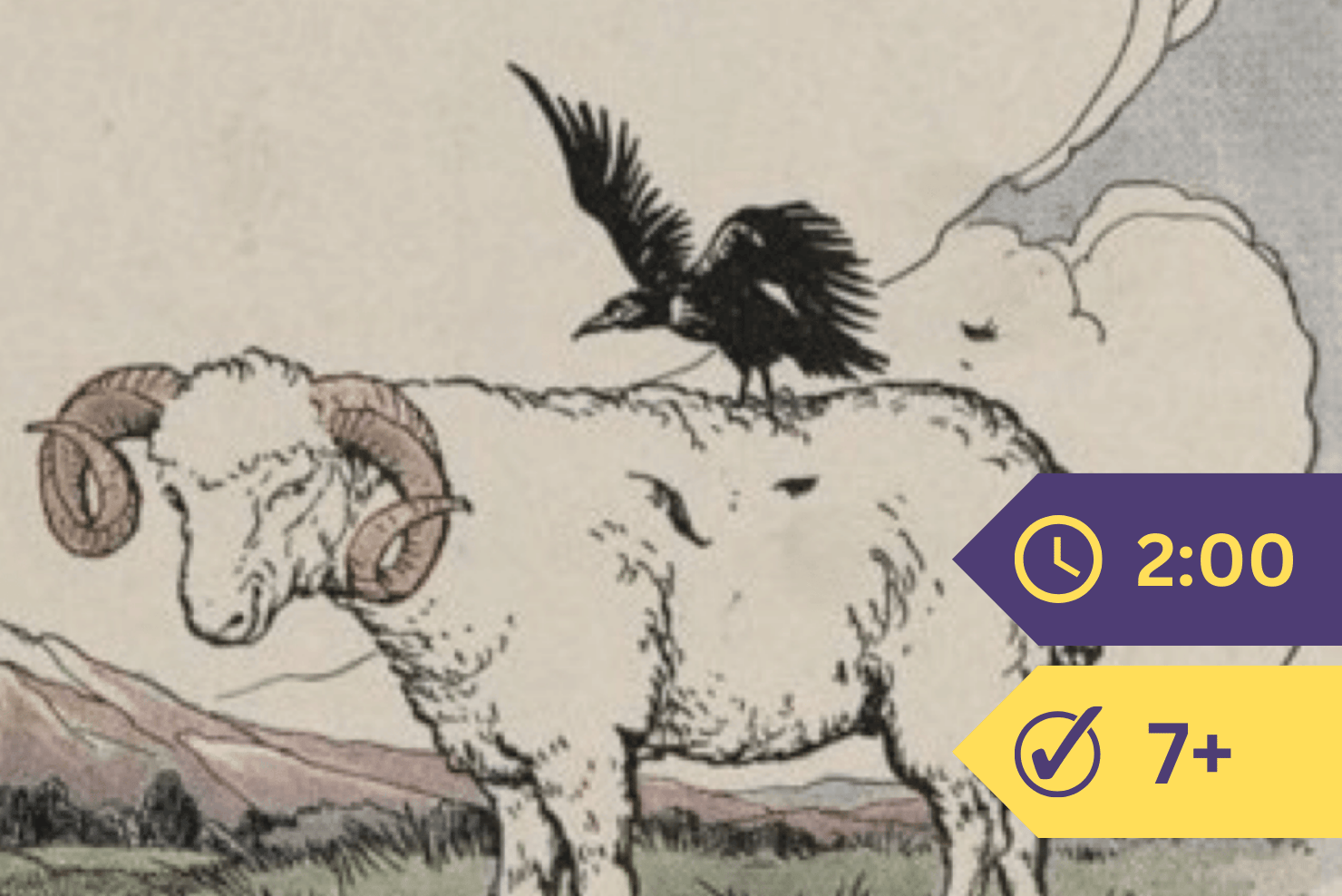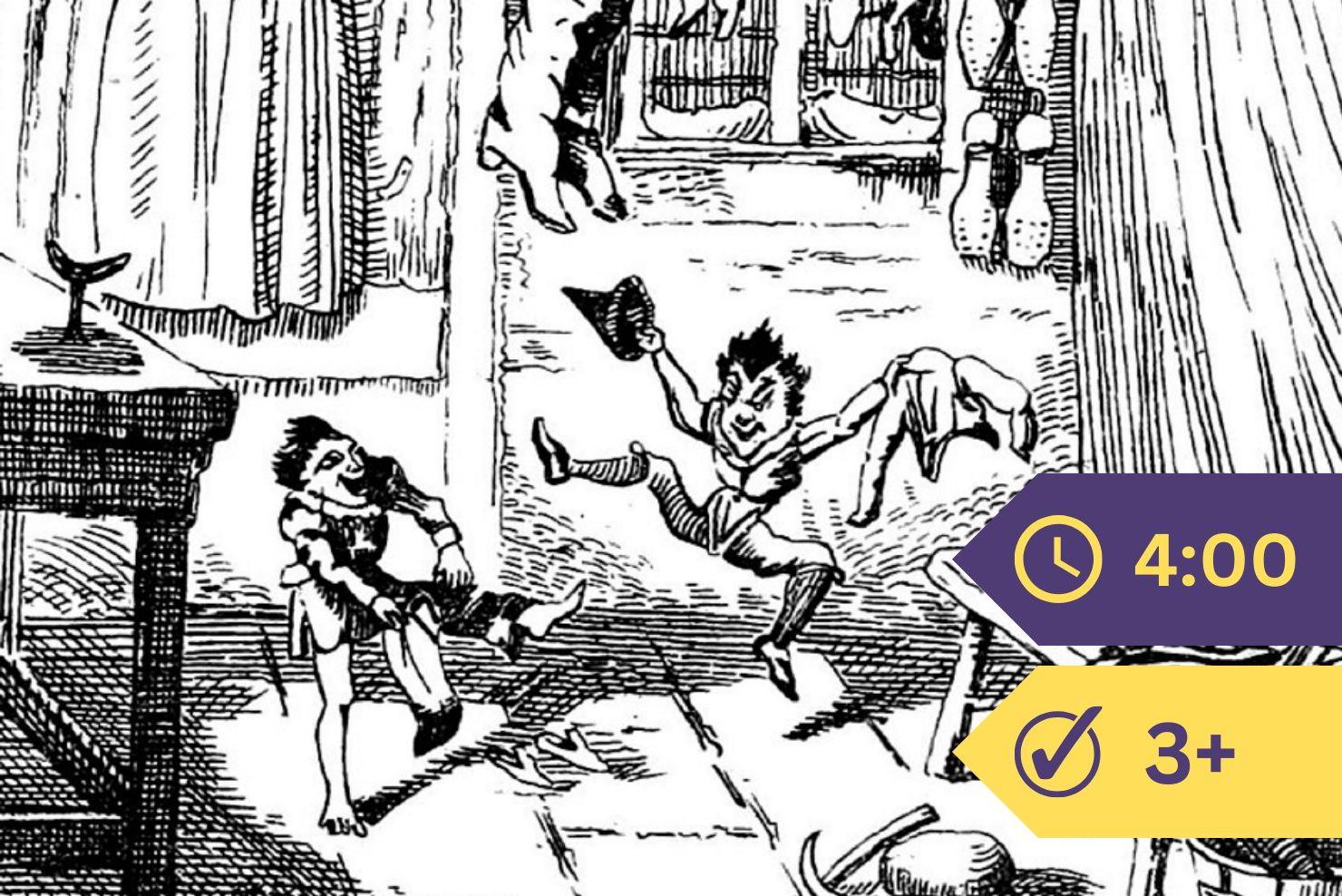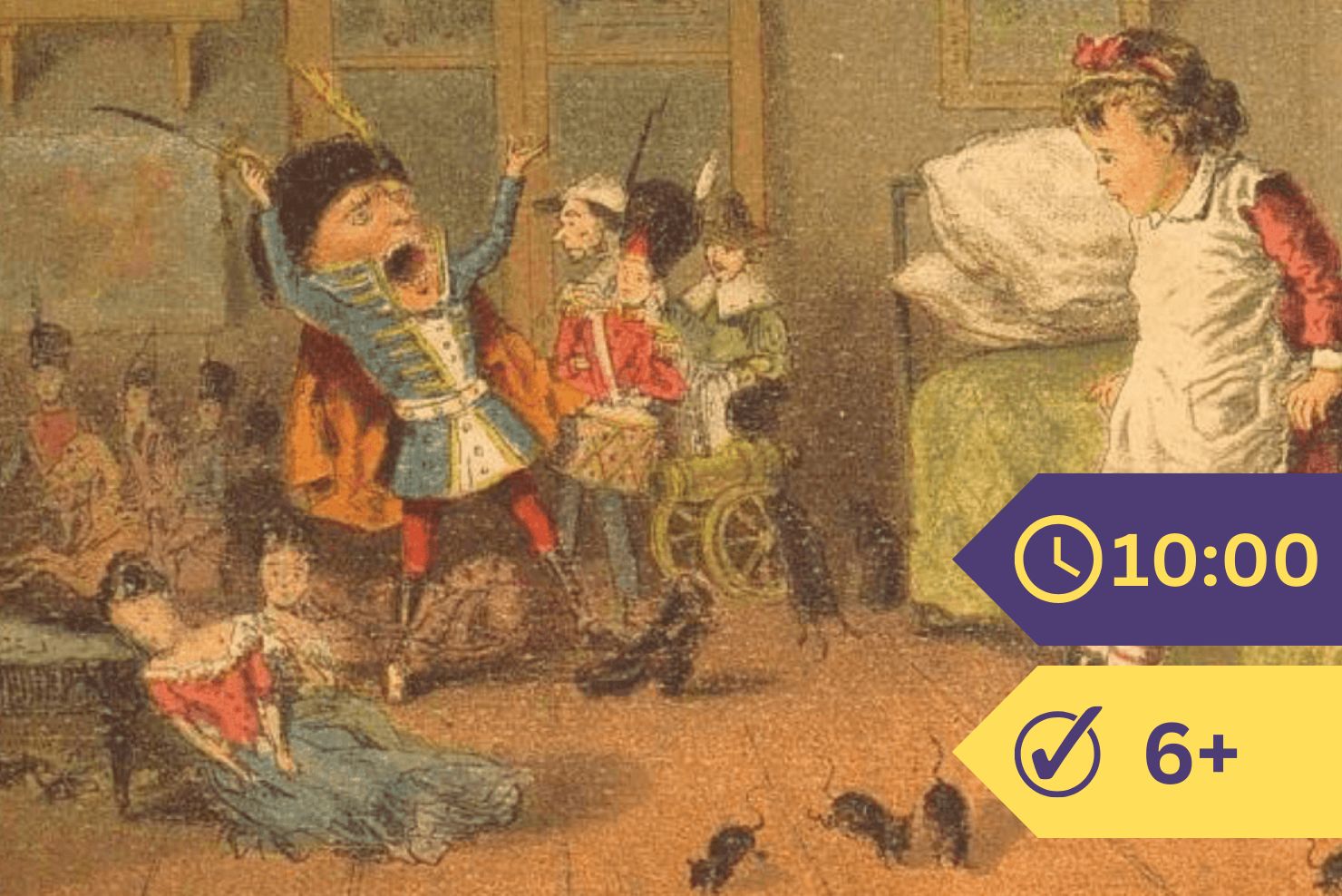Today we begin to learn what we can about the leaves of plants. I hope that enough fresh green leaves have been brought to school to allow every child here to have one on the desk before him, so that he may see, as far as is possible, just what is being talked about.
This picture shows you the leaf of the quince. Now, suppose you held in your hand a leaf fresh from the quince tree, and were asked to describe it to a blind person, how would you tell about it?

You would begin, I fancy, by saying, “This leaf is green,” for the color of an object is one of the things we notice first.
Next perhaps you would describe its shape. “This quince leaf is rounded, yet it is too long to be called a round leaf.” So you would use the word “oblong.”
Like most leaves, then, it is green; and like some other leaves, it is oblong.
Now look at this picture of the maple leaf. This, you see, is not oblong, but three-pointed.
What other differences do you notice between these two leaves?
You do not seem quite sure as to whether there are any other differences. But do you not notice that the edge of the maple leaf is cut into little teeth, like the edge of a saw, while the edge of the quince leaf is smooth?
And let me tell you here, that when I speak of a leaf, I speak not only of the enlarged flat surface we call the “leaf blade,” but also of the “leafstalk.” A leaf usually consists of a leafstalk and a leaf blade, though some leaves are set so close to the stem that they have no room for any stalks of their own.

“Oh! then,” you answer, “the leafstalk of the maple is much longer than that of the quince, and there are little bits of leaves at the foot of the quince leafstalk which the maple is without.”
You have done very well, and have noticed just those things which you should.
The shape of the leaf blade, whether the edge of this is toothed, the length of the leafstalk, and whether this has any little leaves at its foot where it joins the stem, are things always worth noticing.
Now take your leaves and hold them up against the light, or else look at the picture of the quince leaf, and study carefully the make-up of the blade.
You see that this is divided lengthwise by a heavy rib which juts out on the lower side. From this “midrib,” as it is called, run a great many smaller lines. These are called “veins.” And from these branch off still smaller veins that bear the name of “veinlets.” And somewhat as the paper is stretched over the sticks of a kite, so from the leaf’s midrib to its edge, and from vein to vein, is drawn the delicate green material which makes up the greater part of the leaf.
What I wish you to learn this morning is, how to look at a leaf.
Before using our brains rightly, we must know how to use our eyes. If we see a thing as it really is, the chances are that our thoughts about it will be fairly correct.
But it is surprising how often our eyes see wrong.
If you doubt this, ask four or five of your playmates to describe the same thing,—some street accident, or a quarrel in the playground, which all have seen, or something of the sort,—and then I think you will understand what I mean by saying that few people see correctly.
